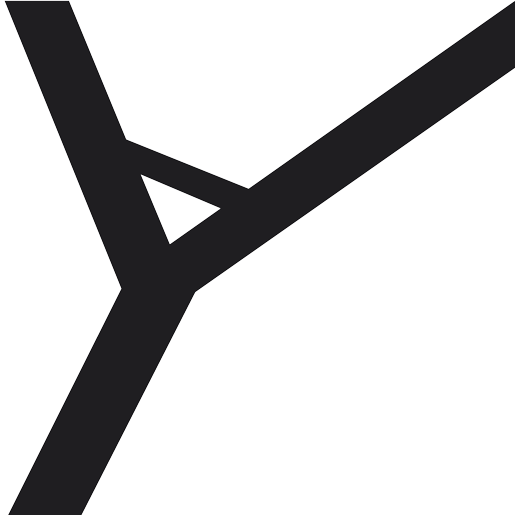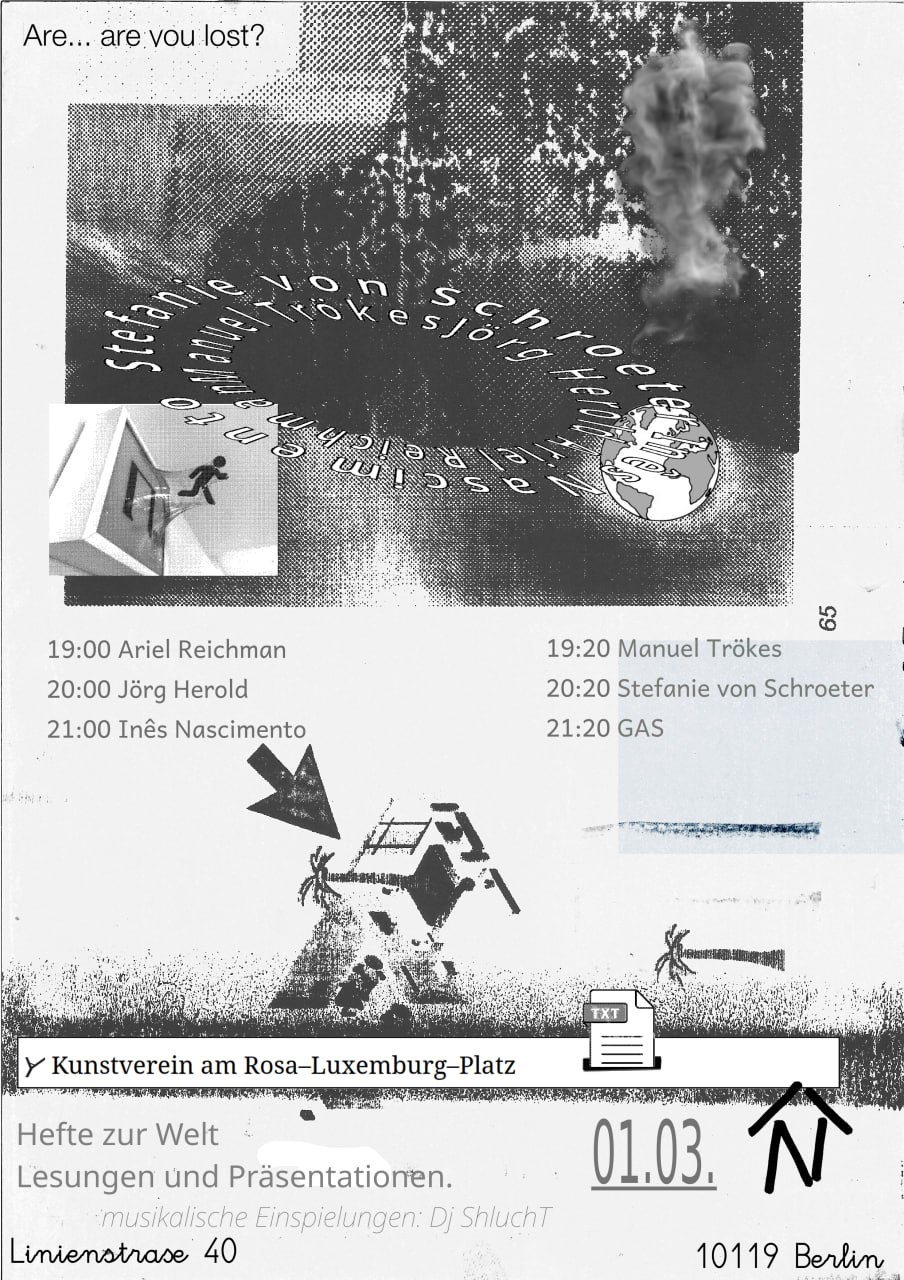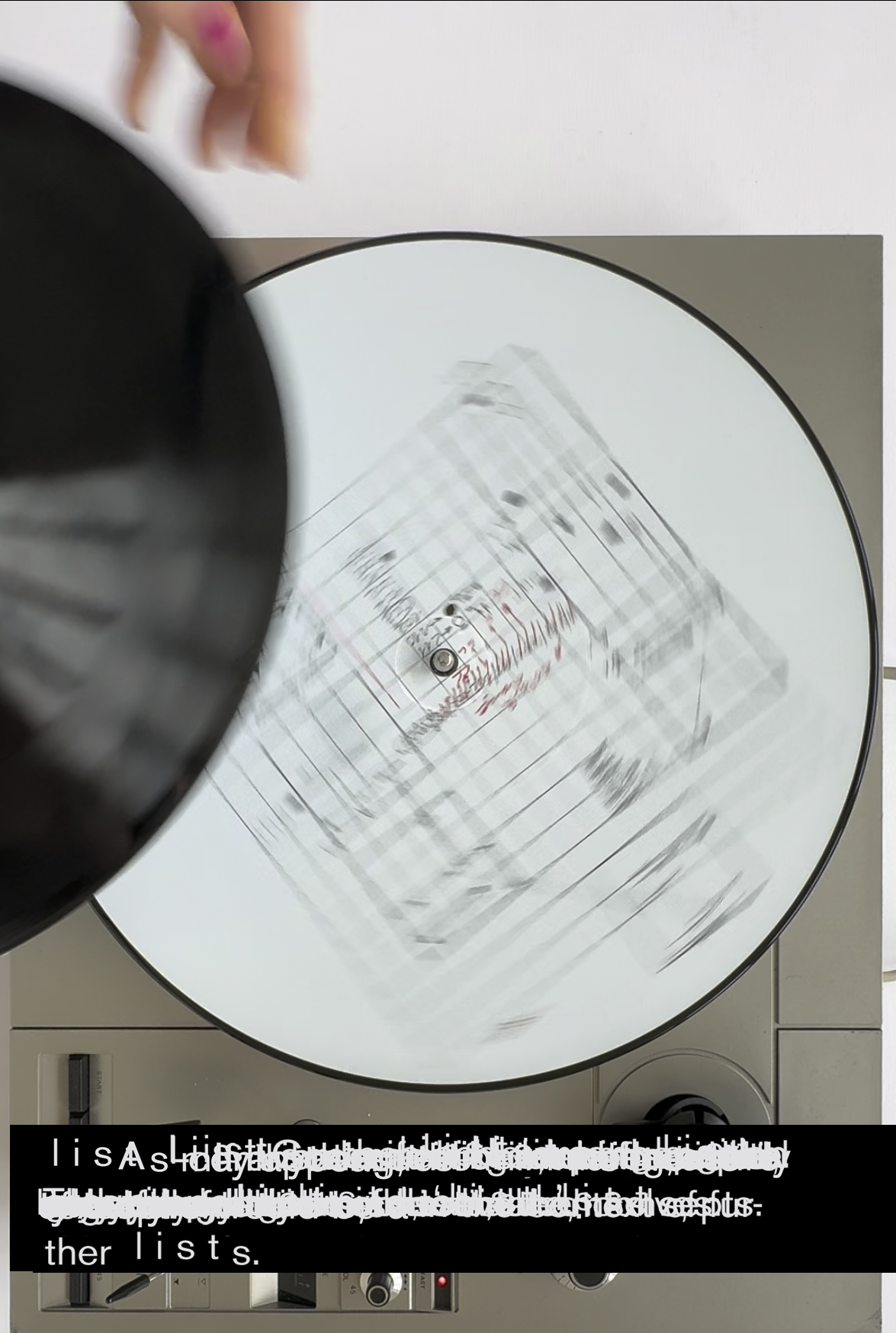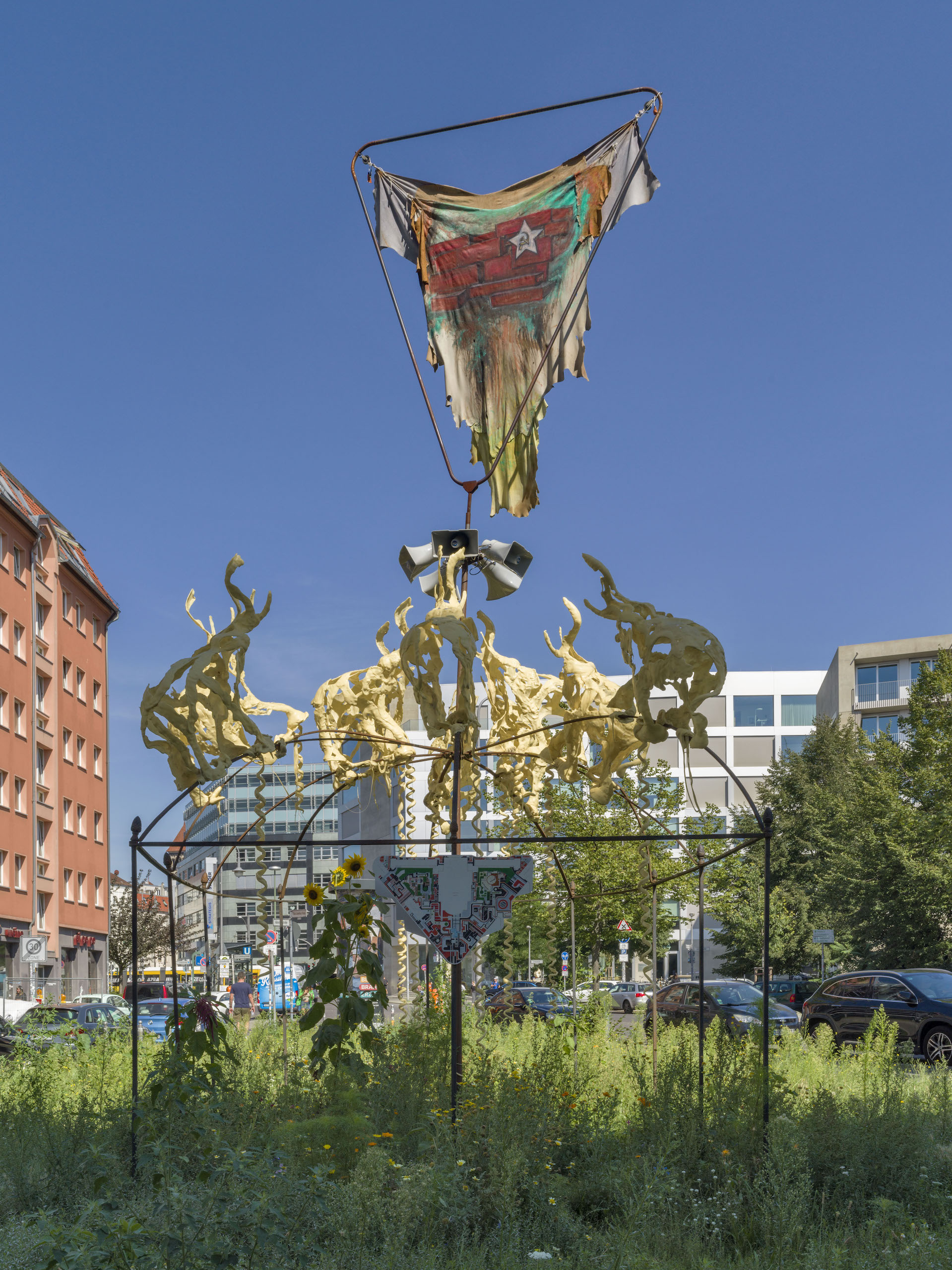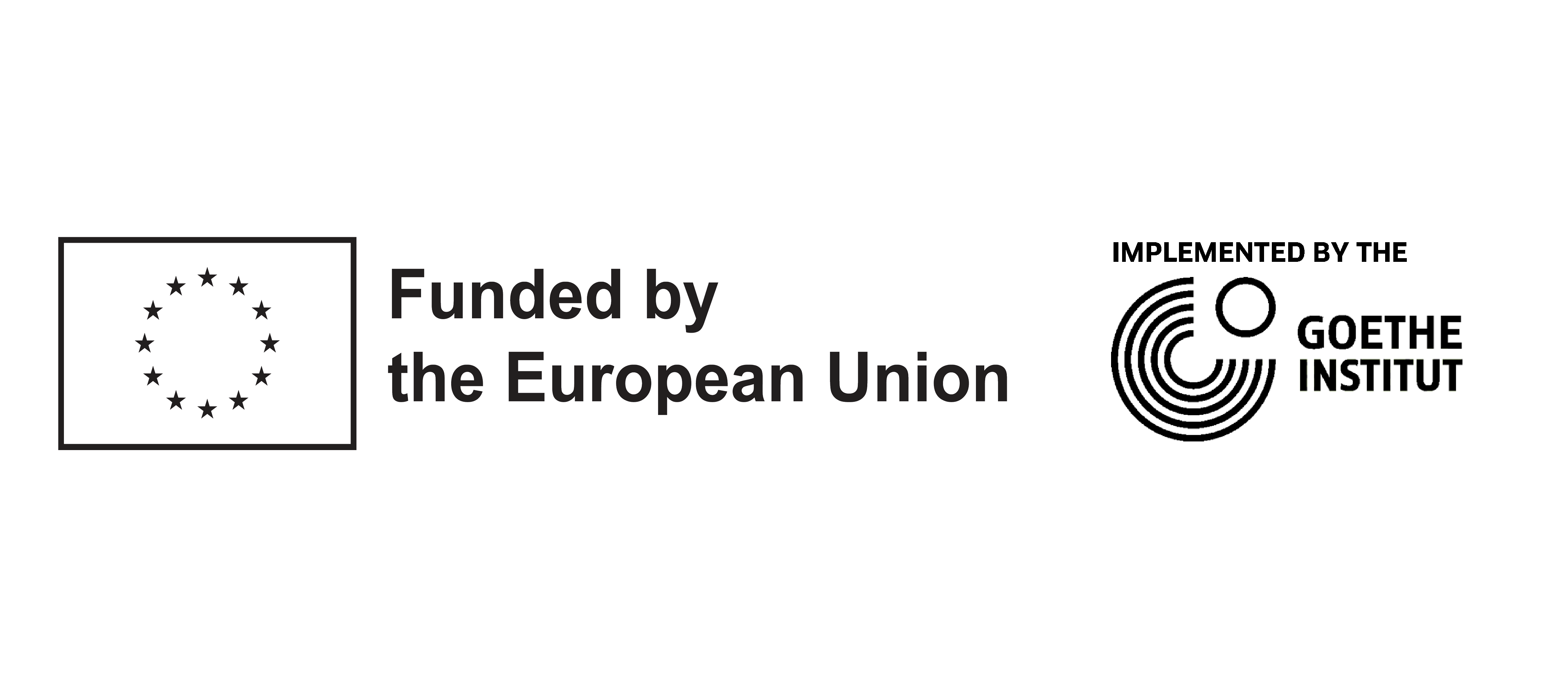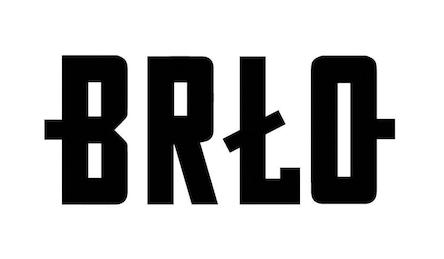Haleh Redjaian Wall Work #38
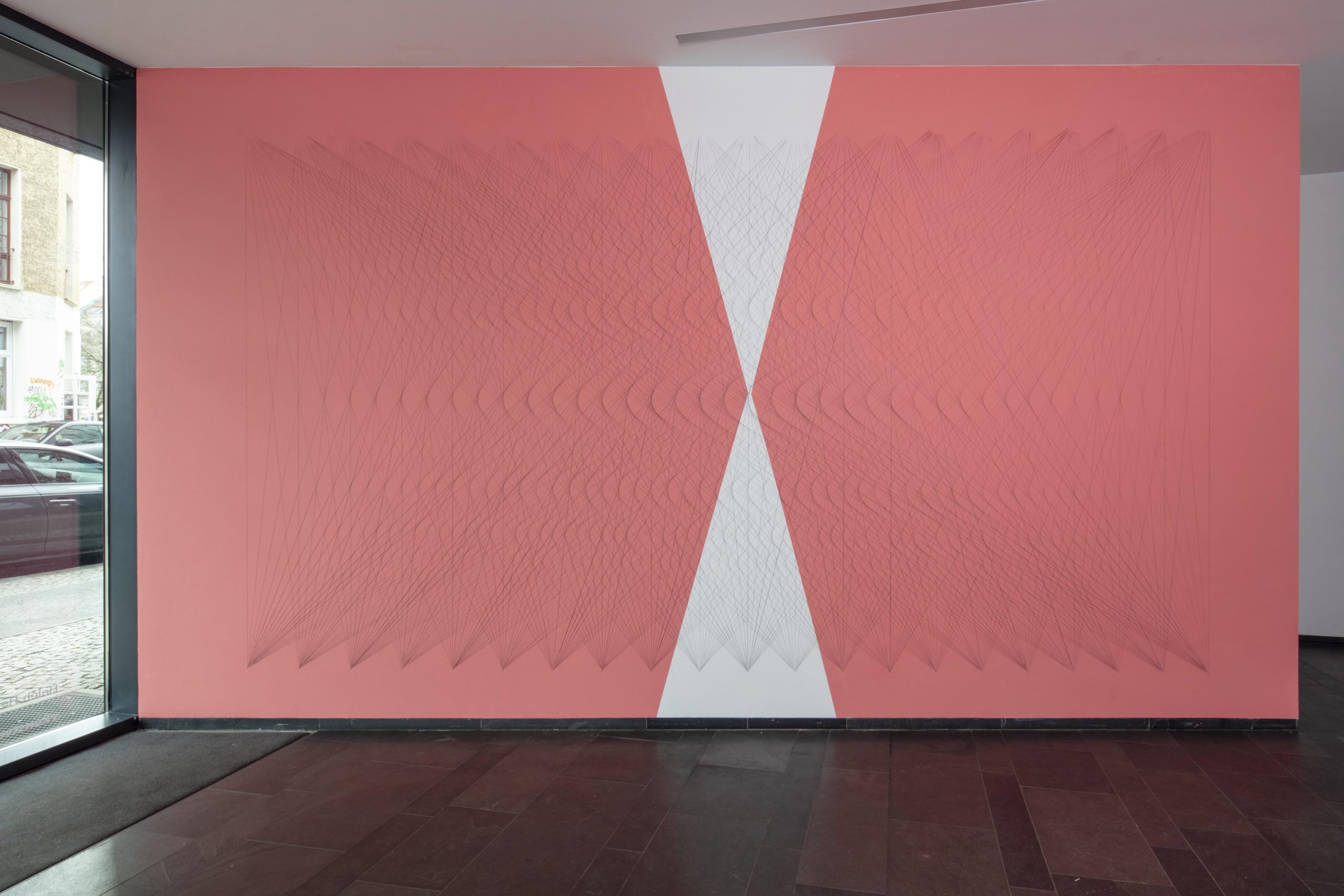





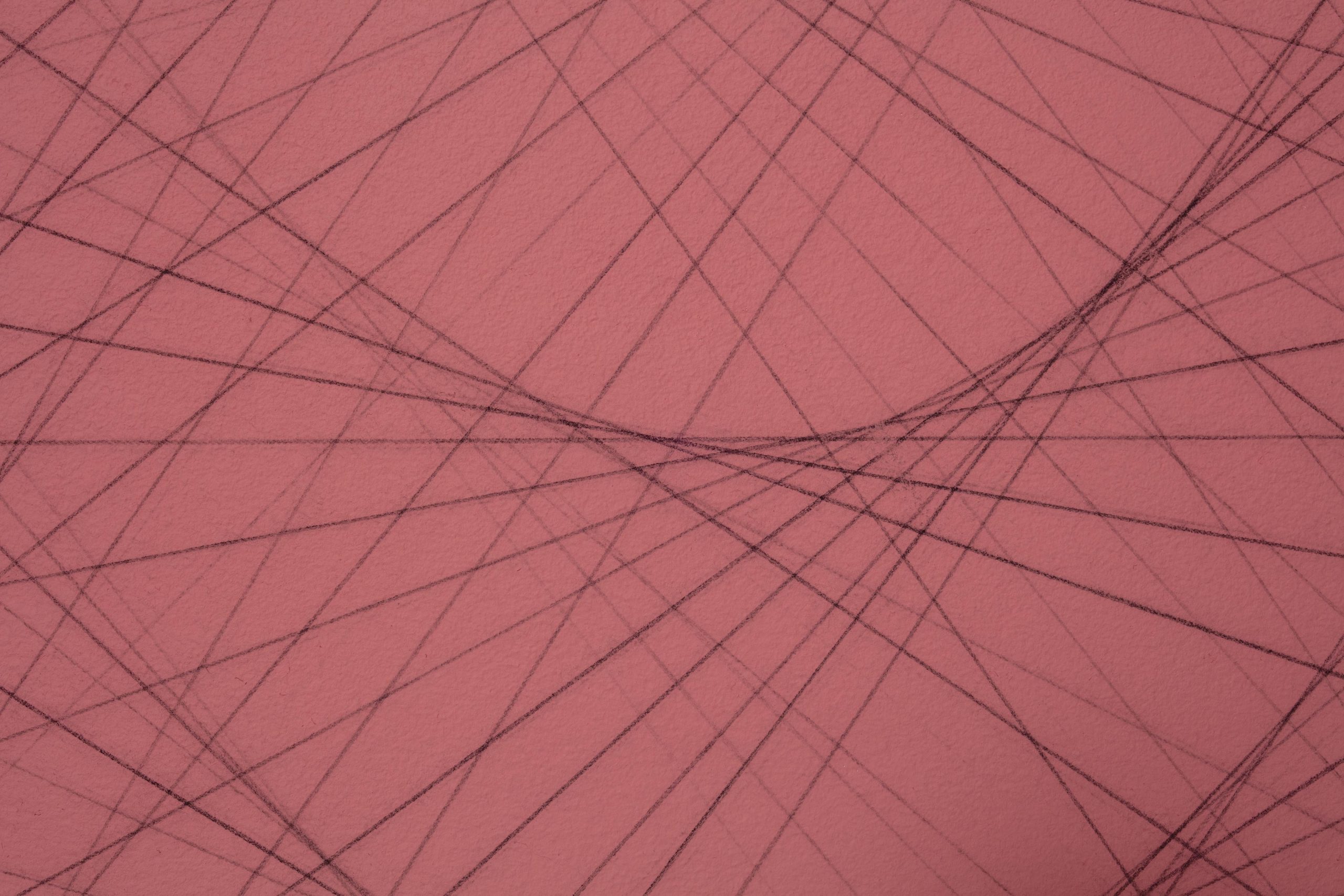
Eröffnung / Opening: 21. März 2024, 19h
Installationsdauer / Installation duration: 22.3. – 23.6.2024
Öffnungszeiten / Opening hours: Mo – Sa zu Bürozeiten / Mon – Sat during office hours und Vereinbarung / and by appointment
Haleh Redjaian ist eine Künstlerin von bemerkenswerter Vielseitigkeit. Basierend auf der Zeichnung arbeitet sie in zahlreichen Medien von Textilien bis hin zu Wand- und Rauminstallationen. Dabei offenbaren ihre abstrakten Werke und komplexen Ordnungssysteme eine tiefe Verwurzelung in rationalen Linien und Formen, die durch fortwährende Experimente stets neue Strukturen und Geometrien hervorbringen.
Eine besondere Rolle spielen Redjaians ortsspezifische Installationen, in denen der Raum selbst zur Hauptfigur wird, der durch die Installationen eine neue Identität erhält. Die flexible Anpassung an die gegebene Fläche ist dabei für Redjaian unerlässlich.
Auch Wall Work # 38 – neu konzipiert für das Foyer des Kunstvereins – zeugt mit seinem scheinbar endlosen Reihen hauchfeiner, von Hand gefertigter Elemente vom scharfen Fokus der Künstlerin auf Detailarbeit. Durch das Einbringen von zufälligen Unregelmäßigkeiten in ihre Muster und Ordnungssysteme entsteht dabei ein subtiles Bild latenten Zerfalls, das mit den Konzepten von Ordnung und Chaos, Wiederholung und Fragmentierung spielt und den Betrachter zwingt, die eigene Wahrnehmung ständig zu hinterfragen.
EN
Haleh Redjaian is an artist of remarkable versatility. Based on drawing, she works in numerous media from textiles to wall and room installations. Her abstract works and complex systems of order reveal a deep attachment to rational lines and forms that constantly generate new structures and geometries through continuous experimentation.
Redjaian’s site-specific installations play a specific role, in which the space itself becomes the main character and is given a new identity through the installations. Thereby flexible adaptation to the given space is essential for Redjaian.
Wall Work #38 – newly conceived for the Kunstverein’s foyer – with its seemingly endless rows of wafer-thin, hand-made elements, also testifies to the artist’s sharp focus on detail work. By introducing random irregularities into her patterns and systems of order, she creates a subtle image of latent decay that plays with the concepts of order and chaos, repetition and fragmentation, forcing the viewer to constantly question their own perception.
A Piece of Something Else, Alexander Wagner


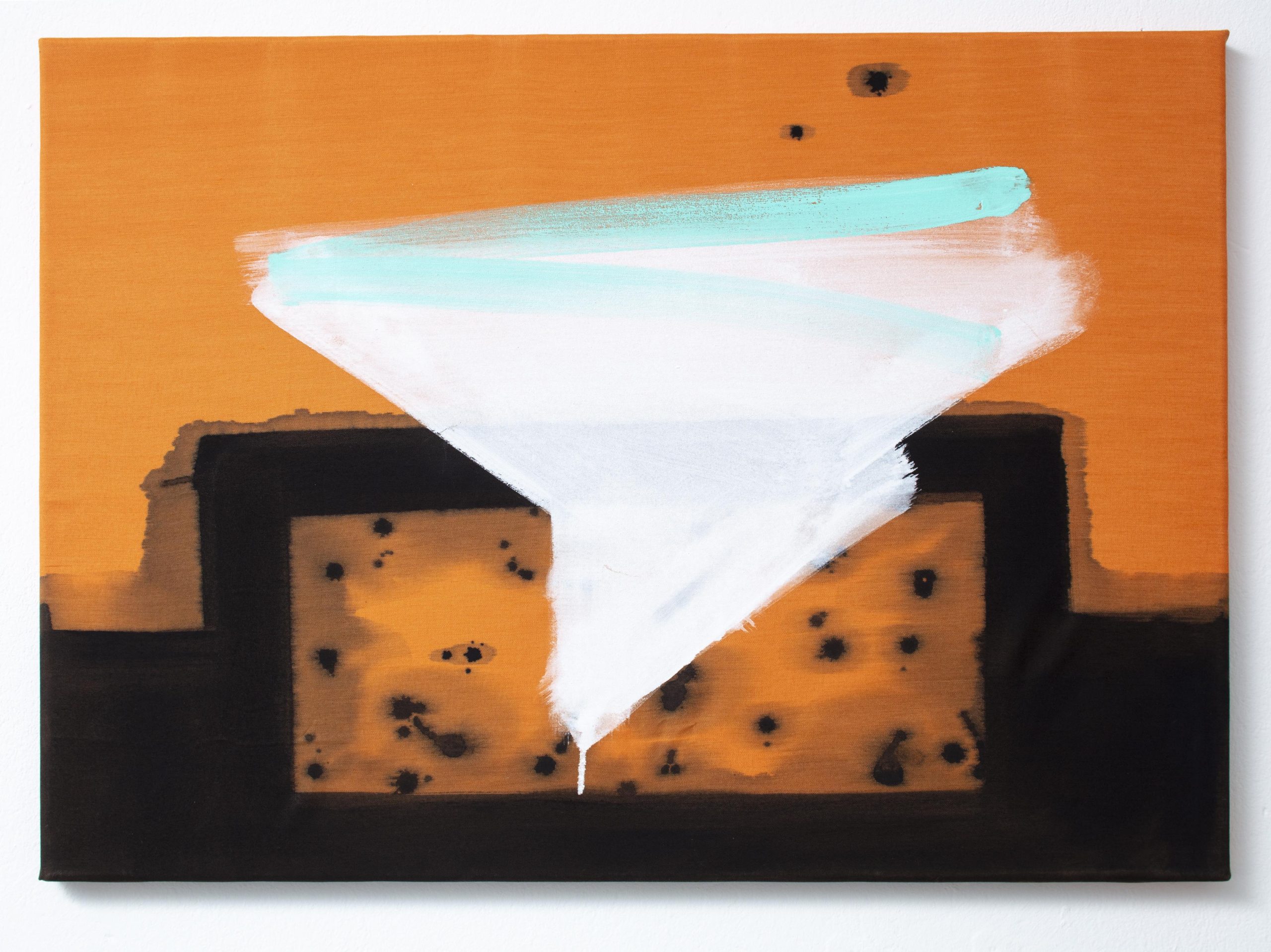

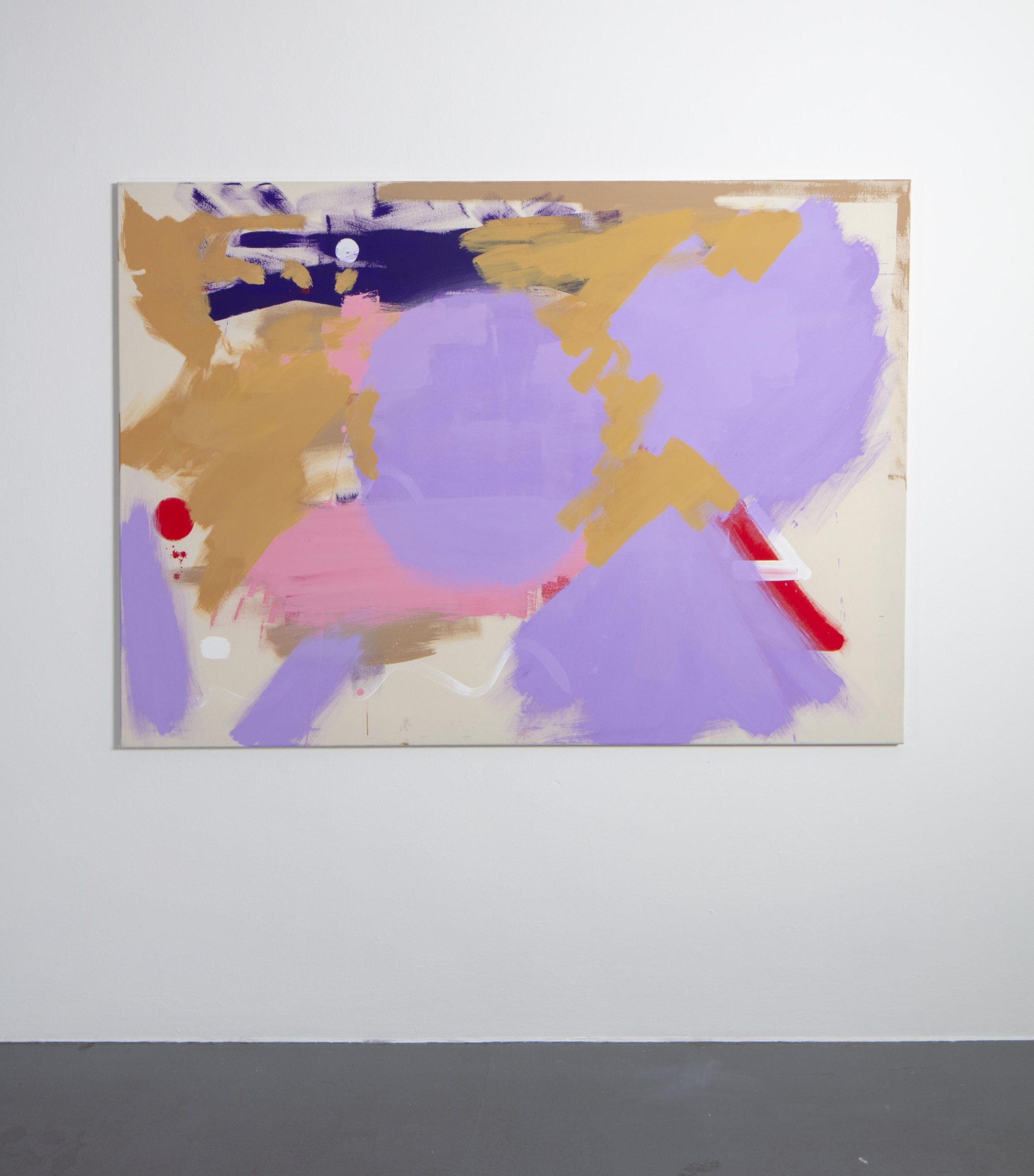
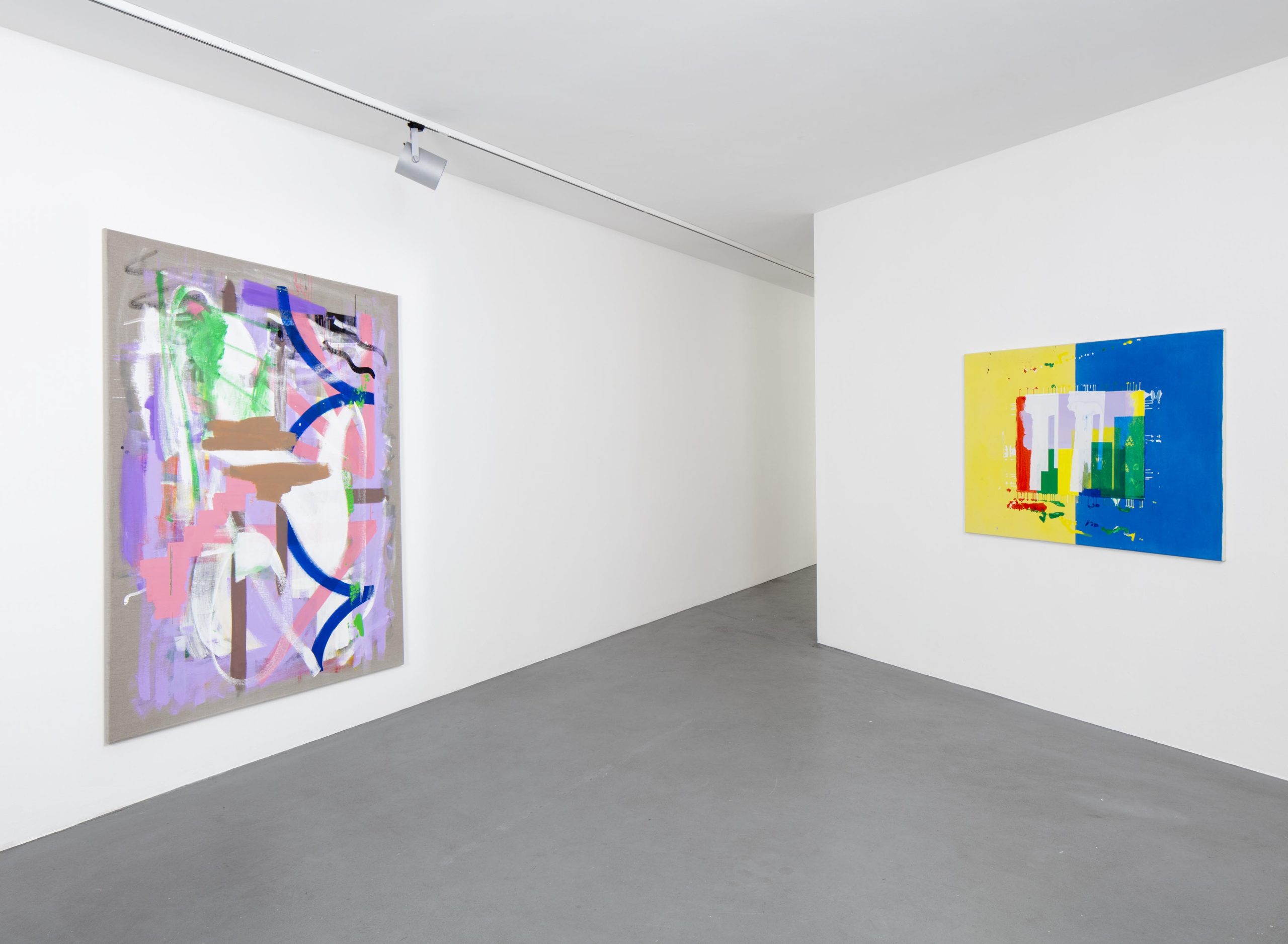
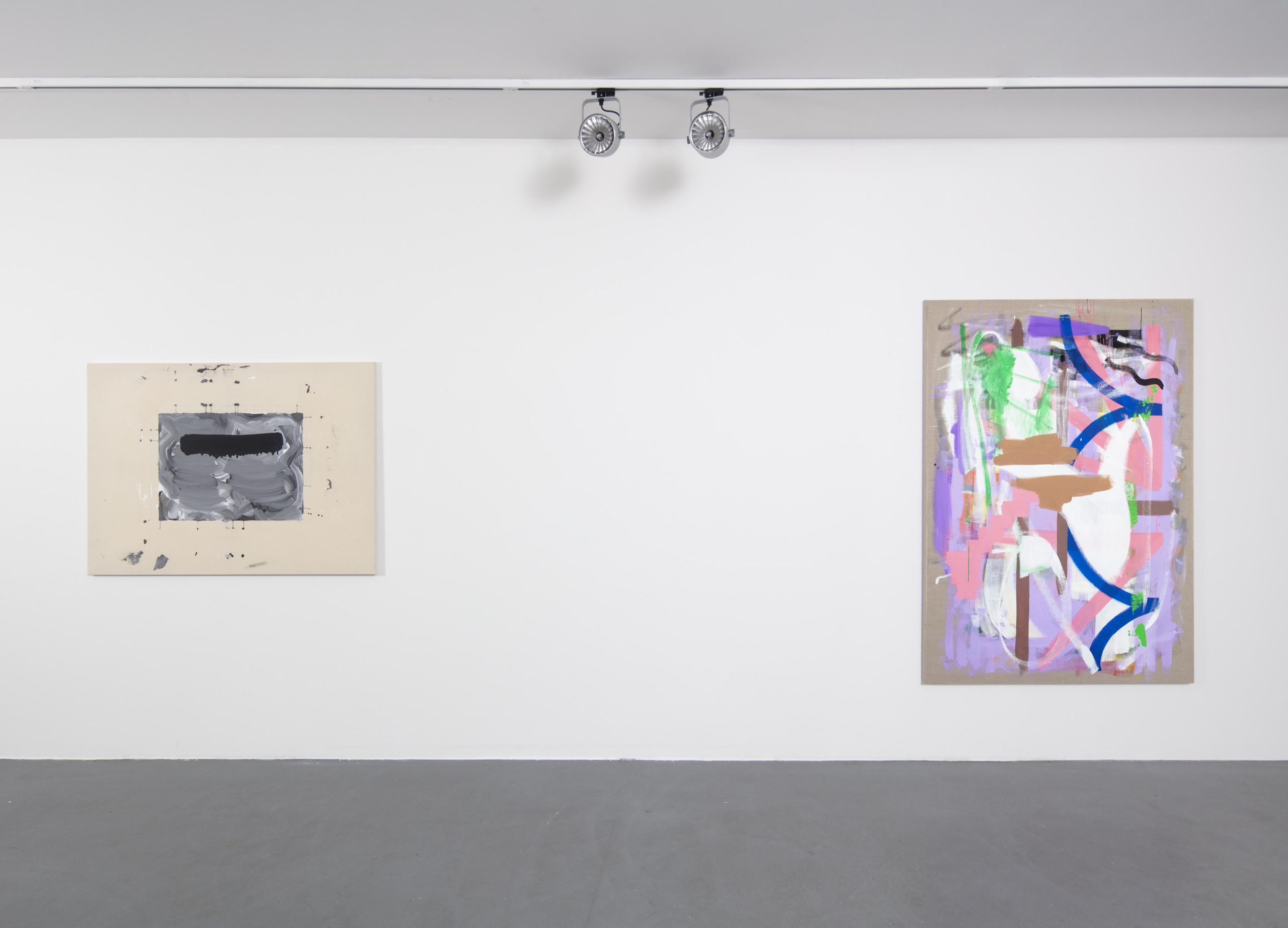
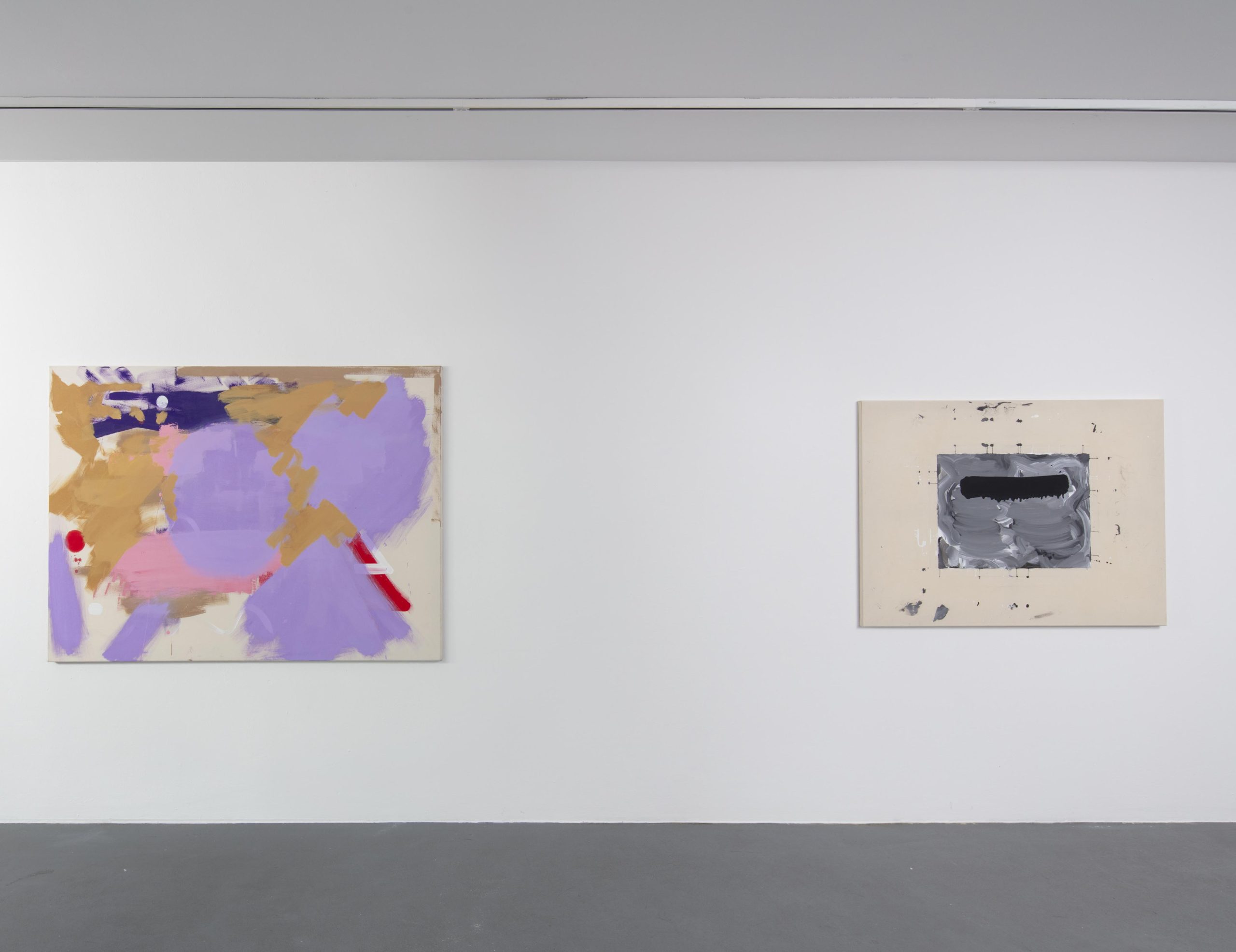
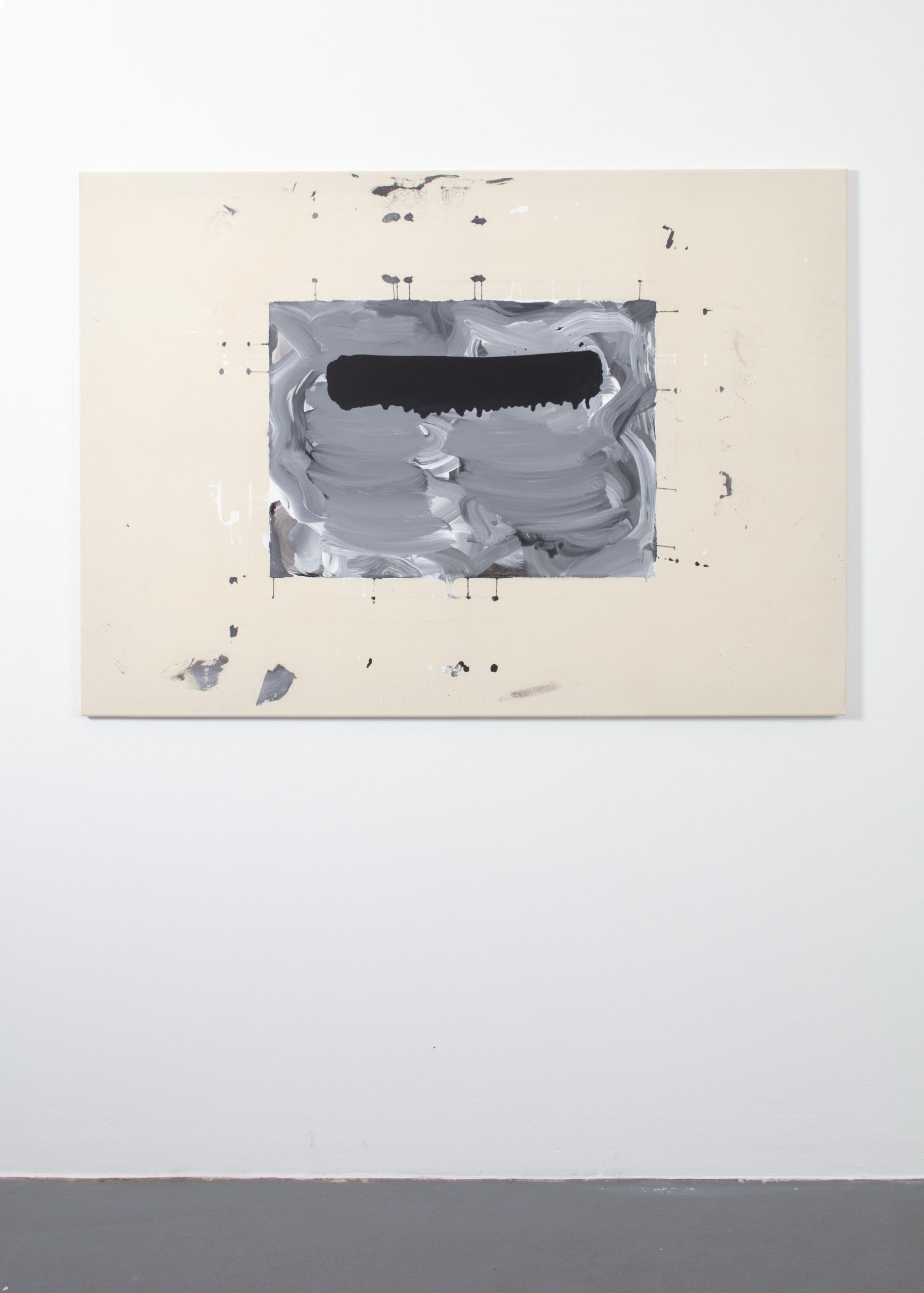
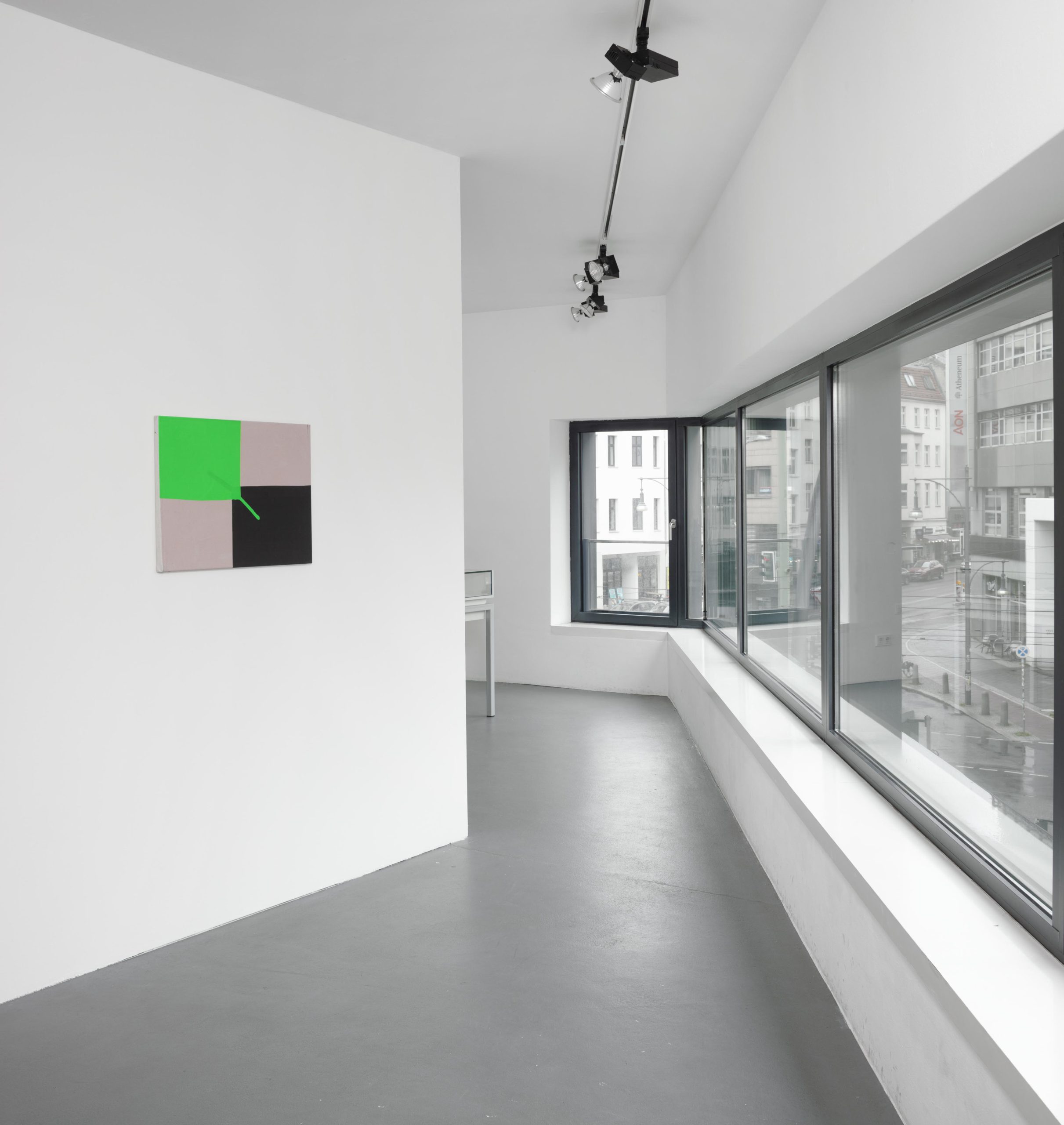

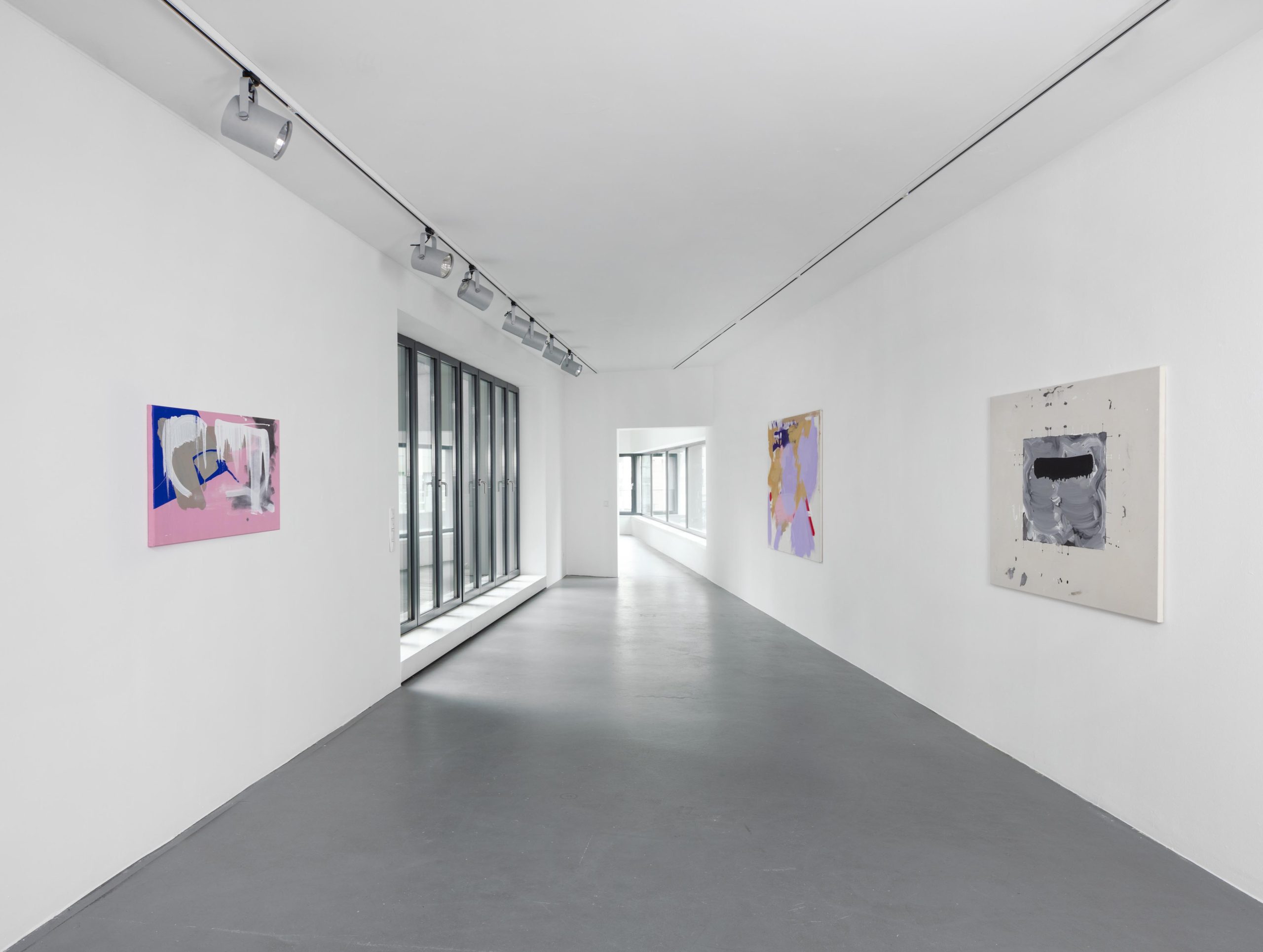
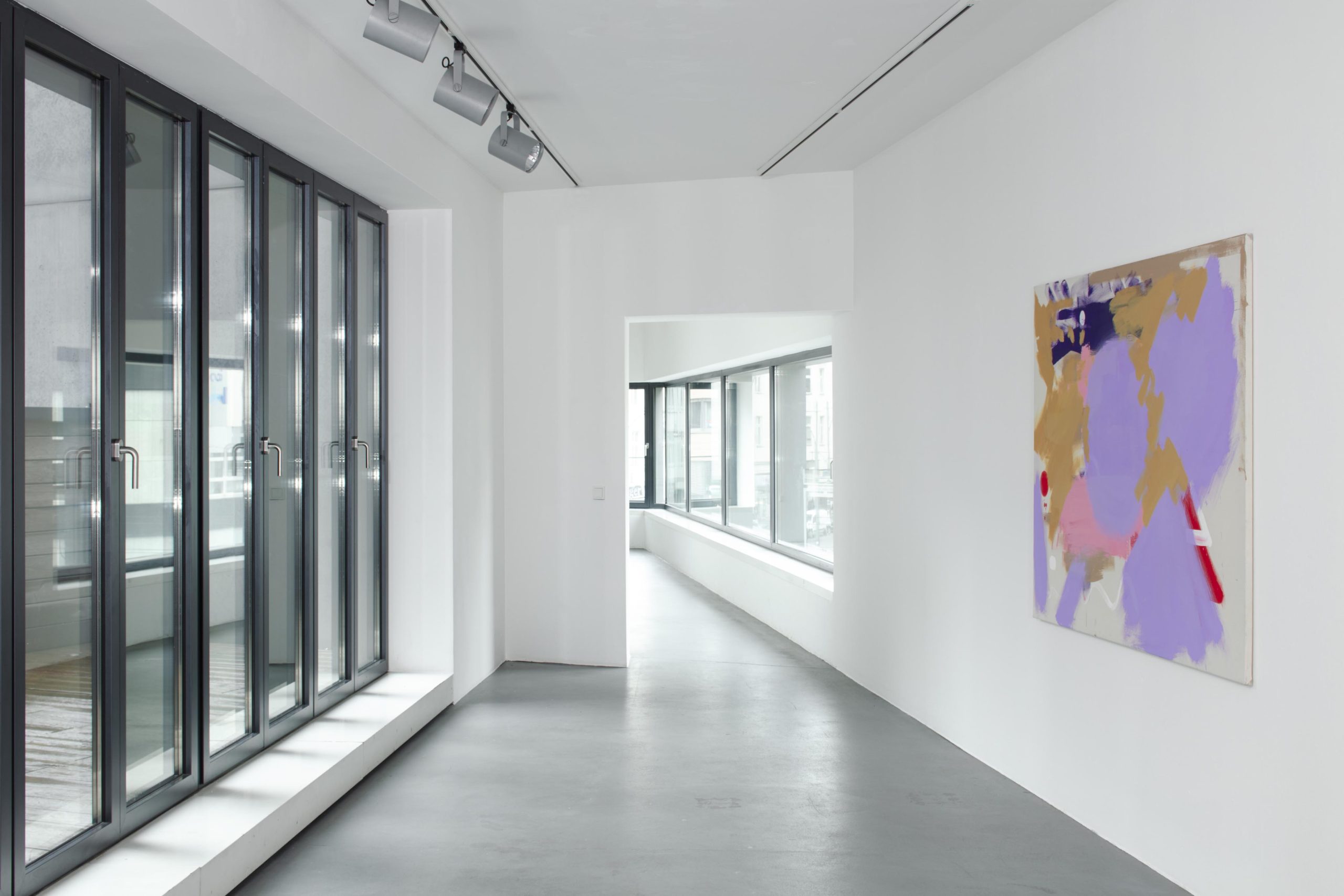

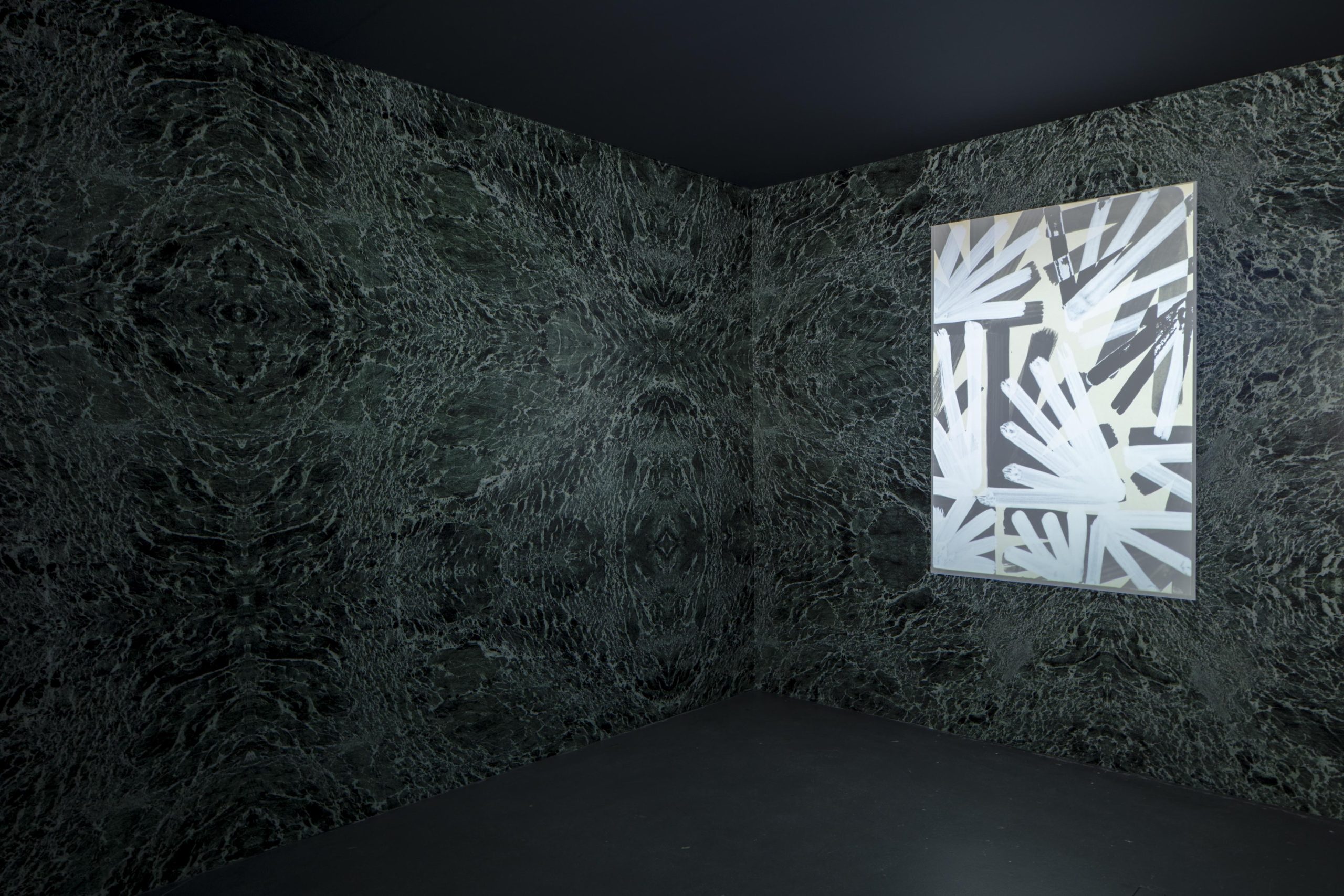

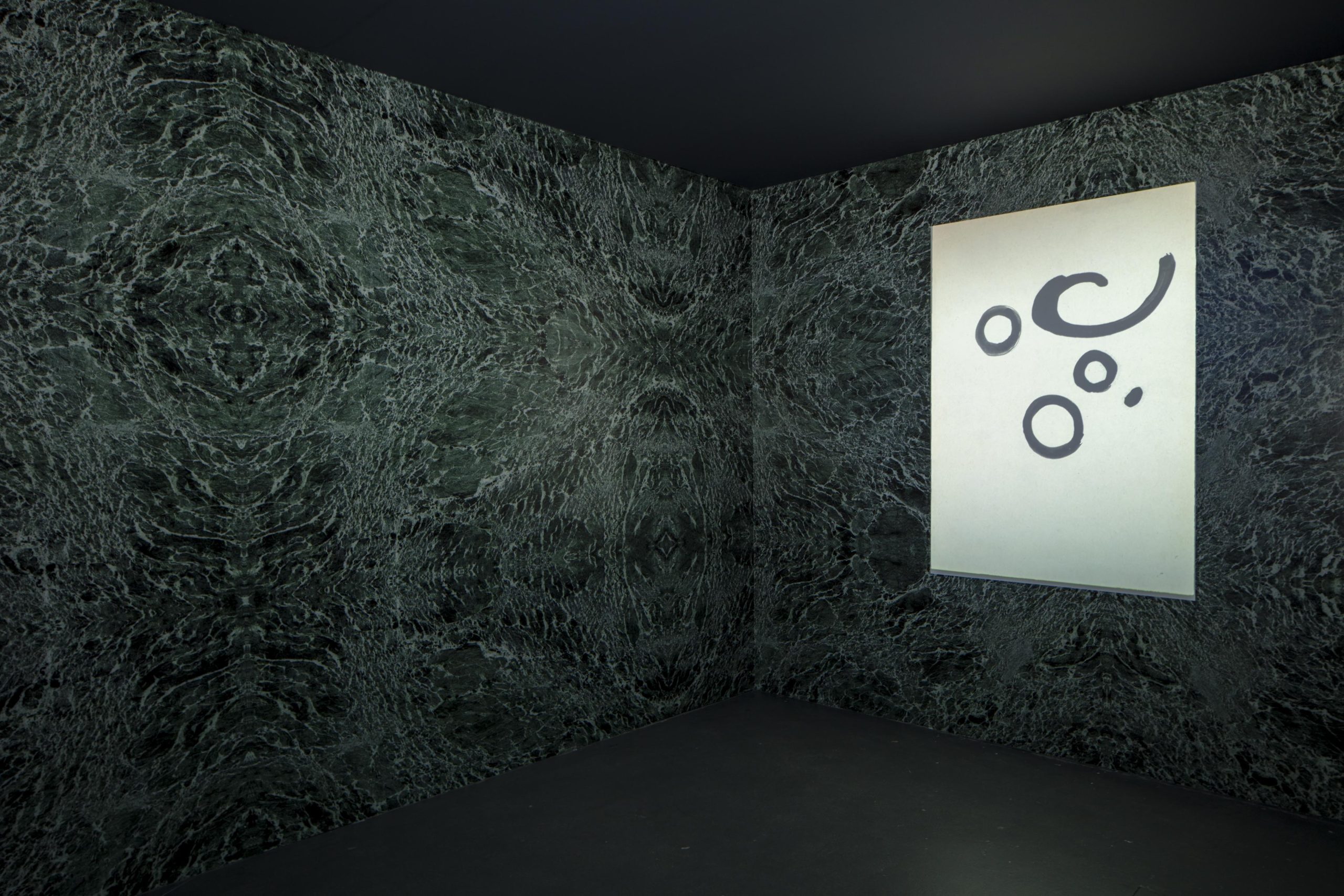
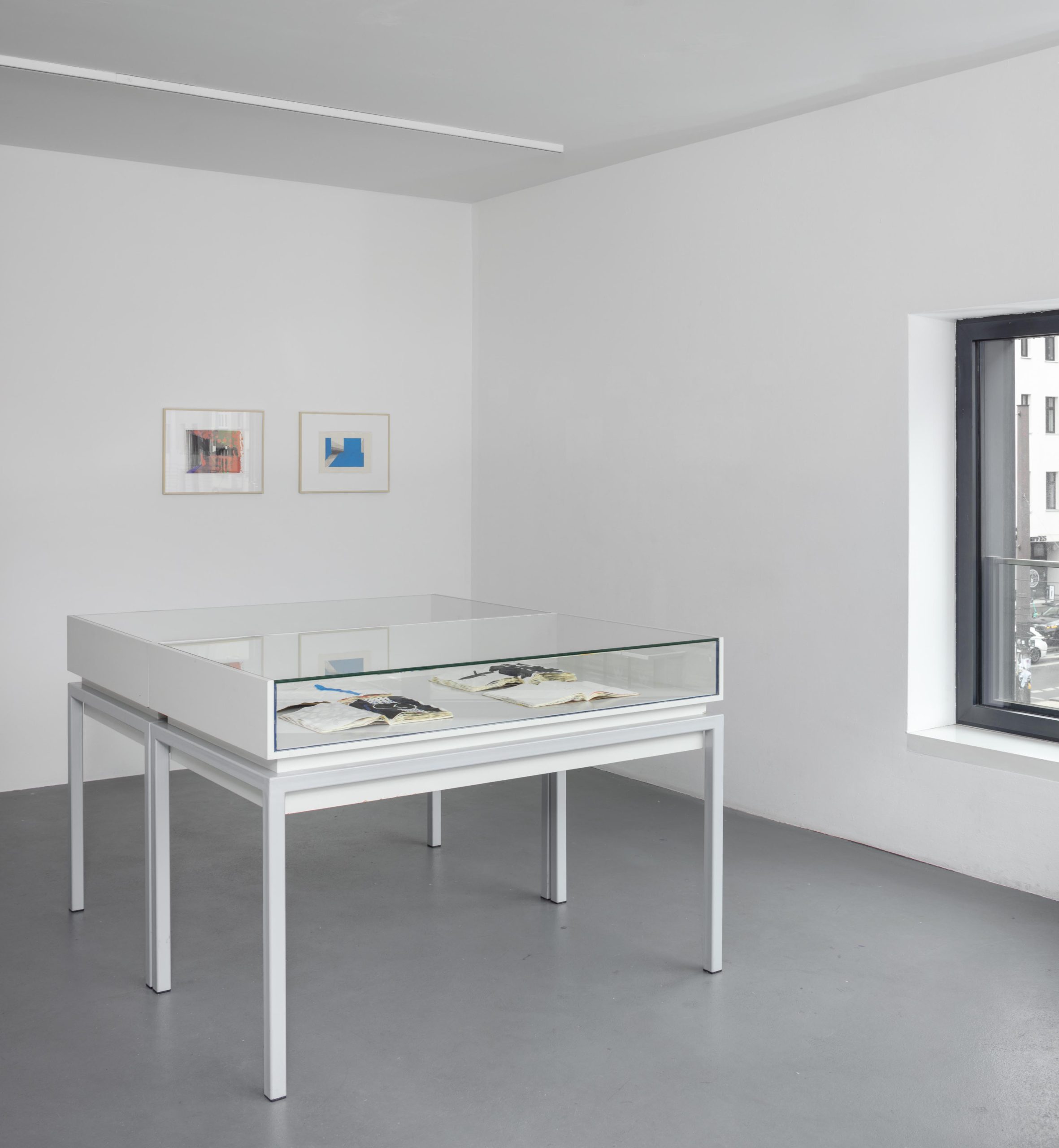

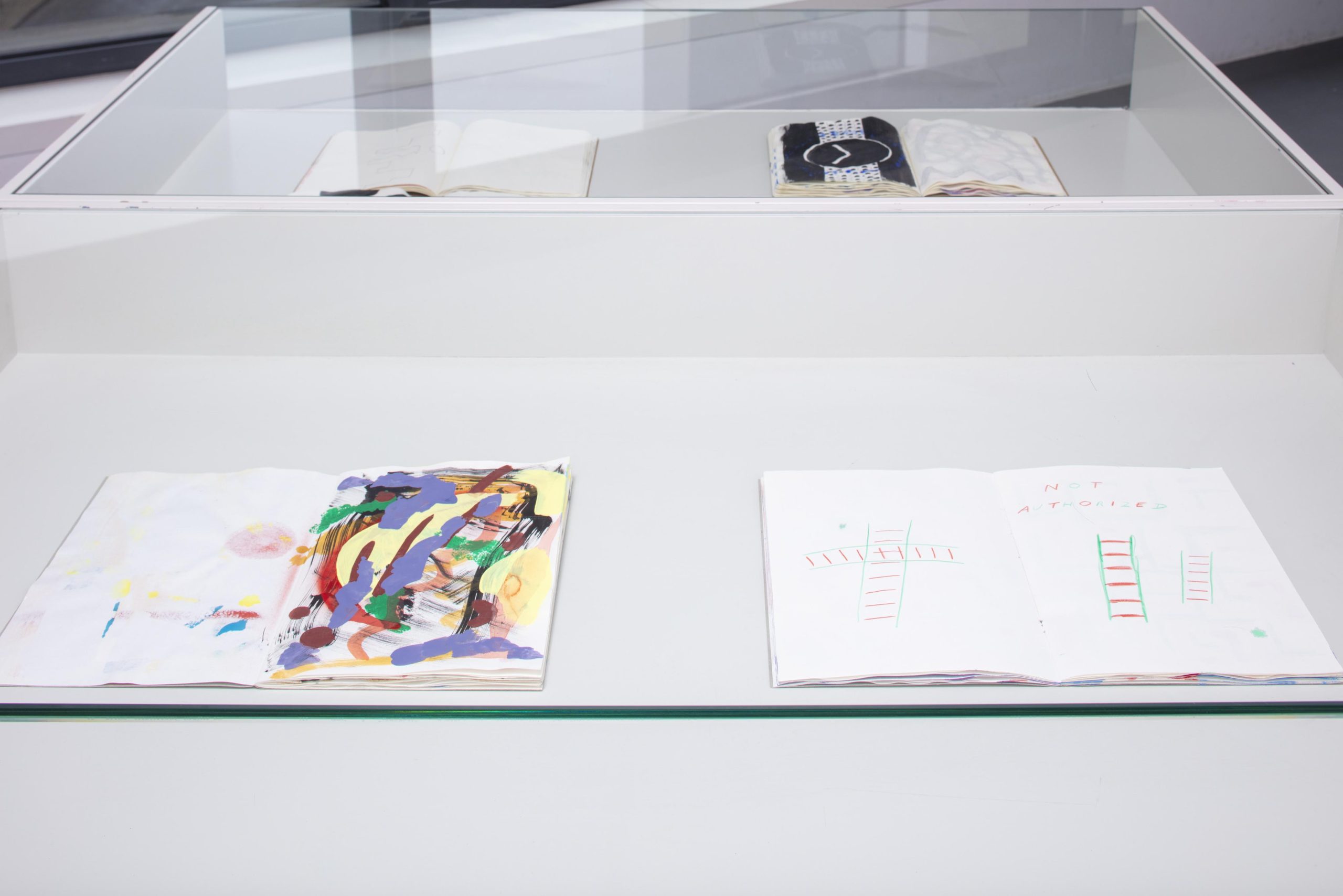
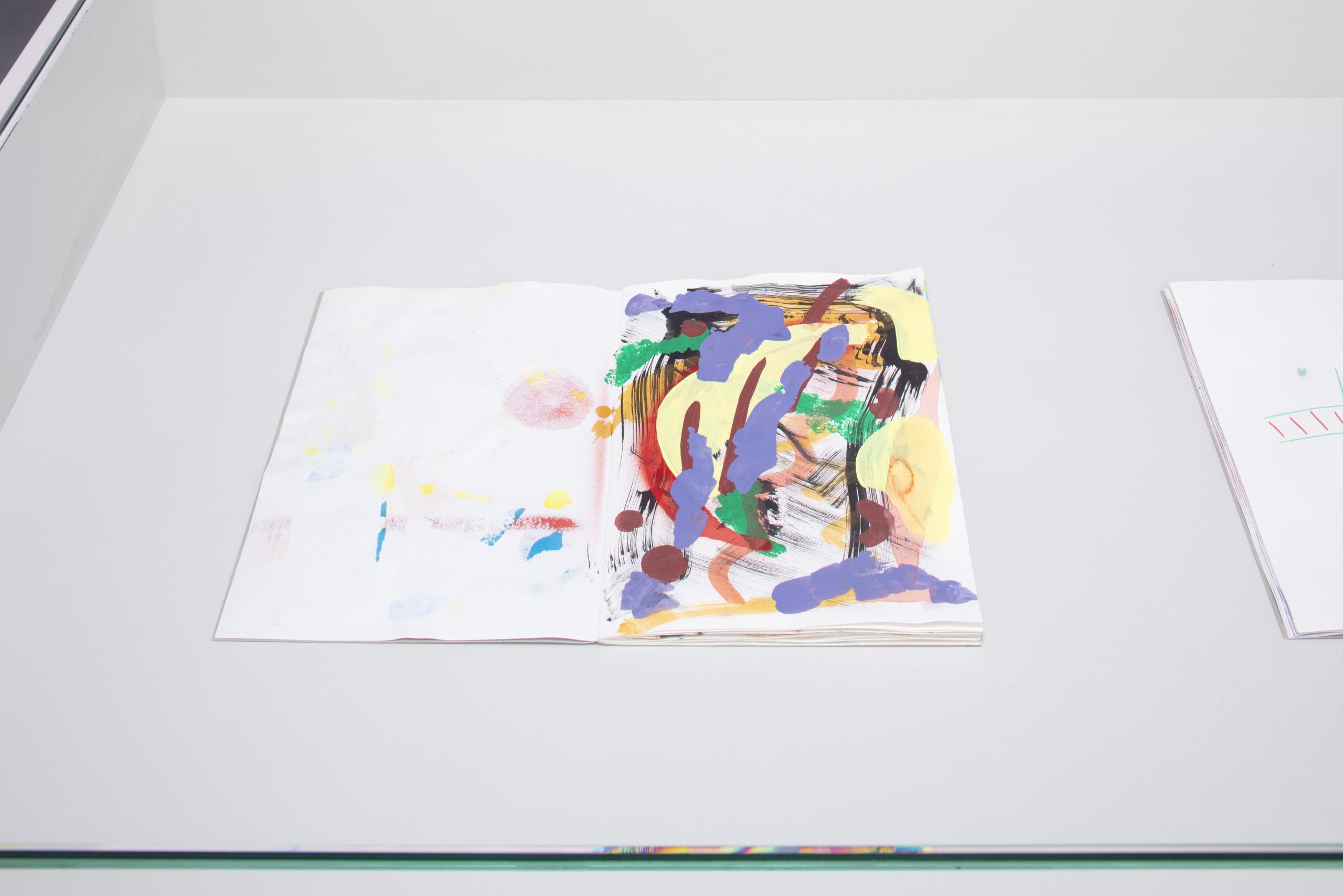
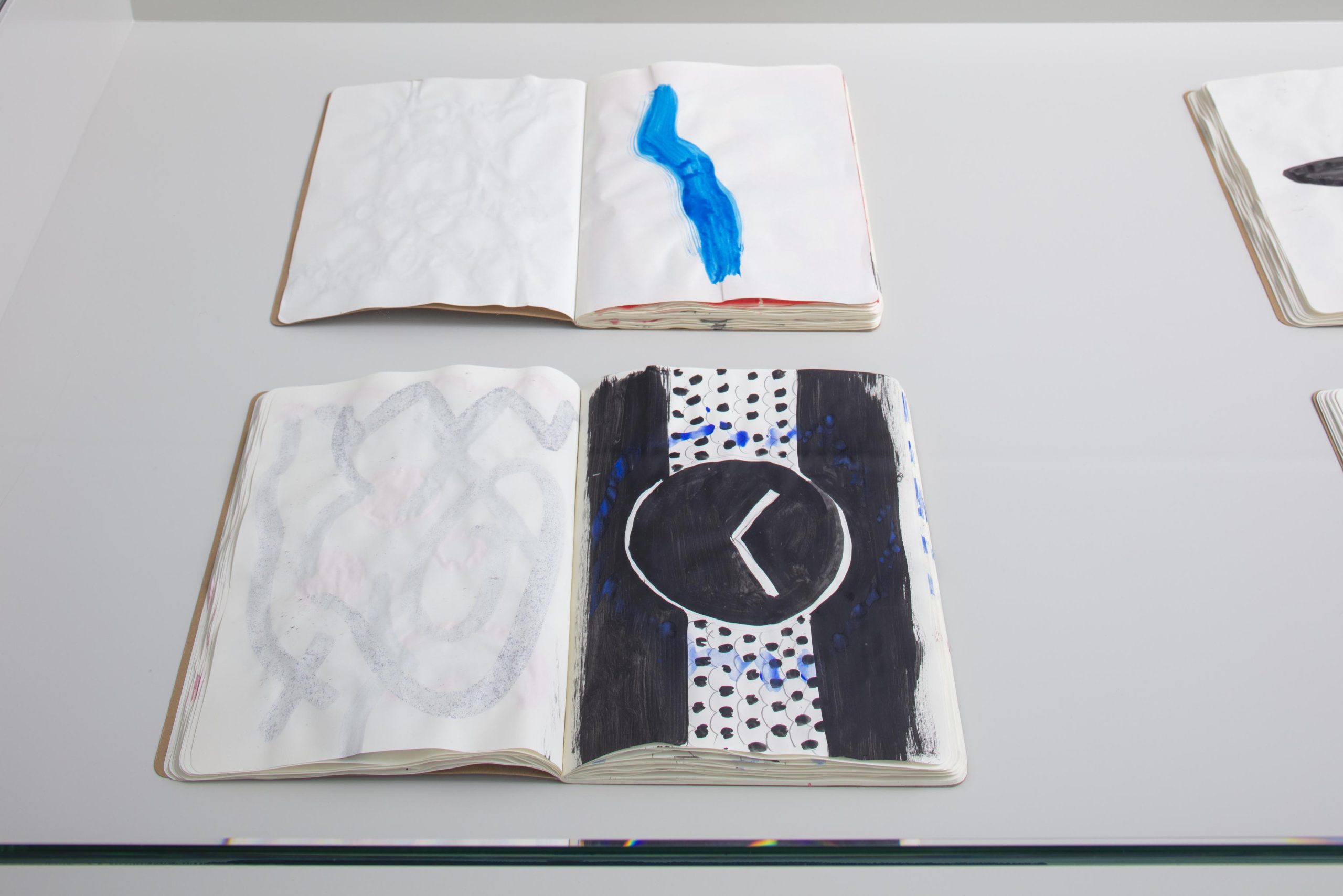
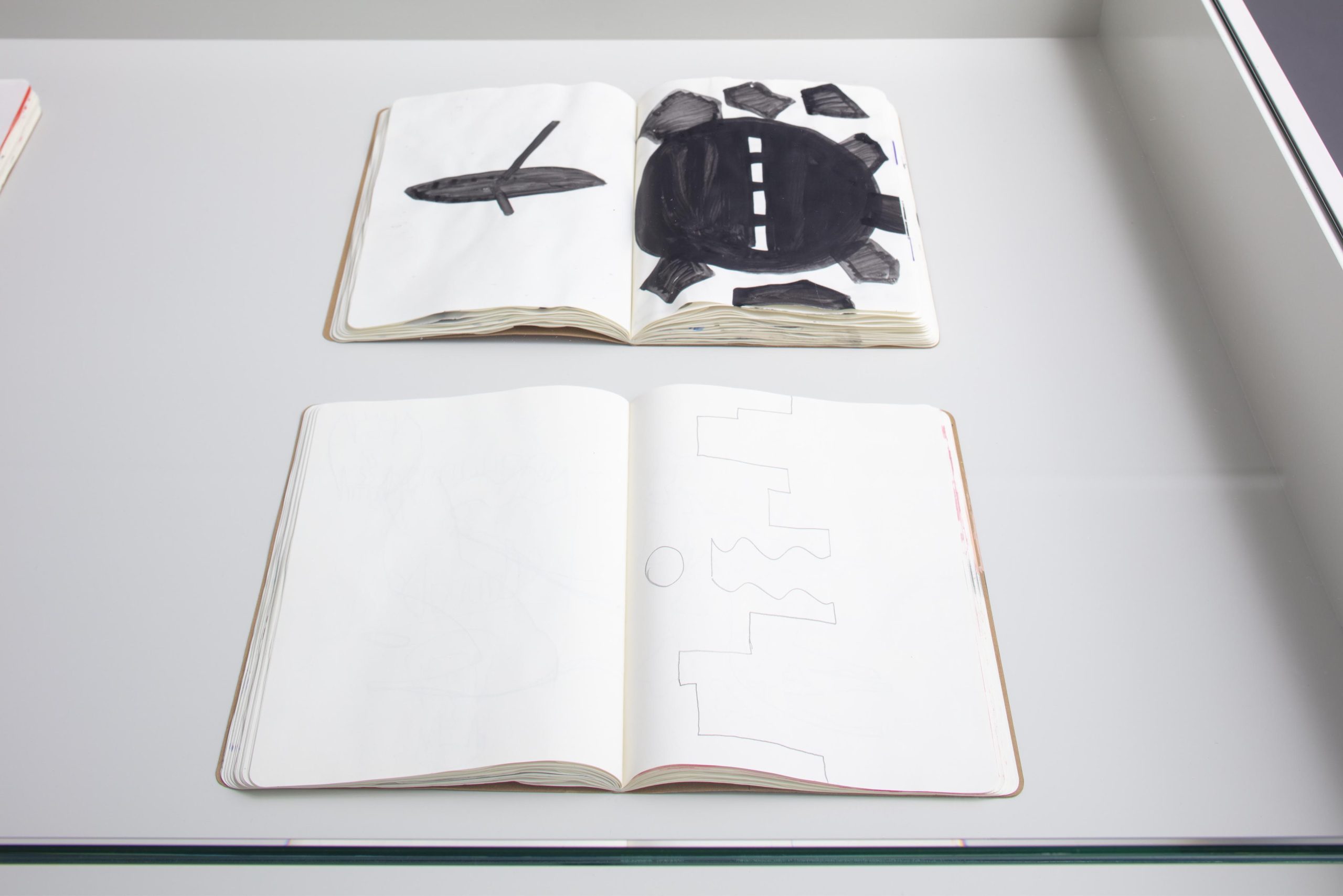
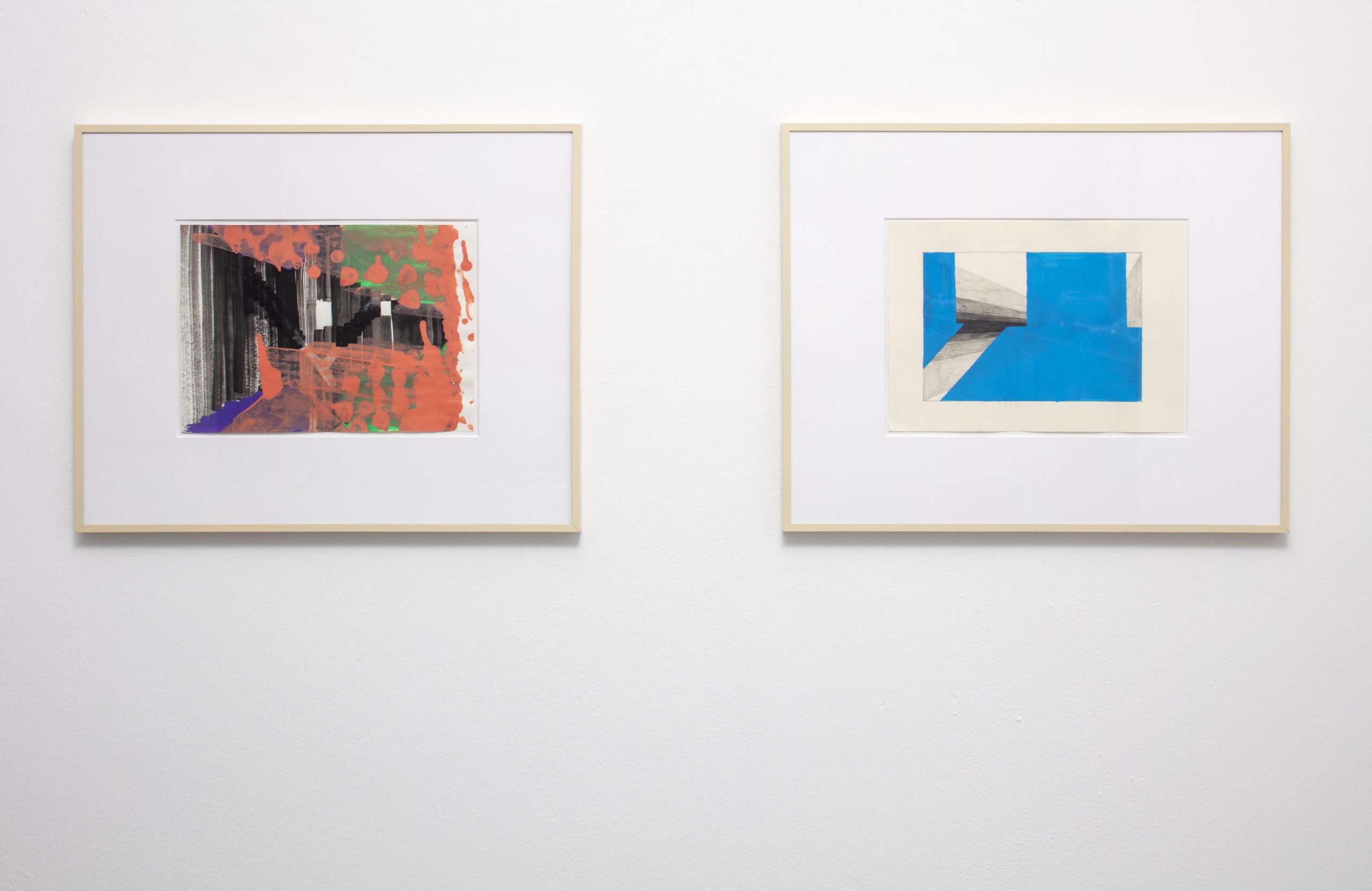
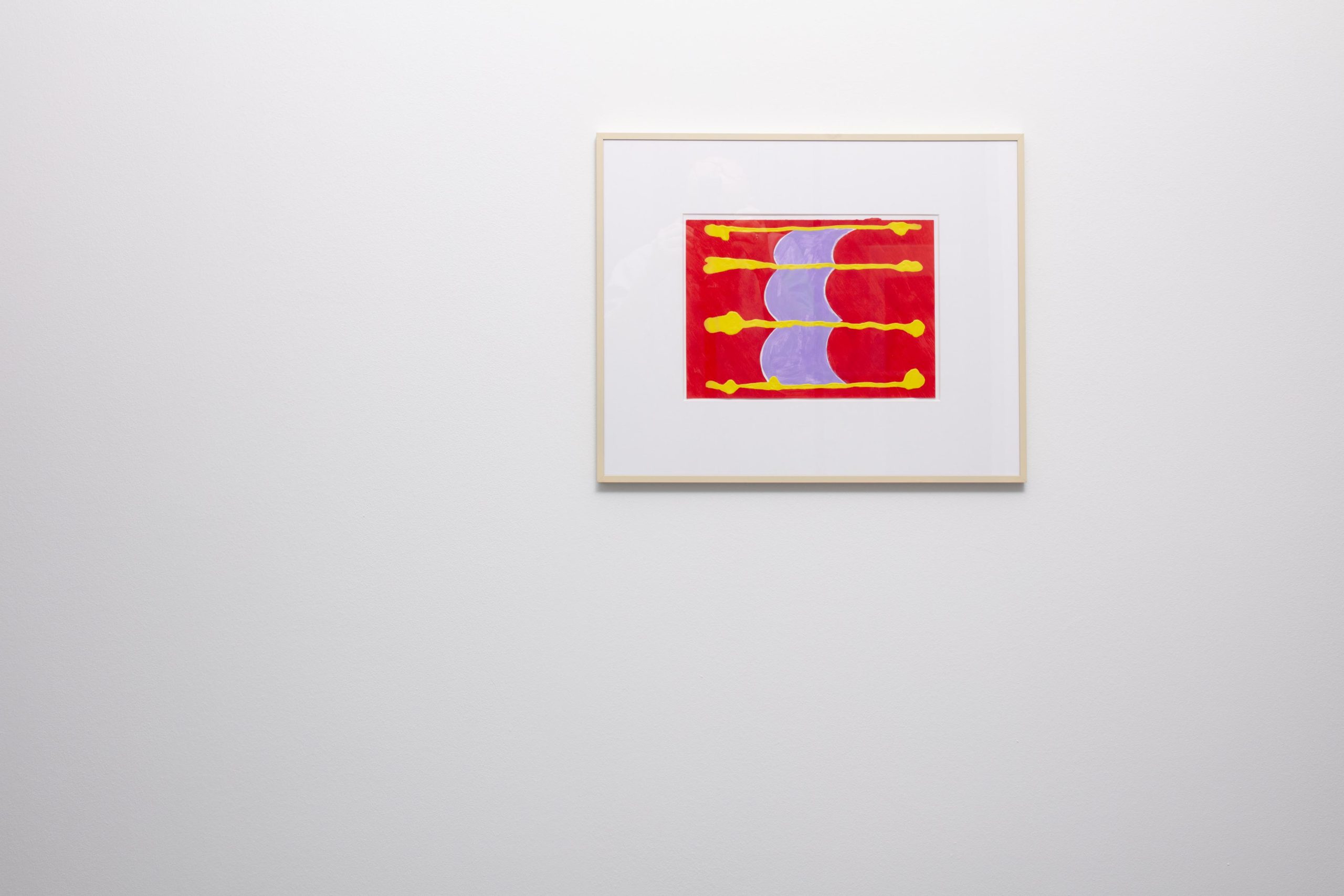
Eröffnung / Opening: 21. März 2024, 19h
Ausstellung / Exhibition: 22.3. – 28.4.2024, verlängert bis 11.5.2024
Öffnungszeiten / Opening hours: Do – Sa / Thu – Sat 14 – 18 h und nach Vereinbarung / and by appointment
Öffnungszeiten zum Gallery Weekend / Opening hours during Gallery Weekend Do-So / Thu – Sat 14-18 h
Die Ausstellung A Piece of Something Else gibt exemplarisch Einblick in Alexander Wagners Arbeit. Sie zeigt Arbeiten der letzen Jahre, in denen der Künstler seine Fragen an die Malerei und den Dialog mit der Malerei neu artikuliert.
Erstmals gibt Wagner auch Einblick in seine Skizzenhefte. Diese sind keine Studien und Vorversuche und dienen nicht dem Formulieren gestalterischer Prozesse, sondern bilden gedankliche Zusammenhänge ab oder sammeln schriftlich und bildnerisch Ideen zu Phänomenen, mit denen sich Wagner in seinem Atelier und seinem Alltag beschäftigt.
Erkennbar ist ihm dabei nicht alles Material, vieles aber Anregung. Nicht zuletzt auch der riesige Fundus existierender Abstraktion. Mit ihm lässt sich Alexander Wagner immer wieder auf einen Dialog ein. Ohne die weit verbreitete ironische Distanz zieht er in seltener Ernsthaftigkeit Verbindungen zu früheren Positionen. So sind schließlich Verweise auf Blinky Palermo oder Helen Frankenthaler an einer Stelle der Ausstellung zu erahnen und auch Polke wird hier und da kommentiert.
Was vordergründig wie die Paraphrase fremder Bildwelten gesehen werden kann, erweist sich allerdings direkt als etwas qualitativ Anderes, als Ausgangspunkt inhaltlicher Reflexion. Erkennbar sind seine Bilder, was bildimmanente Fragestellungen und subjektive Wahrnehmung betrifft, dabei zunehmend eher vage Erinnerungen als Motive, mehr Zustand als konkrete Referenz. Sie kreisen um den Augenblick, in dem sich die Farben aus ihrer Bindung an den Gegenstand lösen und nach Autonomie streben. Das Material wird zum Motiv, unterschiedlich gesetzte Gesten zu gleichwertigen Bildelementen, die den Prozess der Bildfindung nachvollziehbar werden lassen.
Zeit spielt hierbei eine zentrale Rolle, denn der Anschein einer spontanen, gestischen Malerei, den Wagners Arbeiten erwecken, trügt. Tatsächlich sind sie das Ergebnis eines langwierigen Prozesses, der sich über Wochen und Monate, manchmal Jahre, erstrecken kann. Andere Arbeiten entstehen spontan in kurzen Arbeitsphasen. Wagner lässt seine Leinwände immer wieder ruhen, nur um sie später mit frischem Blick erneut zu betrachten. Das Ergebnis sind Bilder, die im Gegensatz zu anderen Beispielen der Gegenwart nicht als Memento mori vergangener Epochen dienen, sondern Manifestationen realer, aktiver und miteinander verbundener Formen sind.
Die Temperatur dieser Bilder kühlt in den nur als Diashow die Ausstellung begleitenden Papierarbeiten merklich ab. Wo die konsonanten und dissonanten Kräfte der optisch manchmal kaum vermengbaren Farbquantitäten seiner Bilder die Betrachter herausfordern, treten die Papierarbeiten merklich freundlicher auf. Sie gestattet uns, Wagners Oeuvre innerhalb eines erweiterten Kunstkontextes zu verstehen, Anknüpfungspunkte zu erkennen und Modelle der Tradition, verworfene oder akzeptierte, zu erahnen und damit einen gewissen Überblick über werkimmanente Entwicklungen zu gewinnen.
EN
The exhibition A Piece of Something Else provides an exemplary insight into Alexander Wagner’s work. It shows works from recent years in which the artist rearticulates his questions about painting and the dialogue with painting.
For the first time, Wagner also provides an insight into his sketchbooks. These are not studies or preliminary attempts and do not serve to formulate creative processes, but rather depict mental contexts or collect written and pictorial ideas on phenomena that Wagner deals with in his studio and his everyday life.
He recognises that not everything is material, but much of it is inspiration. Not least the huge pool of existing abstraction. Alexander Wagner repeatedly engages in a dialogue with that. Without the widespread ironic distance, he draws connections to earlier positions with rare seriousness. References to Blinky Palermo or Helen Frankenthaler can be surmised at one point in the exhibition and Polke is also commented on here and there.
What can superficially be seen as a paraphrase of other pictorial worlds, however, proves to be something qualitatively different, a starting point for reflection on content. His pictures are increasingly recognisable as vague memories rather than motifs, more a state than a concrete reference, as far as questions immanent to the picture and subjective perception are concerned. They revolve around the moment in which the colours break free from their attachment to the object and strive for autonomy. The material becomes the motif, differently placed gestures become equally important pictorial elements that make the process of image creation comprehensible.
Time plays a central role here, because the appearance of spontaneous, gestural painting that Wagner’s works give off is deceptive. In fact, they are the result of a lengthy process that can extend over weeks and months, sometimes years. Other works are created spontaneously in short working phases. Wagner lets his canvases rest again and again, only to look at them again later with a fresh eye. The results are paintings that, unlike other contemporary examples, do not serve as a memento mori of past eras, but are manifestations of real, active and interconnected forms.
The temperature of these pictures cools down noticeably in the works on paper, which only ccompany the exhibition as a slide show. Where the consonant and dissonant forces of the sometimes visually almost incongruous colour quantities in his paintings challenge the viewer, the works on paper are noticeably friendlier. It allows us to understand Wagner’s oeuvre within an extended art context, to recognise points of reference and to surmise models of tradition, rejected or accepted, and thus to gain a certain overview of developments inherent in his work.
Alexander Wagner lives and works in Berlin.
Are … are you lost?
Freitag, 1. März, 19 Uhr
Die zweite One-Night-Only-Veranstaltung dieser Woche featured Live-Lesungen, Musik und performative Aktionen von und mit Inês Nascimento, Ariel Reichmann, Jörg Herold, Manuel Trökes, Stefanie von Schroeter und GAS (Markus Ernst Stein, Daniel Gottlieb & Jackie Grassmann) und DJ ShluchT.
Die Veranstaltung wird vom Kunstverein am Rosa-Luxemburg-Platz ausgerichtet und von Hefte zur Welt organisiert.
Ein Teil der Lesungen findet nicht in deutscher Sprache statt.
Besonderer Dank geht an Jackie Grassmann und Peter Niemann, Haus N | Plakatgestaltung: Markus Ernst Stein
This week’s second one-night-only event features live readings, music, and performative actions by and with Inês Nascimento, Ariel Reichmann, Jörg Herold, Manuel Trökes, Stefanie von Schroeter und GAS (Markus Ernst Stein, Daniel Gottlieb & Jackie Grassmann) and DJ ShluchT. The event is hosted by Kunstverein am Rosa-Luxemburg-Platz and brought together by Hefte zur Welt.
Some of the readings will be in German.
Special thanks to Jackie Grassmann and Peter Niemann, Haus N | Poster design: Markus Ernst Stein
SINE GREY with NOR: performing sounds, visuals, and text
25.2.2024 ab 17 h: Sonntagsmatinee mit performing sounds, visuals, and texts von und mit Silva Reichwein, Martin Lorenz und Karl-Stéphan Bouthillette für SINE GREY und Luc Döbereiner mit Martin Lorenz für NOR
SINE GREY LP
Silva Reichwein Martin Lorenz Karl-Stéphan Bouthillette
…getting untitled
Bild-Seite (Siebdruck auf Vinyl) Konzept:
Silva Reichwein benutzt eine bestehende Zeichnung, eine sog. Partitur, die Anleitung für die Entstehung ihrer kleinformatigen Bilderserie ist, den LocalsNonLocalities. Silva Reichweins LocalsNonLocalities-Notation erhält nicht nur durch die Übertragung via Siebdruckverfahren auf die LP einen Mittelpunkt, der zu einer optischen Leerstelle wird, sondern transformiert sich auch zu einem erweiterten, sich quasi auflösenden Medium, einem notation, getting untitled.
Die drehende LP löst die quadratische Zeichnung auf. Deren räumliche Stabilität weicht einer durch die drehende LP initiierten Verwischung, die zu einer neuen Qualität von (Bild)Raum –
zu einer Qualität des „Titellosen“ („untitled“) wird.
Rotation, Ebene
Audio-Seite: Klangarbeit auf Vinyl, Konzept:
Martin Lorenz‘ Komposition Rotation, Ebene leitet sämtliche harmonische und rhythmische Strukturen aus dem Zahlenverhältnis der gängigen Umlaufgeschwindigkeiten von Schallplatten, 33 1/3 und 45 Umdrehungen pro Minute ab. Als Klangmaterial werden Sinustöne verwendet, Schwingungen ohne Obertöne. Diese Archetypen der elektronischen Musik erlauben es in ihrer Absolutheit, die Musik sehr abstrakt zu denken, ohne Klangfarbe, nur mit Tonhöhe.
Durch die Addition verschiedener Sinusschwingungen bzw. Tonhöhen, die immer im Verhältnis 33 1/3 zu 45 stehen, wird unabhängig von der Abspielgeschwindigkeit der LP das akustische Resultat identisch bleiben. Lorenz leitet durch die Technik des Plattenspielers ein numerisches System ab, das die Komposition direkt beeinflusst und den entstehenden Hörraum von der Zeit entkoppelt. Er wird zu einer kompositorischen Vision eines Moments von Ewigkeit.
Unraveling the List
Covertext, Konzept:
In den vergangenen fünf Jahren konzentrierte sich die akademische Forschung von Karl-Stéphan Bouthillette auf die Erforschung der Bedeutung der metaphysischen Listenerstellung als bestimmendes Merkmal der „spirituellen Übungen“ in den wissensorientierten Praktiken des Yoga in Südasien. Da ich der Meinung bin, dass diese taxonomischen Übungen auch heute noch von Bedeutung sind, insbesondere angesichts der extrem polarisierten und brisanten Meinungswelt, in der wir uns wieder befinden, reflektiert meine Forschung die Praxis der Taxonomie im Allgemeinen als eine universelle Gewohnheit, die das Studium der Human- und Naturwissenschaften bestimmt, mit besonderem Augenmerk auf religiöser Literatur, Philosophie und Psychologie, und zeigt, wie wichtig Kategorisierung und Taxonomie für unser tägliches Leben sind. Diese Forschung bot den Hintergrund für die Überlegungen, die ich in dem LP-Umschlagtext auf ästhetischere Weise formuliert habe. Dieser Text lädt das Publikum dazu ein, die Rolle von Listen und Taxonomie für die eigene Wahrnehmung der Realität zu überdenken. Für jeden, der sich fragt: „Was weiß ich?“, ist der bequemste und intuitivste Weg, diese Frage mit einer Liste zu beantworten. Aber gibt es einen Haken? Könnte sie eine Falle sein? Die Literatur der gnostischen Yogas legt nahe, dass wir in einer repräsentativen Dimension des Bewusstseins gefangen sind. Man kann sich diese große Illusion als eine fehlerhafte Taxonomie vorstellen, die unsere Beziehung zur Welt bestimmt, indem sie uns in einem fortwährenden Zustand der Knechtschaft gegenüber einer bestimmten Ordnung der Dinge hält, die trügerischerweise immanent zu sein scheint, natürlich und unmittelbar real zu sein scheint. Mit anderen Worten: Die Welt, die wir kennen und mit der wir interagieren, ist nichts als eine Liste.
NOR – Luc Döbereiner und Martin Lorenz
Für NOR steht weniger virtuoses Musizieren im Vordergrund als die Kopplung und Verschränkung von akustischen, instrumentalen, elektronischen und algorithmischen Prozessen, die gemeinsam navigieren. Das Verhältnis zwischen Musikern und Instrumenten, sowie die Formen des Zusammenspiels und die Art und Weise, wie Technologie diese Formen verändert und ermöglicht stehen dabei im Mittelpunkt. Performance bedeutet hier also wesentlich gemeinsames Wahrnehmen und Entscheiden, wobei Technologie und die Instrumente auch zu Handelnden werden indem sie Impulse setzen.
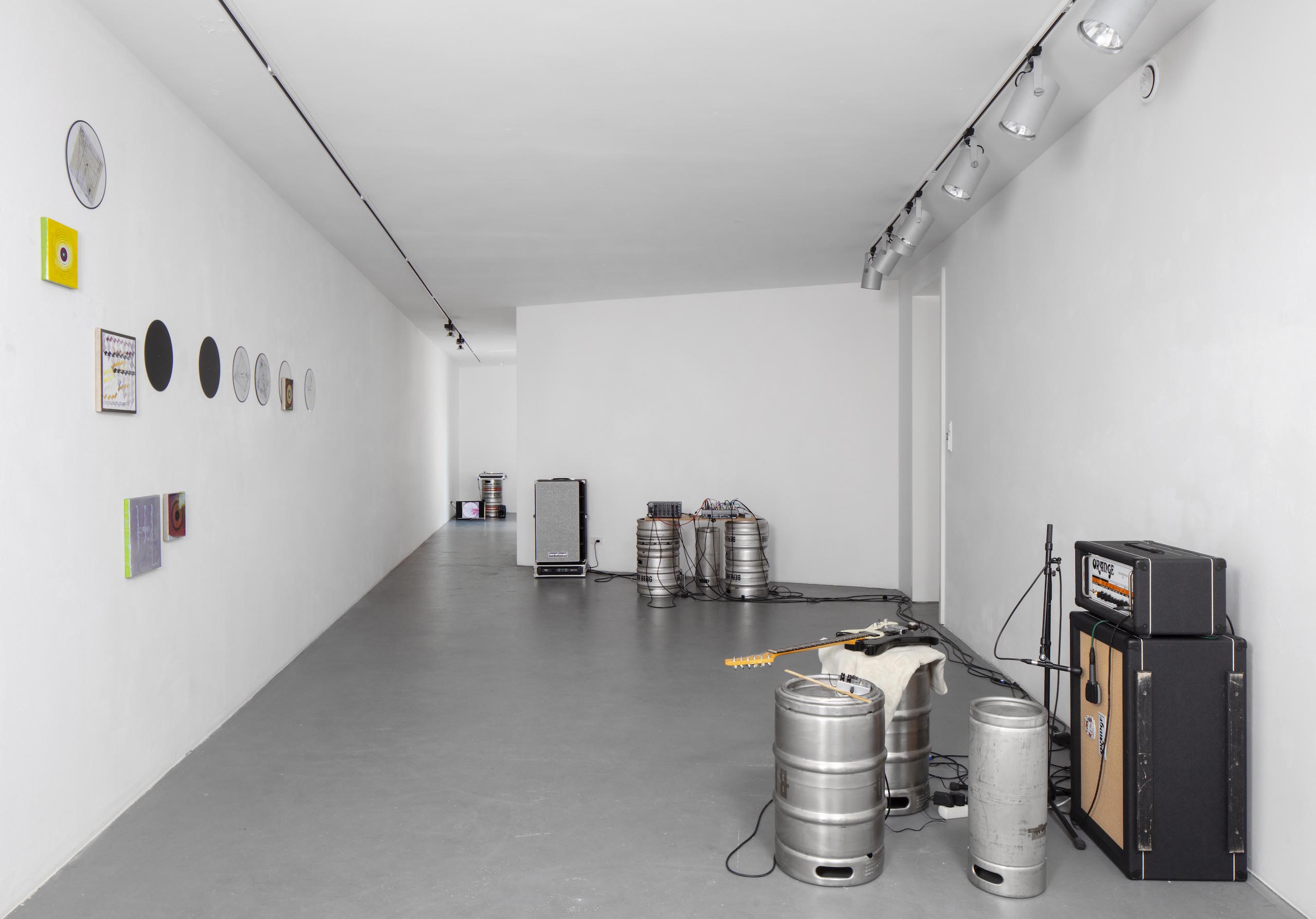

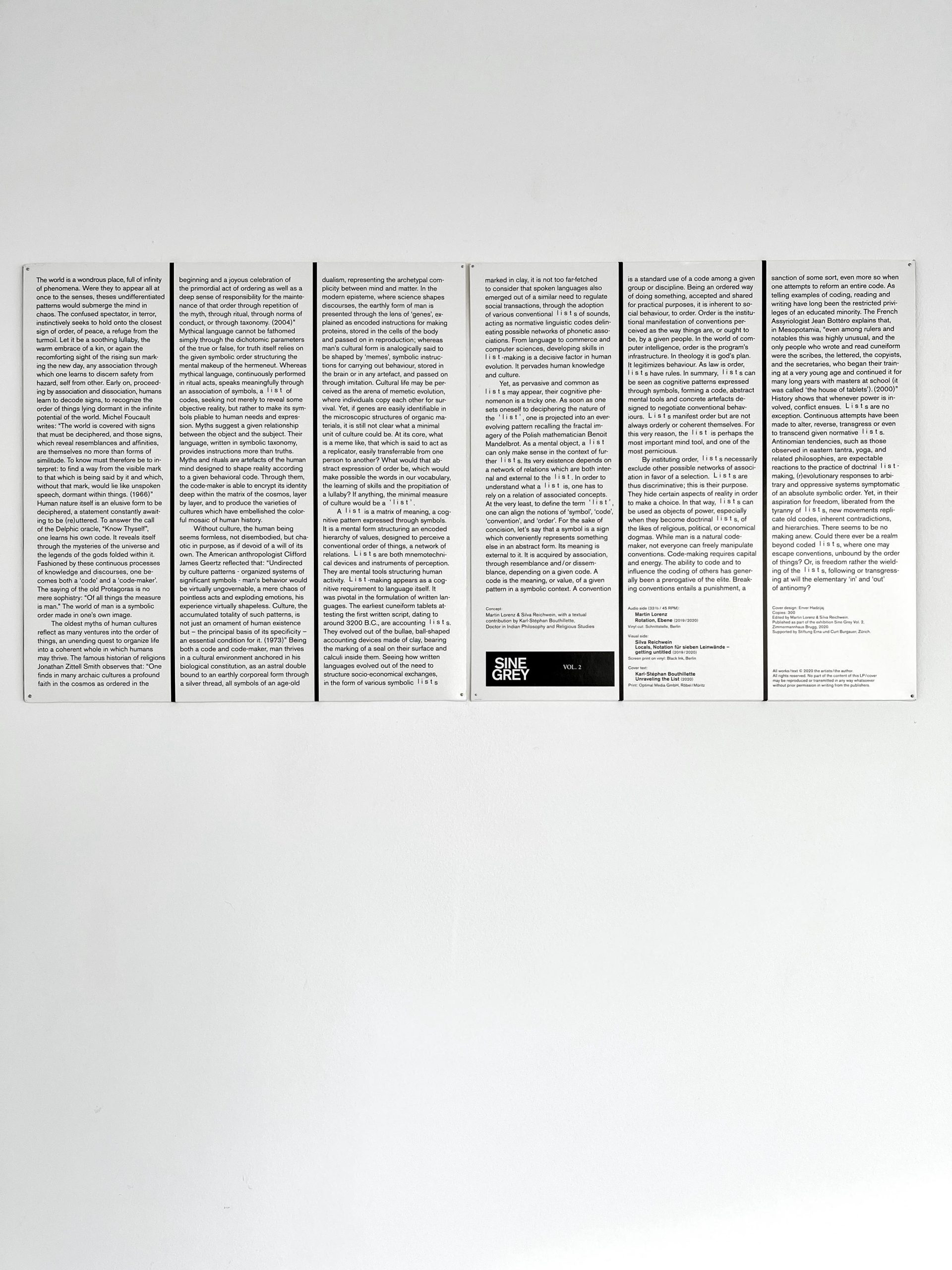
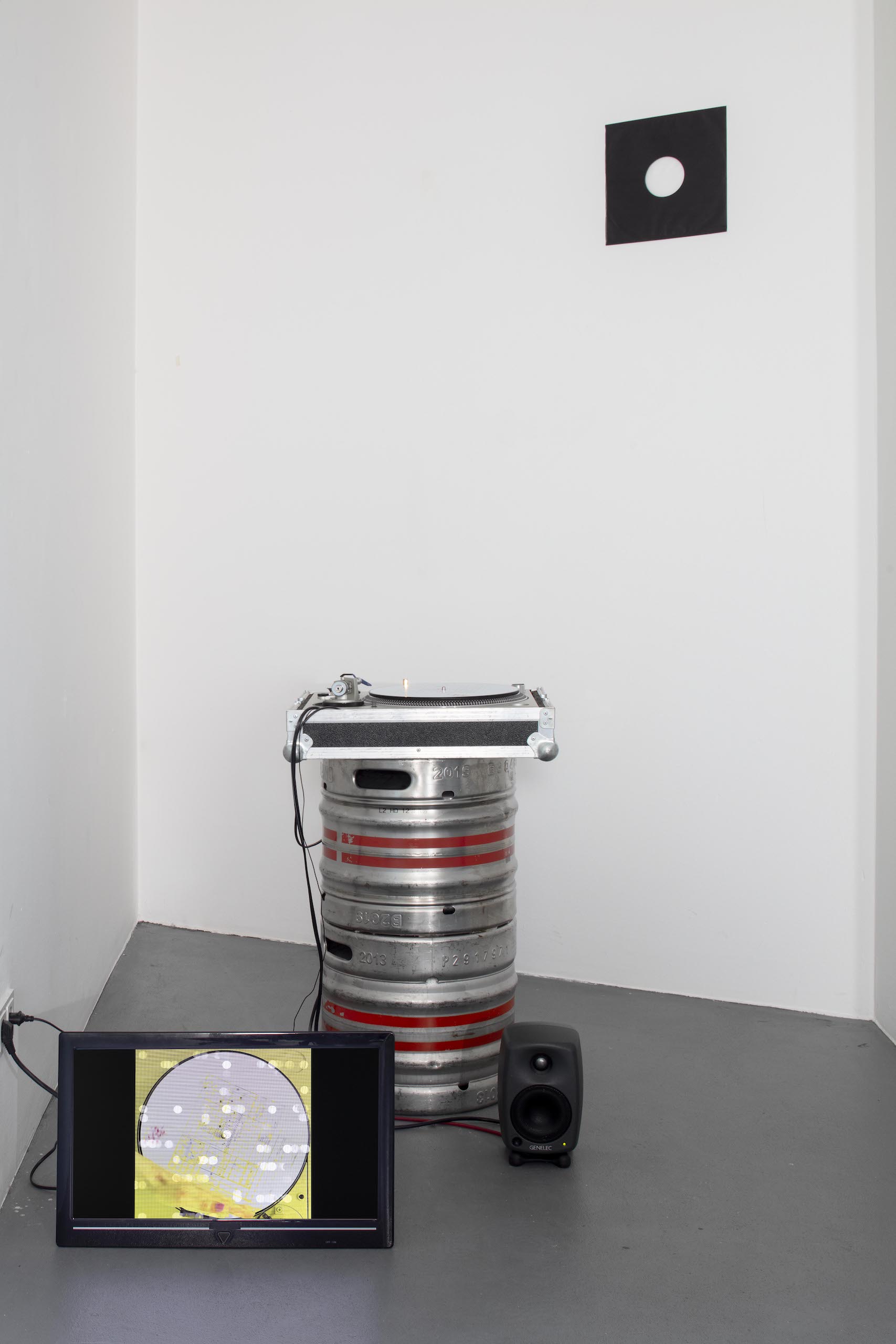
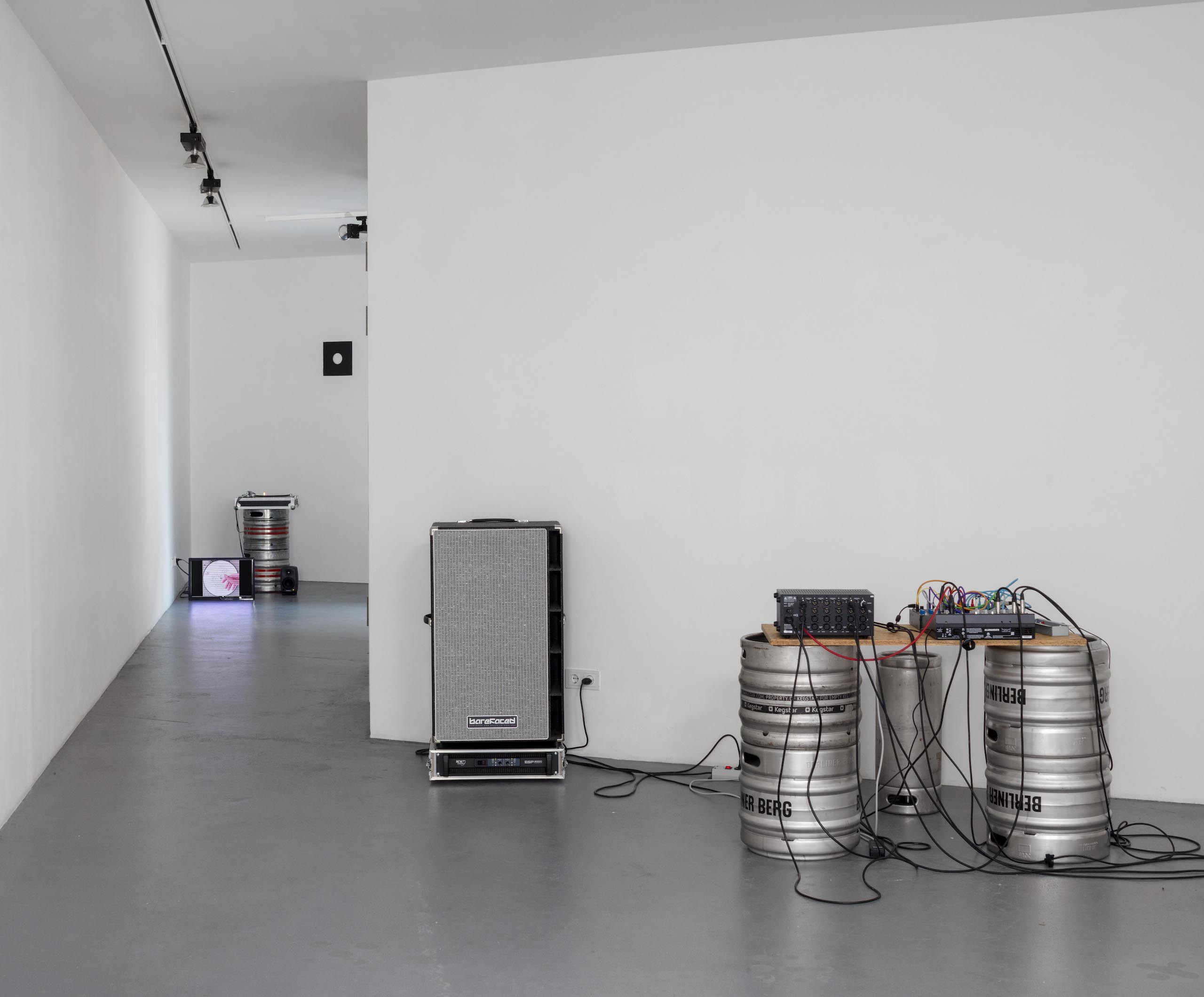
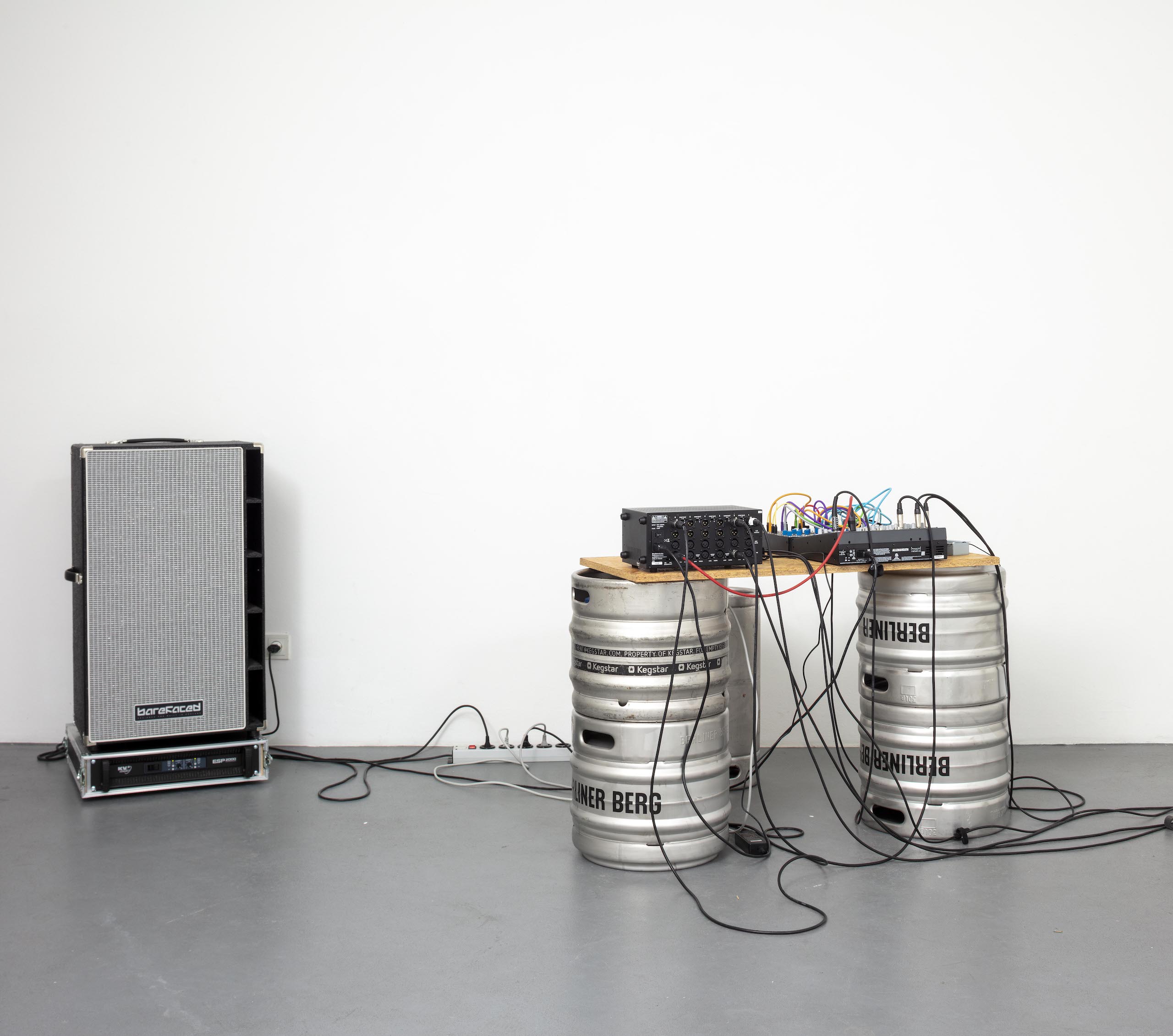

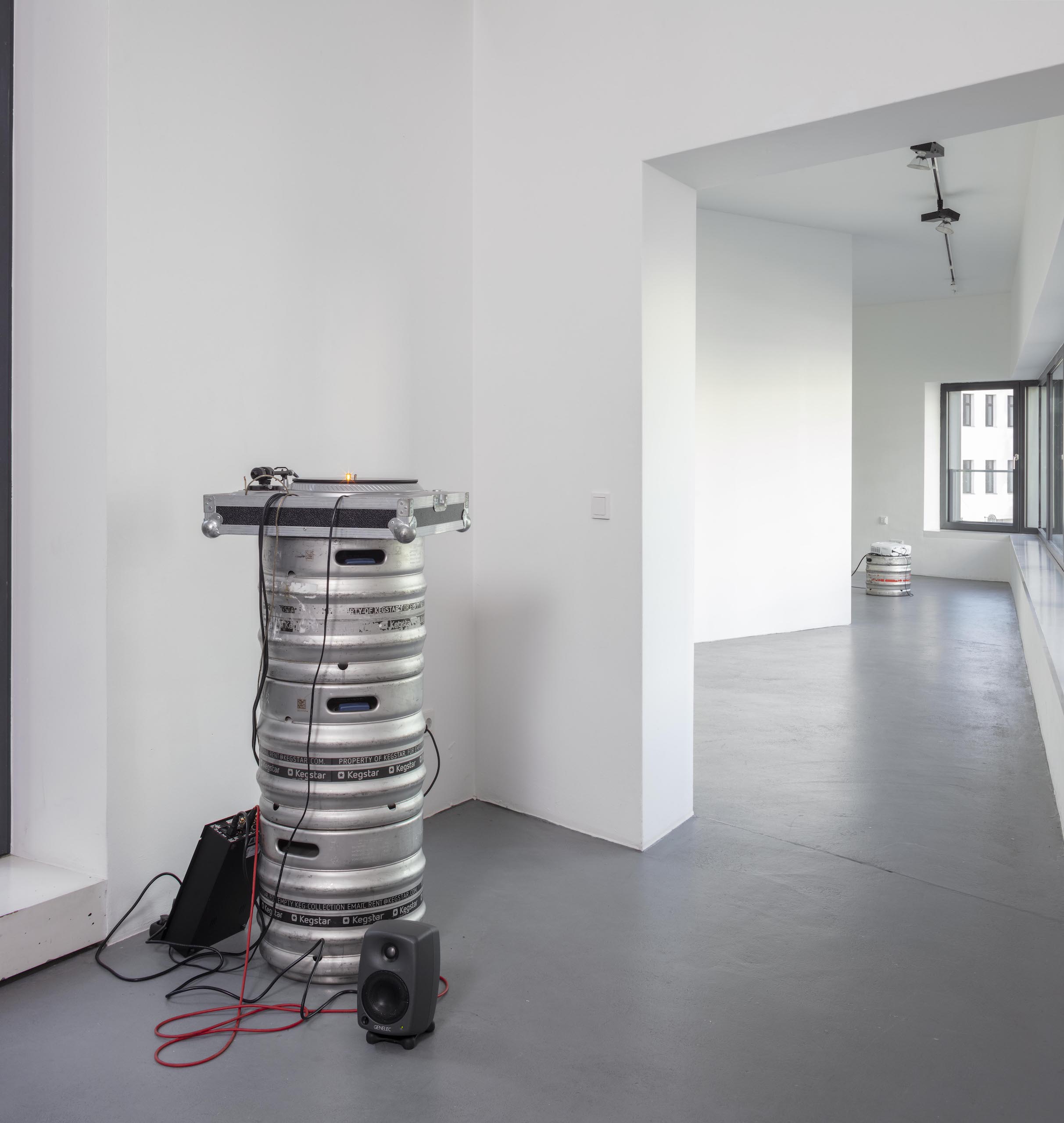
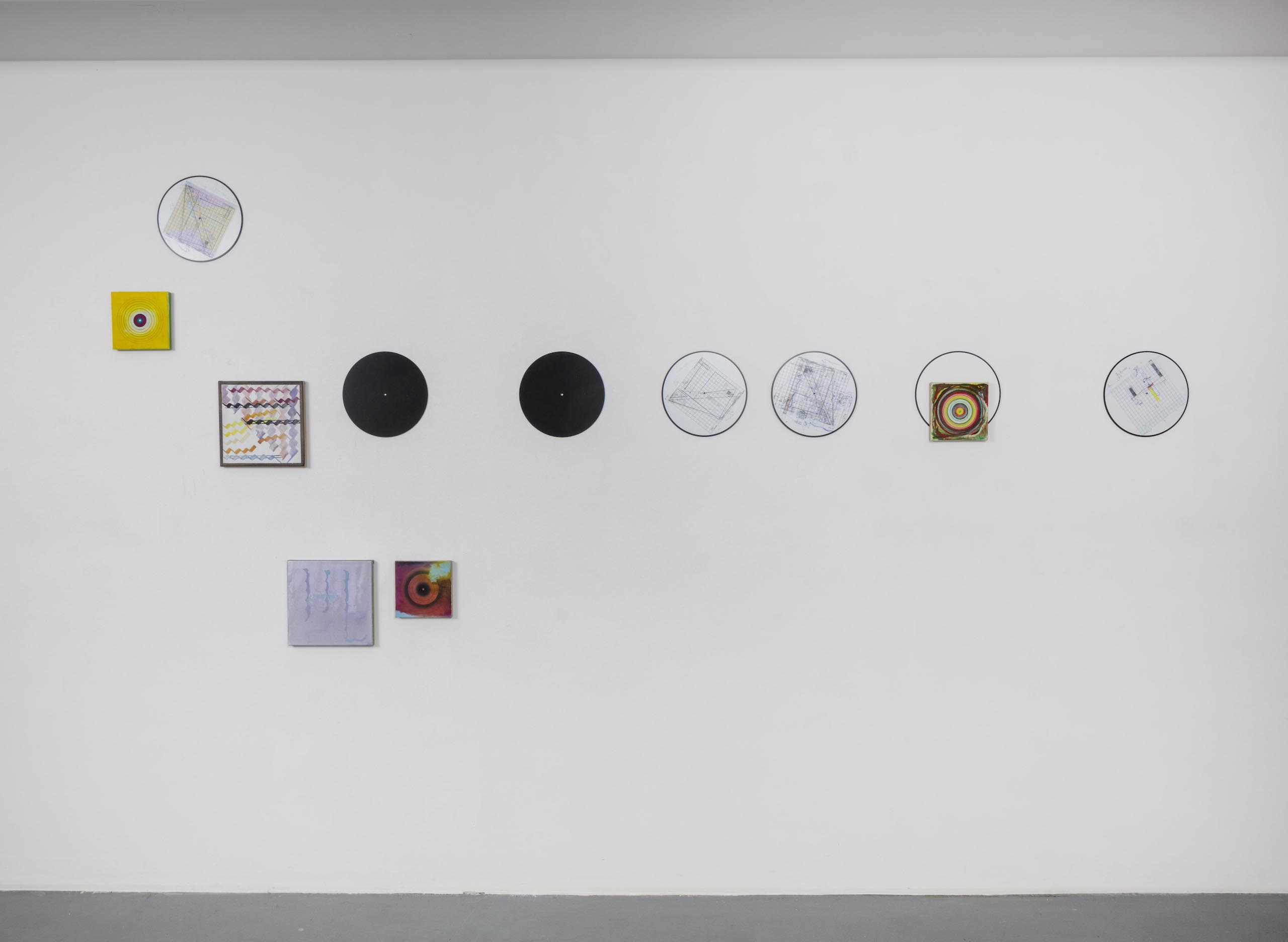
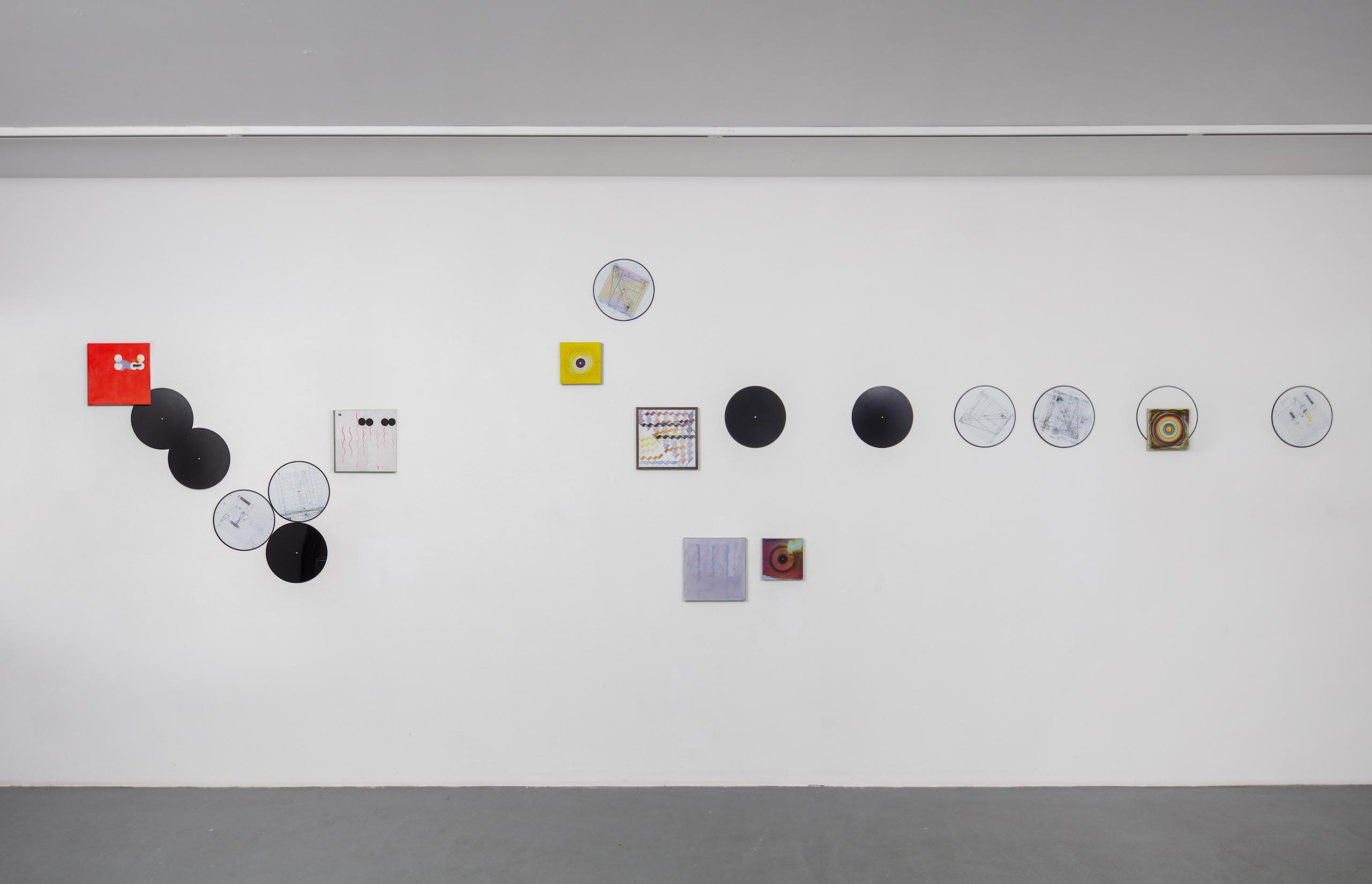

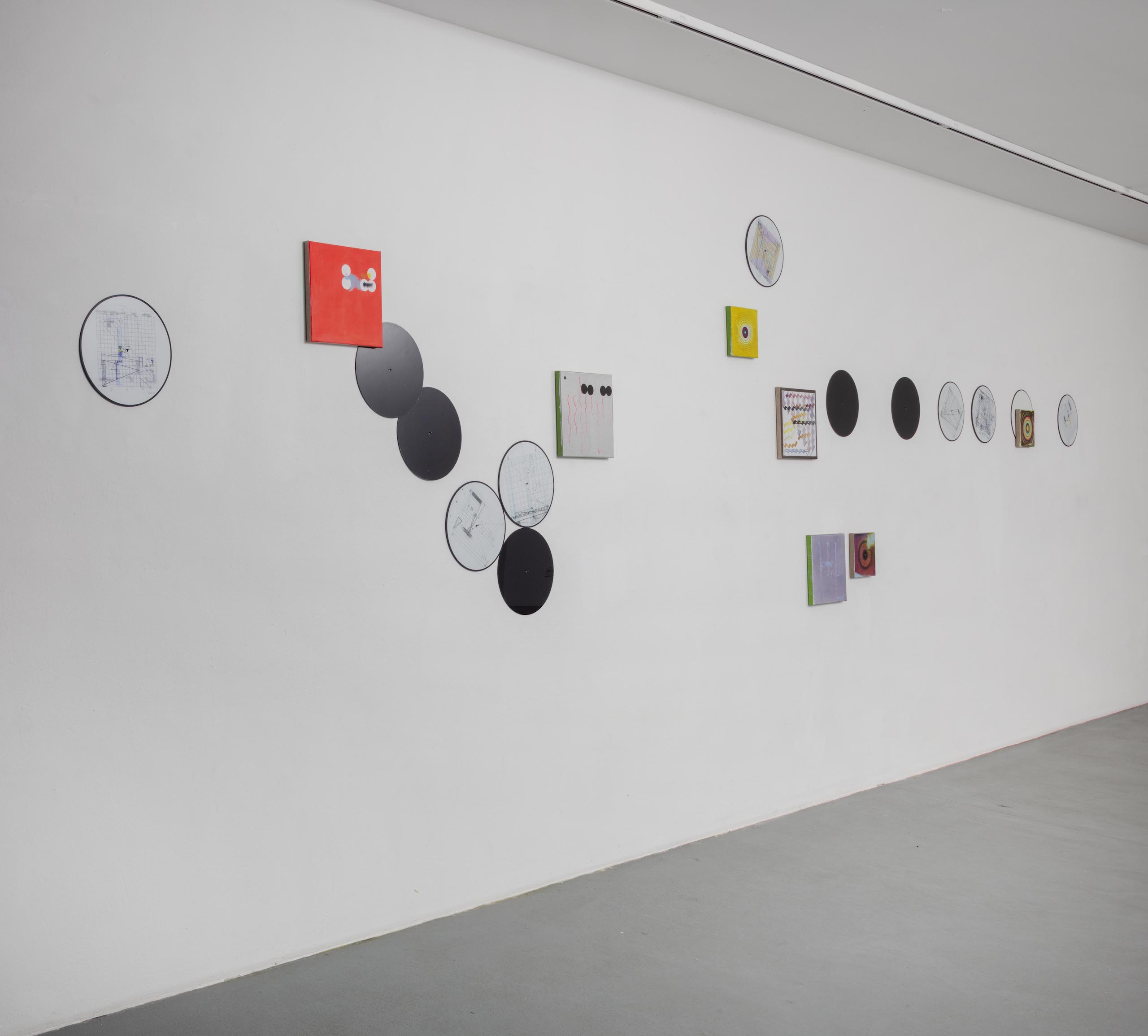




CLOUDS OF GRASS

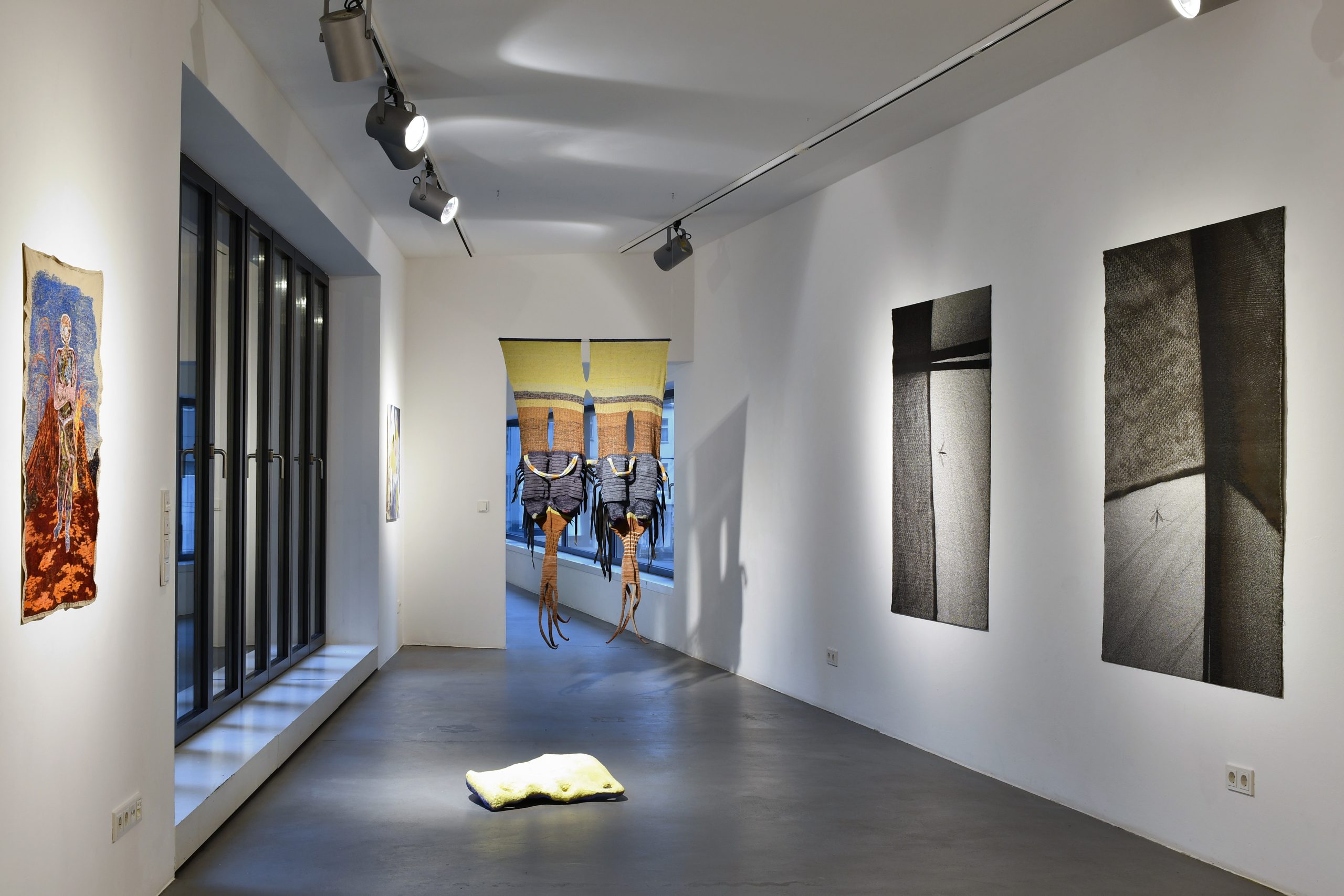

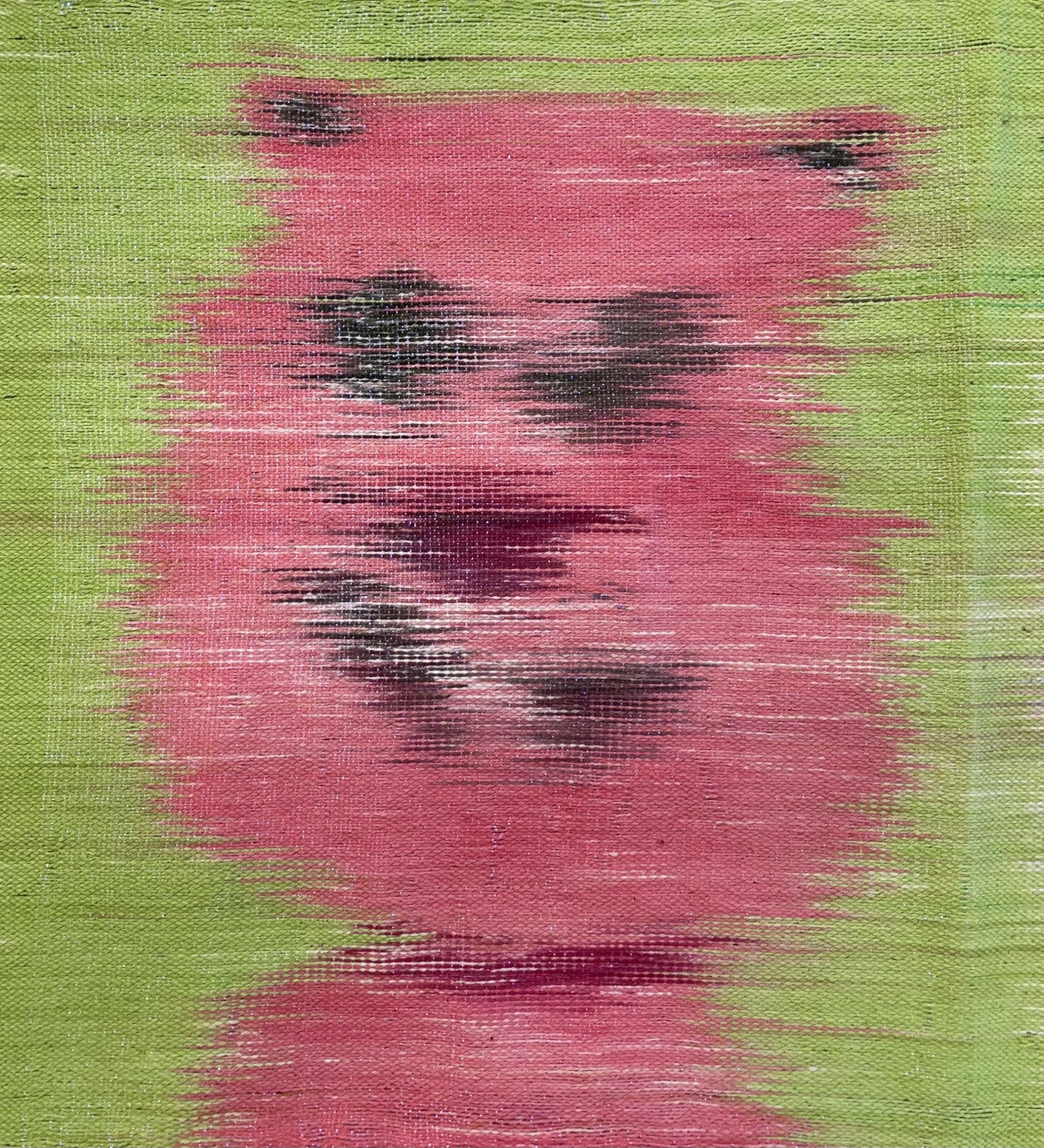


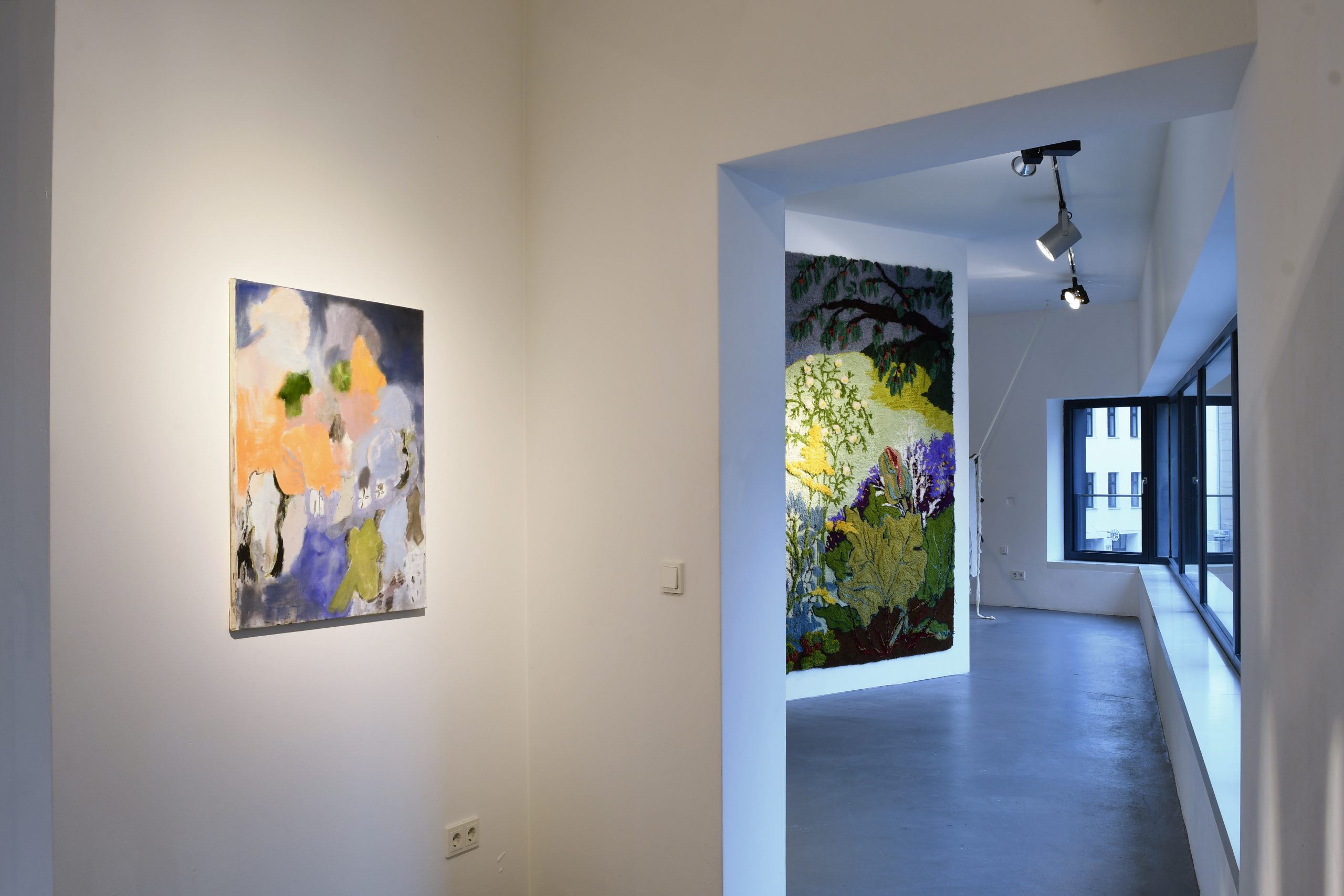




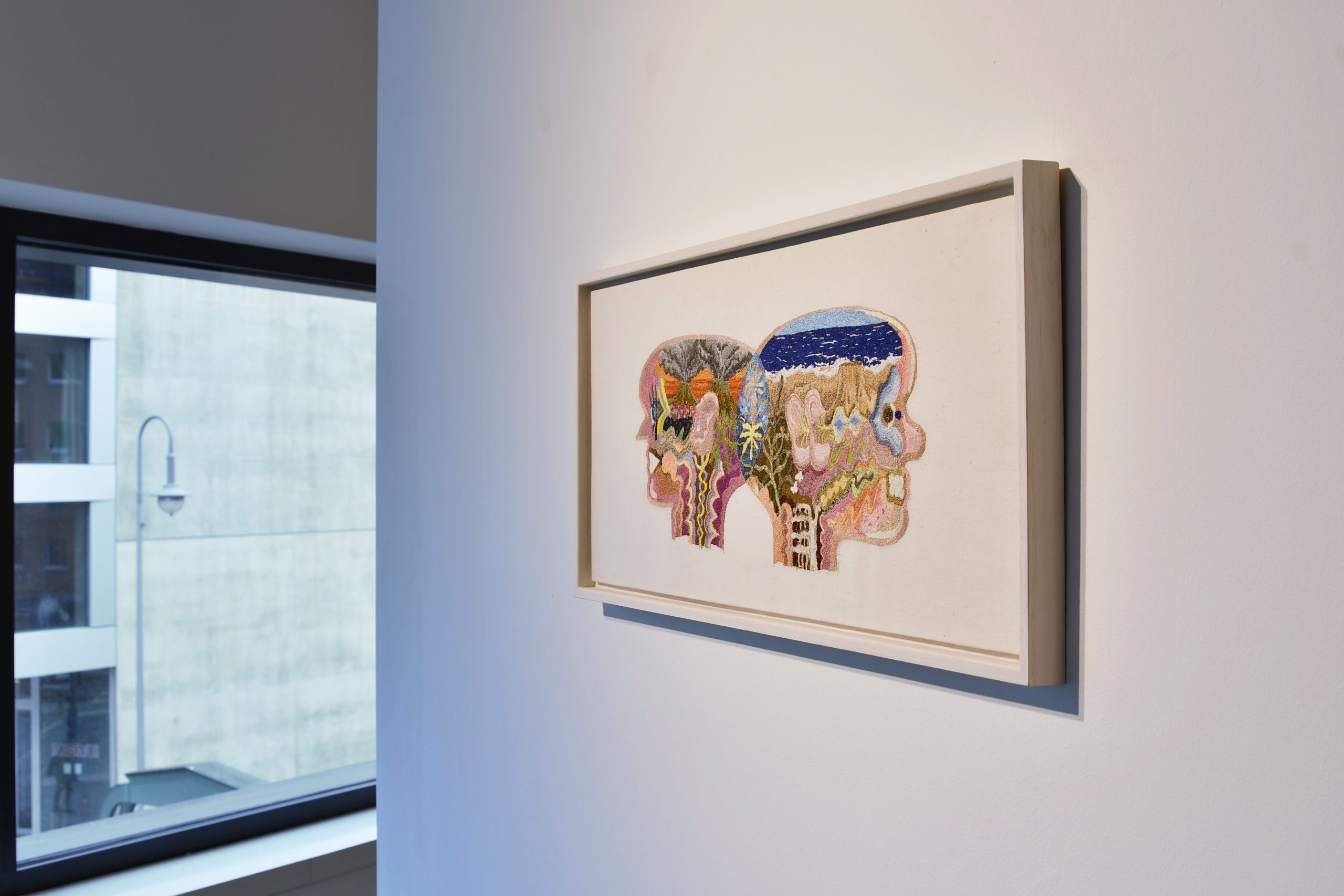

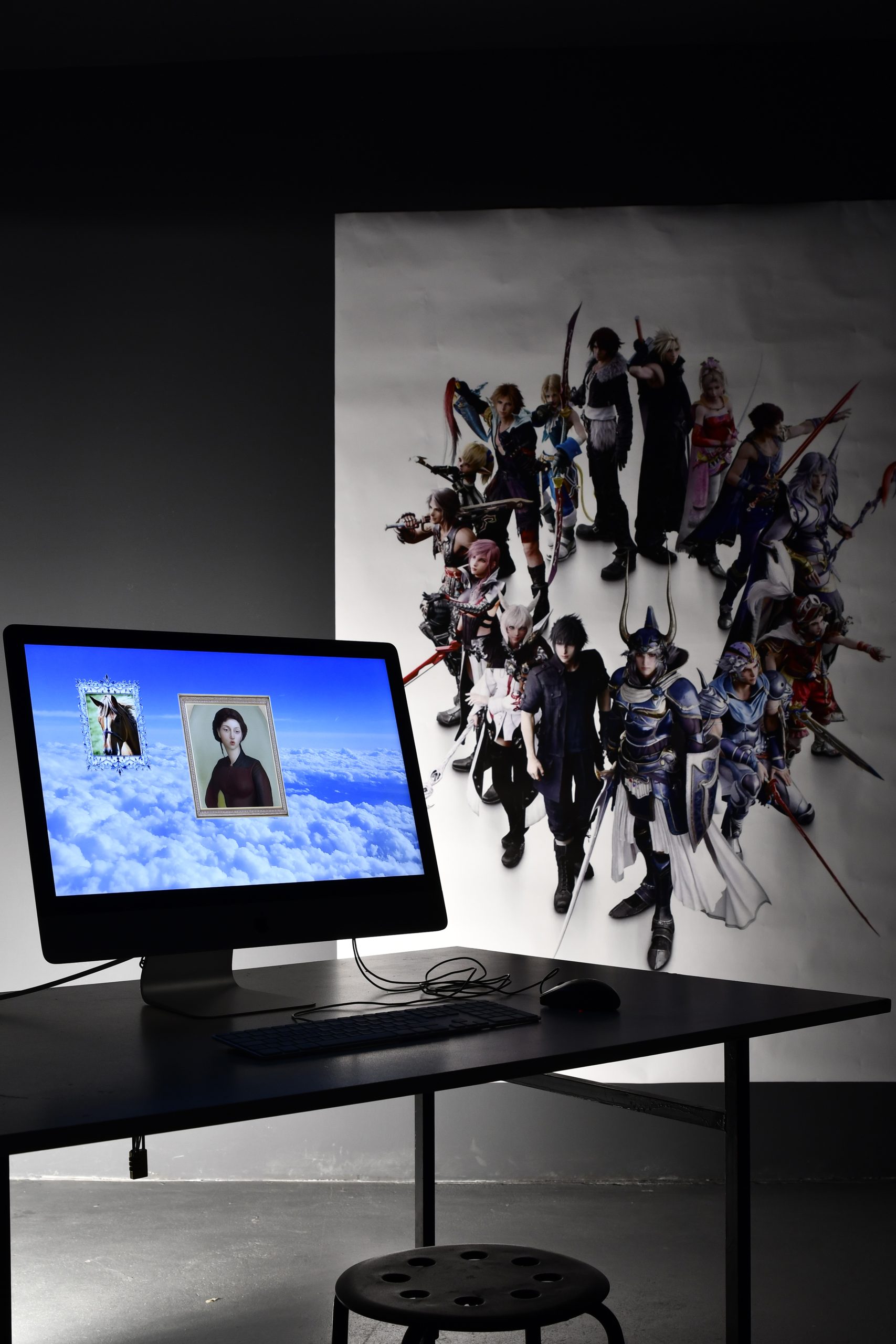
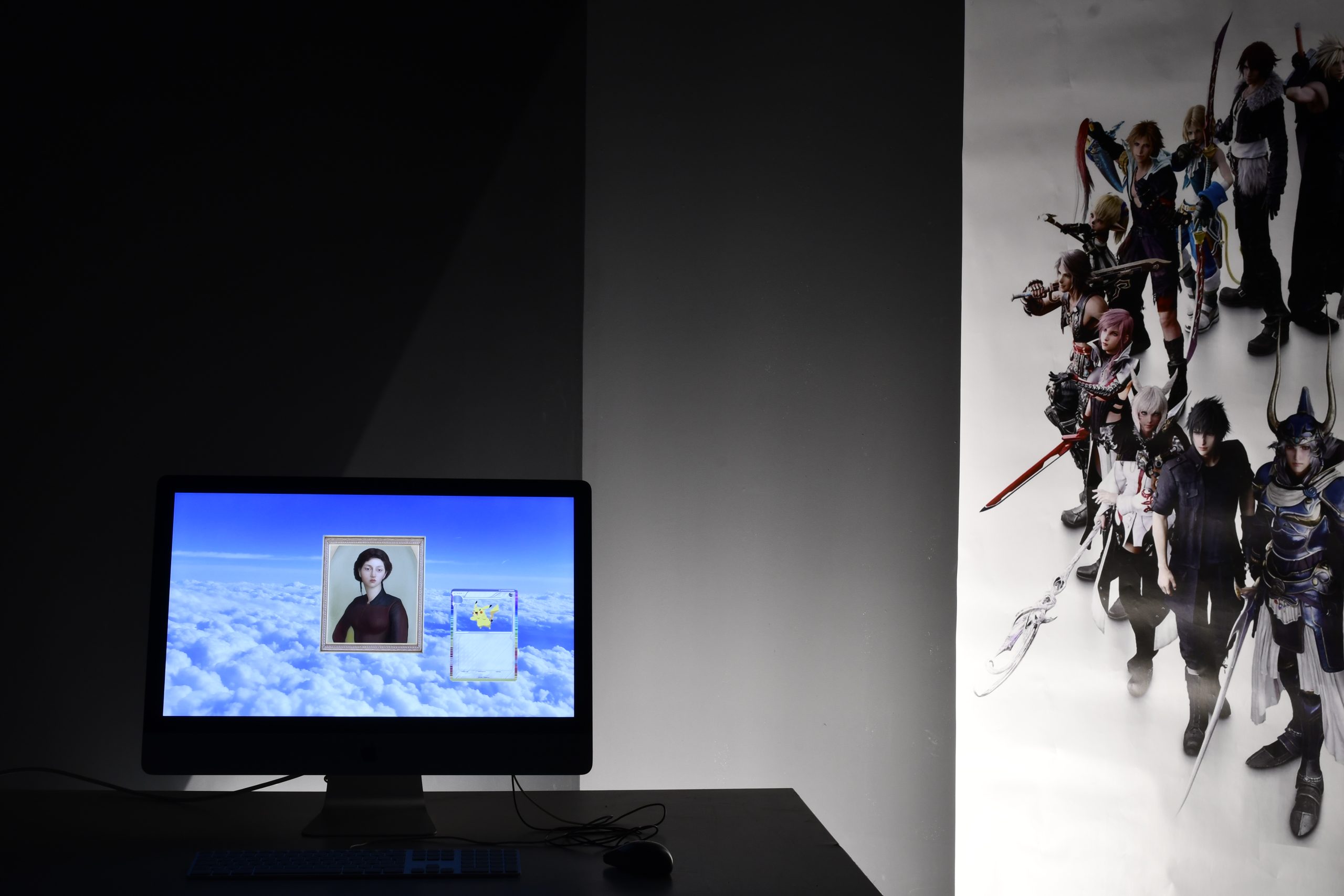

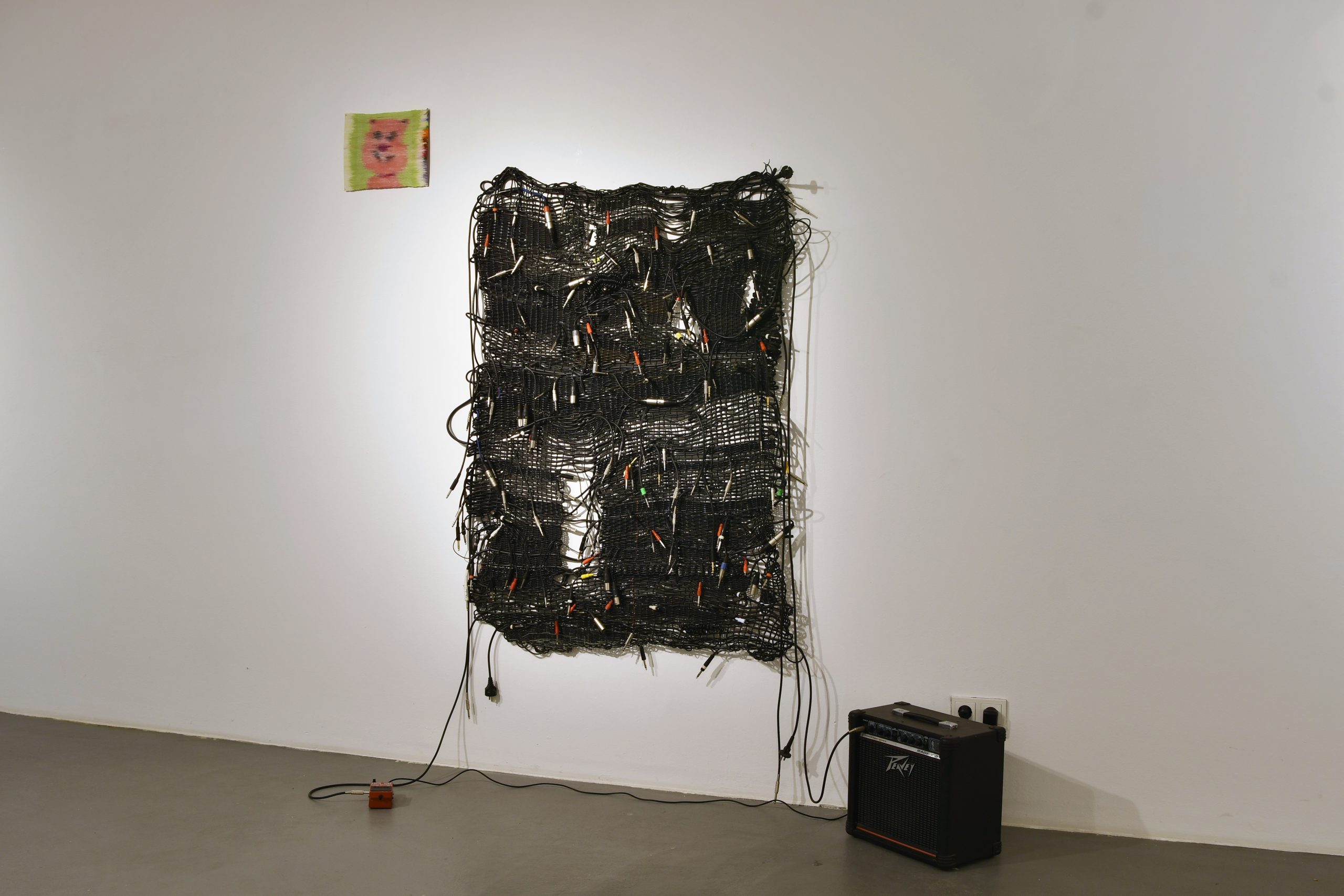




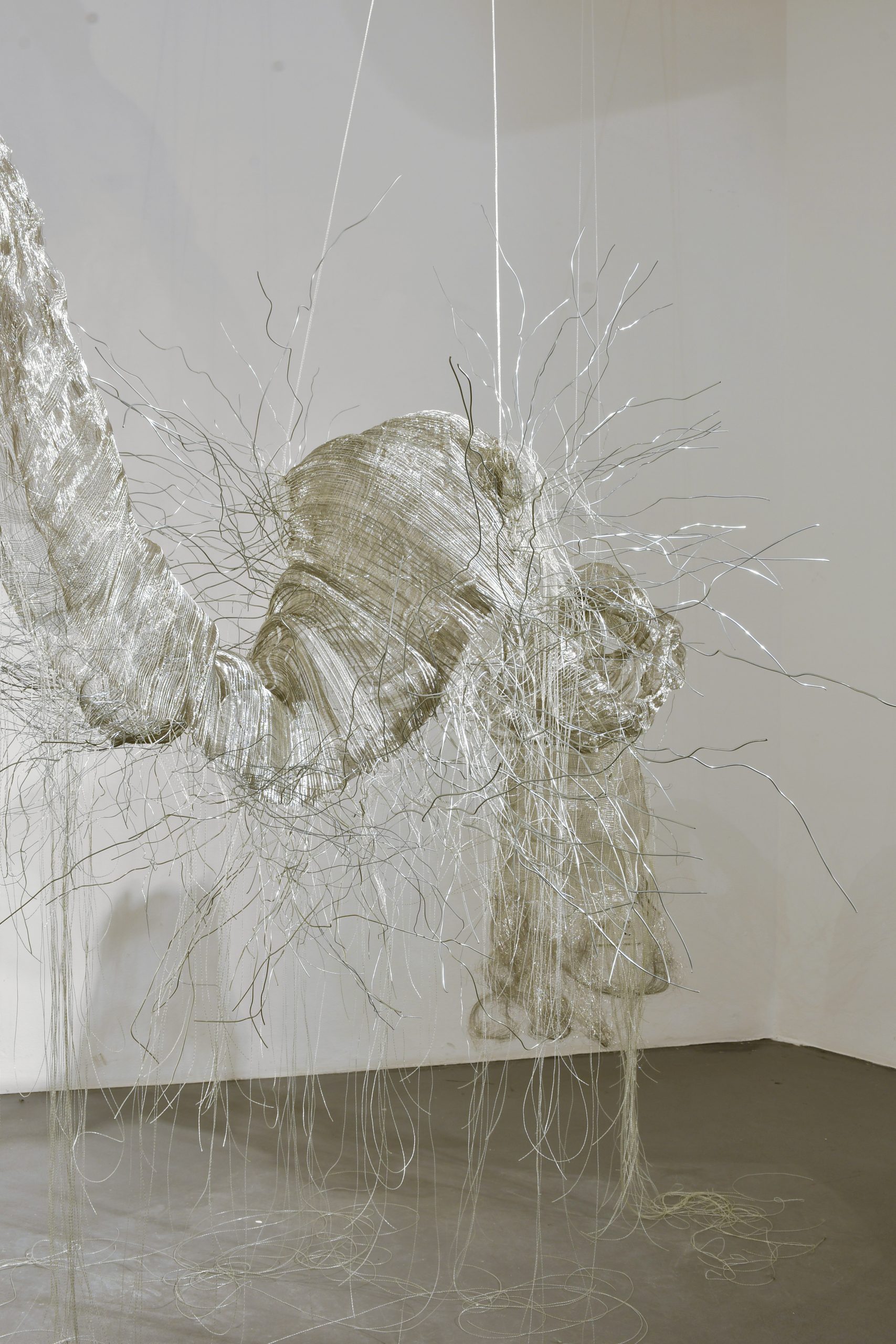




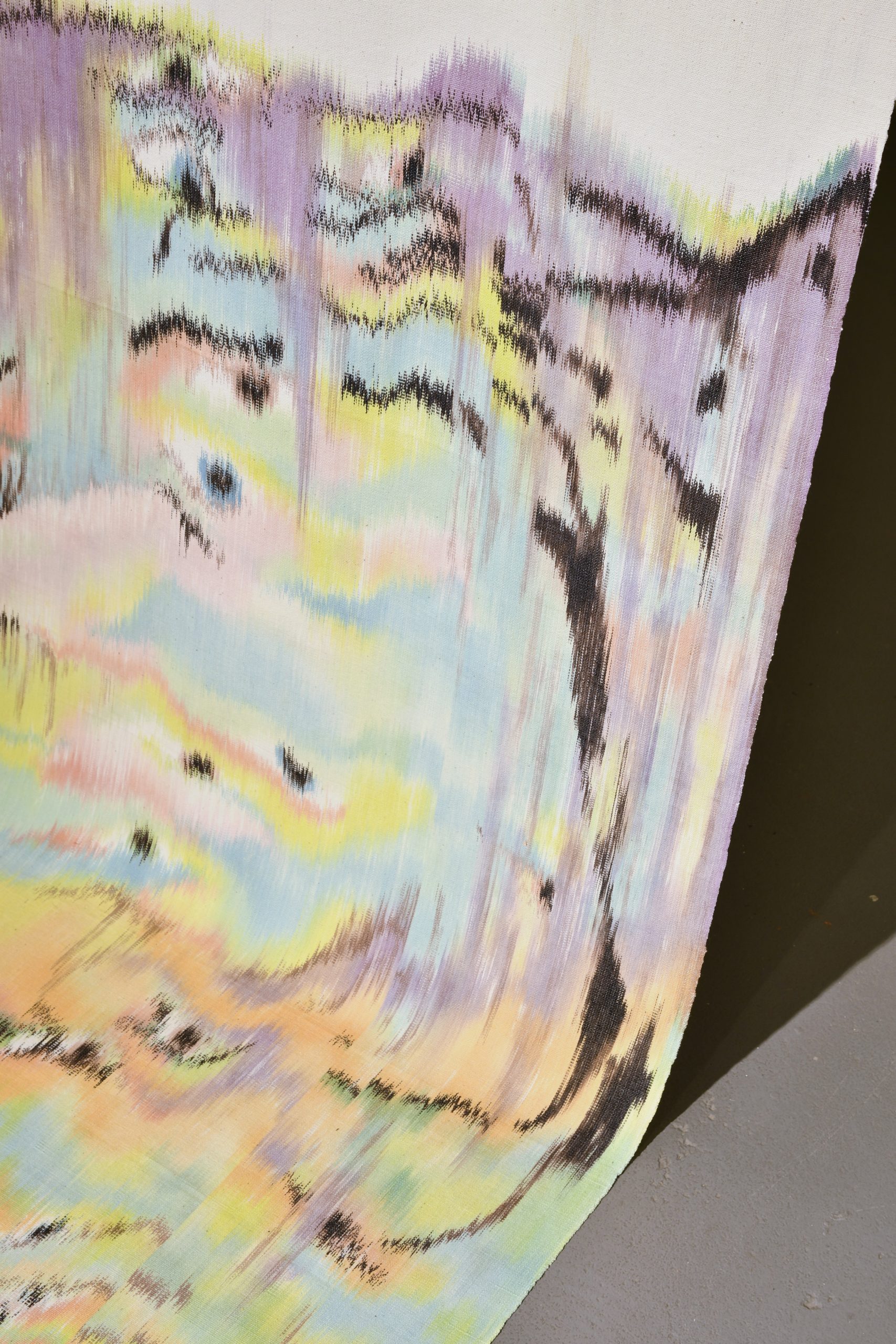
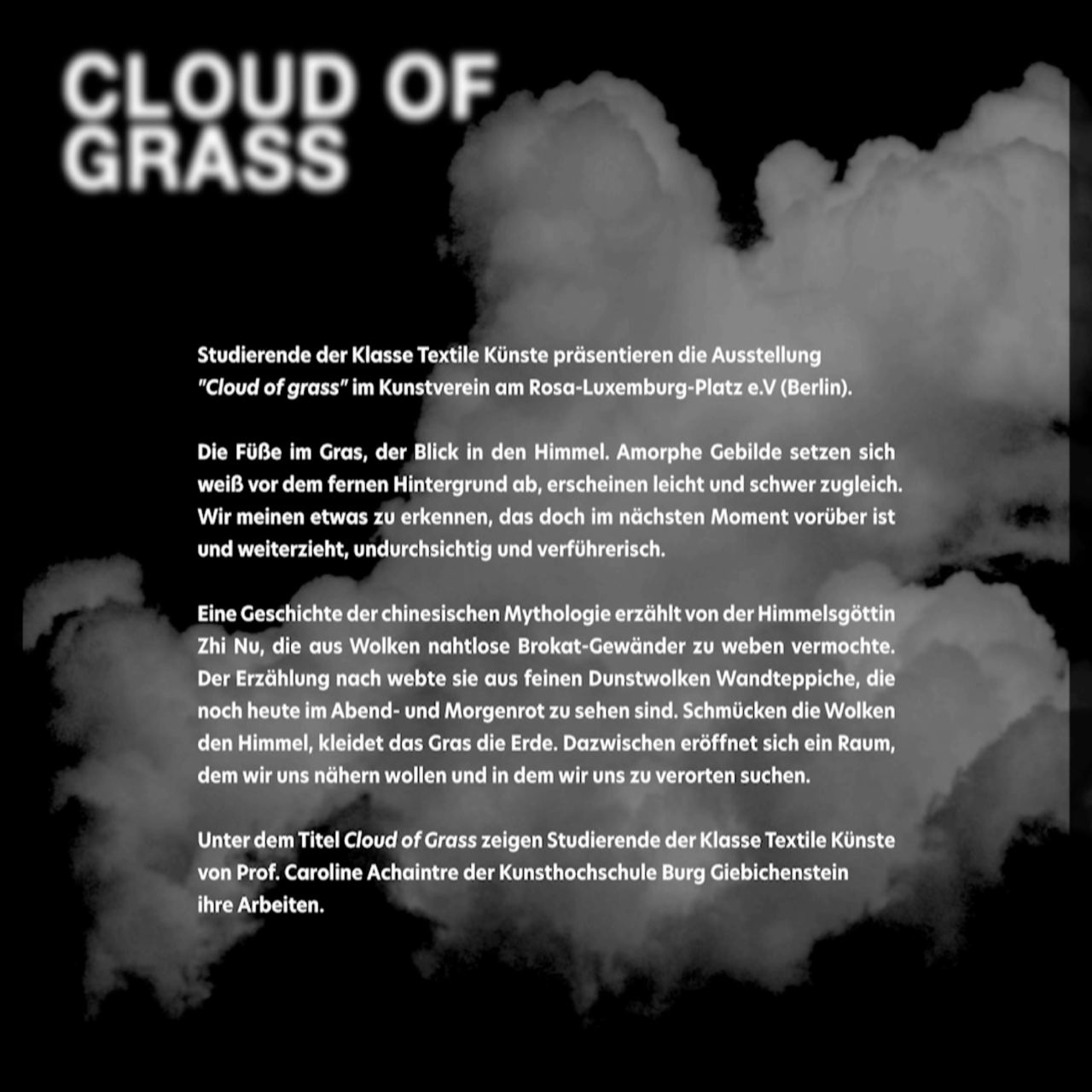
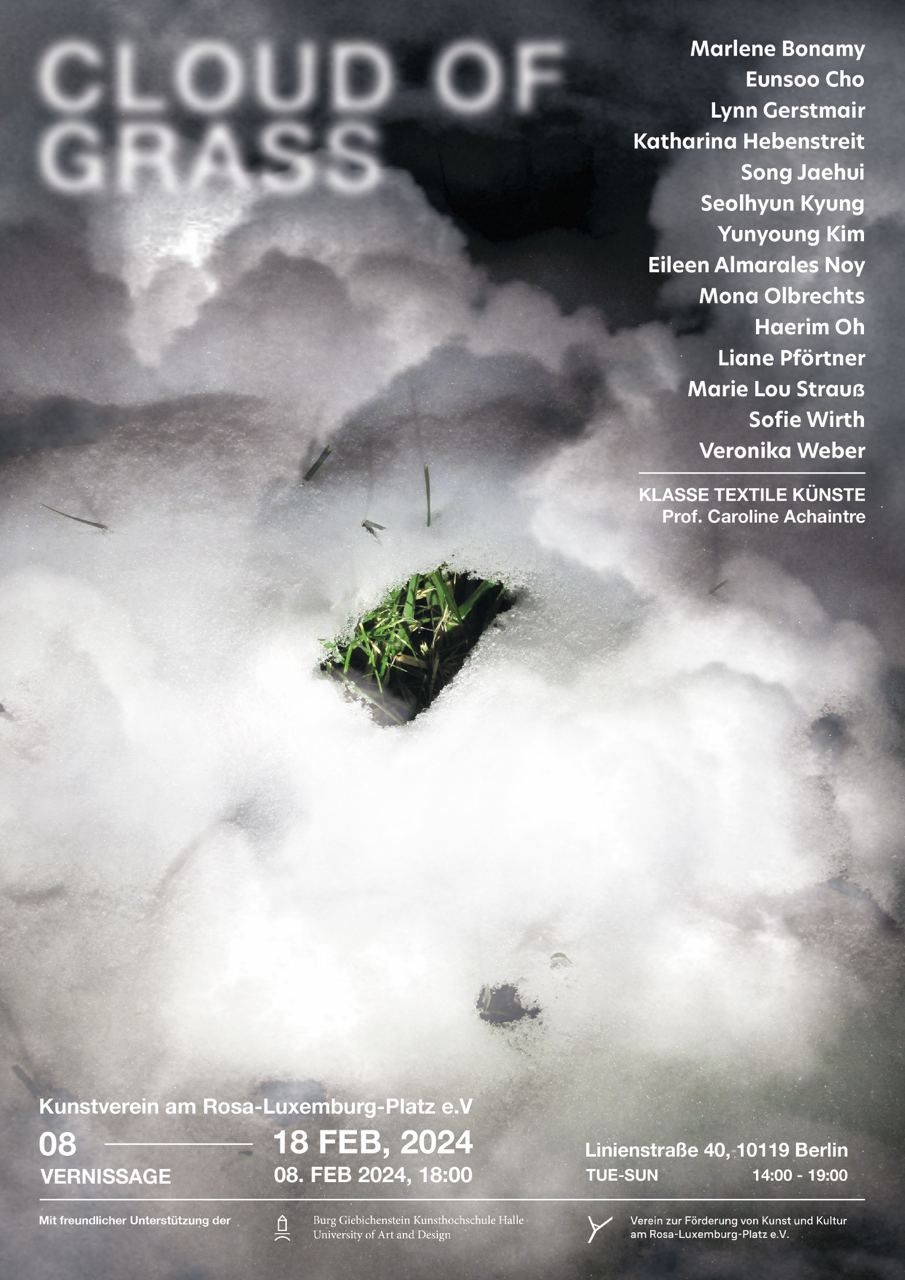
photos: Lynn Gerstmair
mit/with Marlene Bonamy / Eunsoo Cho / Lynn Gerstmair / Katharina Hebenstreit / Song Jaehui / Seolhyun Kyung / Yunyoung Kim / Eileen Almarales Noy / Mona Olbrechts / Haerim Oh / Liane Pförtner / Marie Lou Strauß / Sofie Wirth / Veronika Weber
Eröffnung / Opening: 08.02.2024 / 18 Uhr
Ausstellung / Exhibition: 09.02.-18.02.2024
Öffnungszeiten / Opening hours: Di – So / Tue – Sun 14 – 19 Uhr
Die Füße im Gras, der Blick in den Himmel. Amorphe Gebilde setzen sich weiß vor dem fernen Hintergrund ab, erscheinen leicht und schwer zugleich. Wir meinen etwas zu erkennen, das doch im nächsten Moment vorüber ist und weiterzieht, undurchsichtig und verführerisch.
Eine Geschichte der chinesischen Mythologie erzählt von der Himmelsgöttin Zhi Nu, die aus Wolken nahtlose Brokat-Gewänder zu weben vermochte. Der Erzählung nach webte sie aus feinen Dunstwolken Wandteppiche, die noch heute im Abend- und Morgenrot zu sehen sind. Schmücken die Wolken den Himmel, kleidet das Gras die Erde. Dazwischen eröffnet sich ein Raum, dem wir uns nähern wollen und in dem wir uns zu verorten suchen.
Unter dem Titel Cloud of Grass zeigen Studierende der Klasse Textile Künste von Prof. Caroline Achaintre der Kunsthochschule Burg Giebichenstein ihre Arbeiten im Kunstverein am Rosa-Luxemburg-Platz in Berlin.
Geöffnet ist die Ausstellung vom 09.02.-18.02.2024
Di – So von 14-19 Uhr
Am Donnerstag, den 08. Februar laden wir um 18 Uhr zur Vernissage mit Sekt und süßen Wolken!
Eng:
Zhi Nu, the goddess of the sky, wove tapestries from fine clouds of mist that can still be seen today at sunset and sunrise.
In between Clouds and Grass, a space opens up in which we try to locate ourselves.
In the exhibition Clouds of Grass, 14 students from Prof. Caroline Achaintre’s Textile Arts class at Burg Giebichenstein University of Art and Design Halle are showing their work at the Kunstverein am Rosa-Luxemburg-Platz in Berlin.
The exhibition is open from February 9 – February 18, 2024 Tue – Sun from 14 – 19 pm
On Thursday, February 8, we invite you to our vernissage with sparkling wine and sweet clouds from 6 pm to 10 pm!
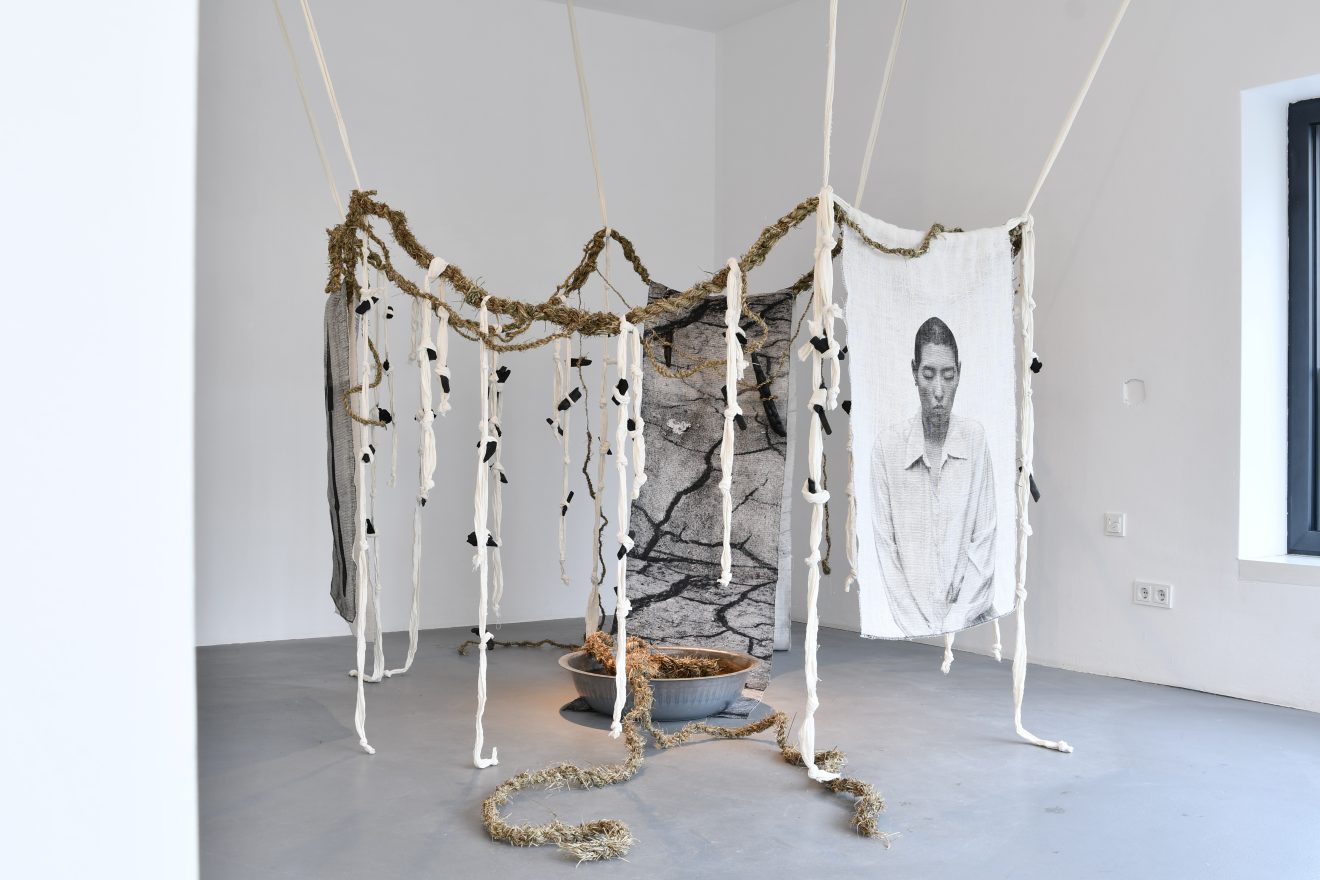
Manageable Matter, Emma Waltraud Howes
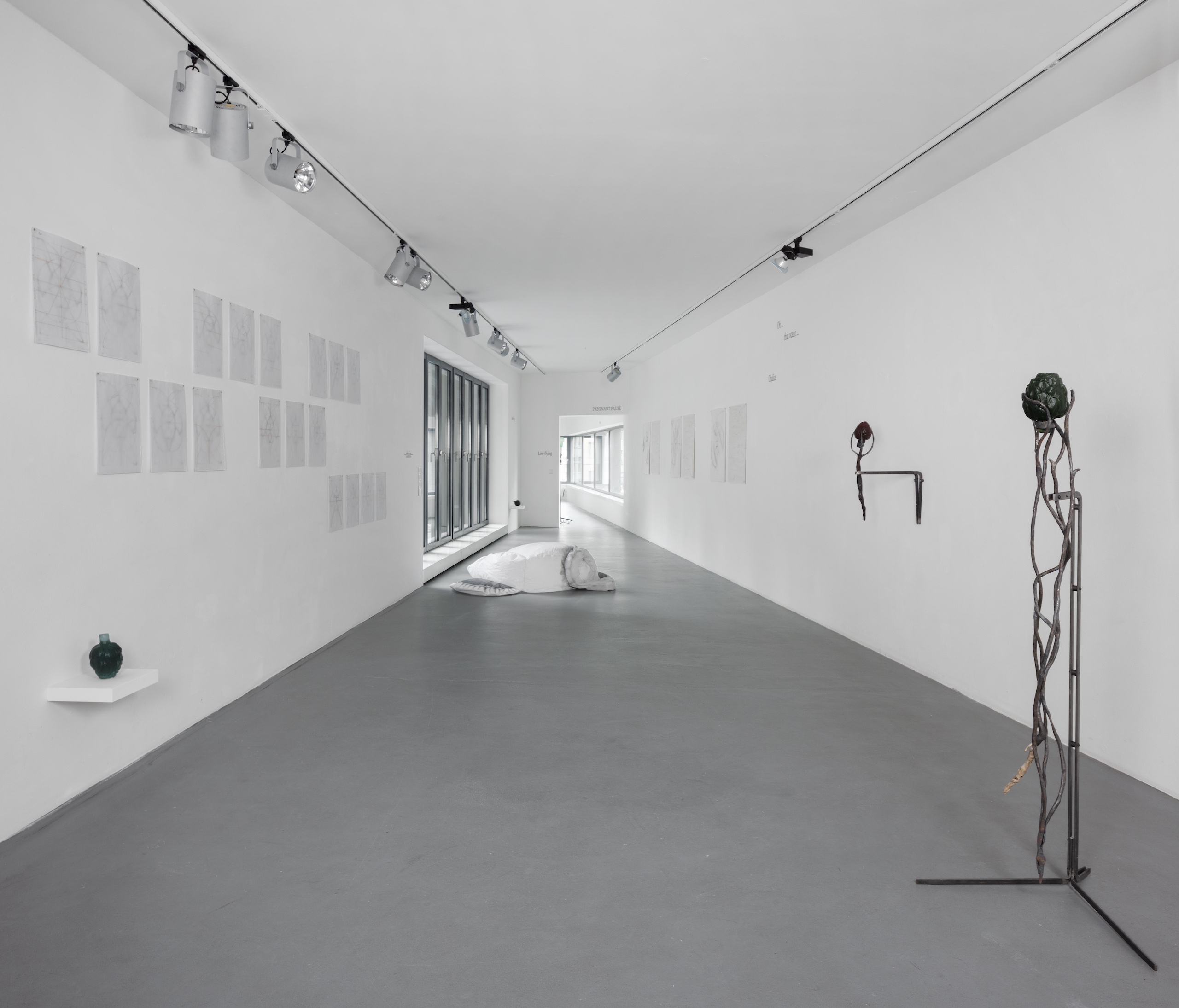
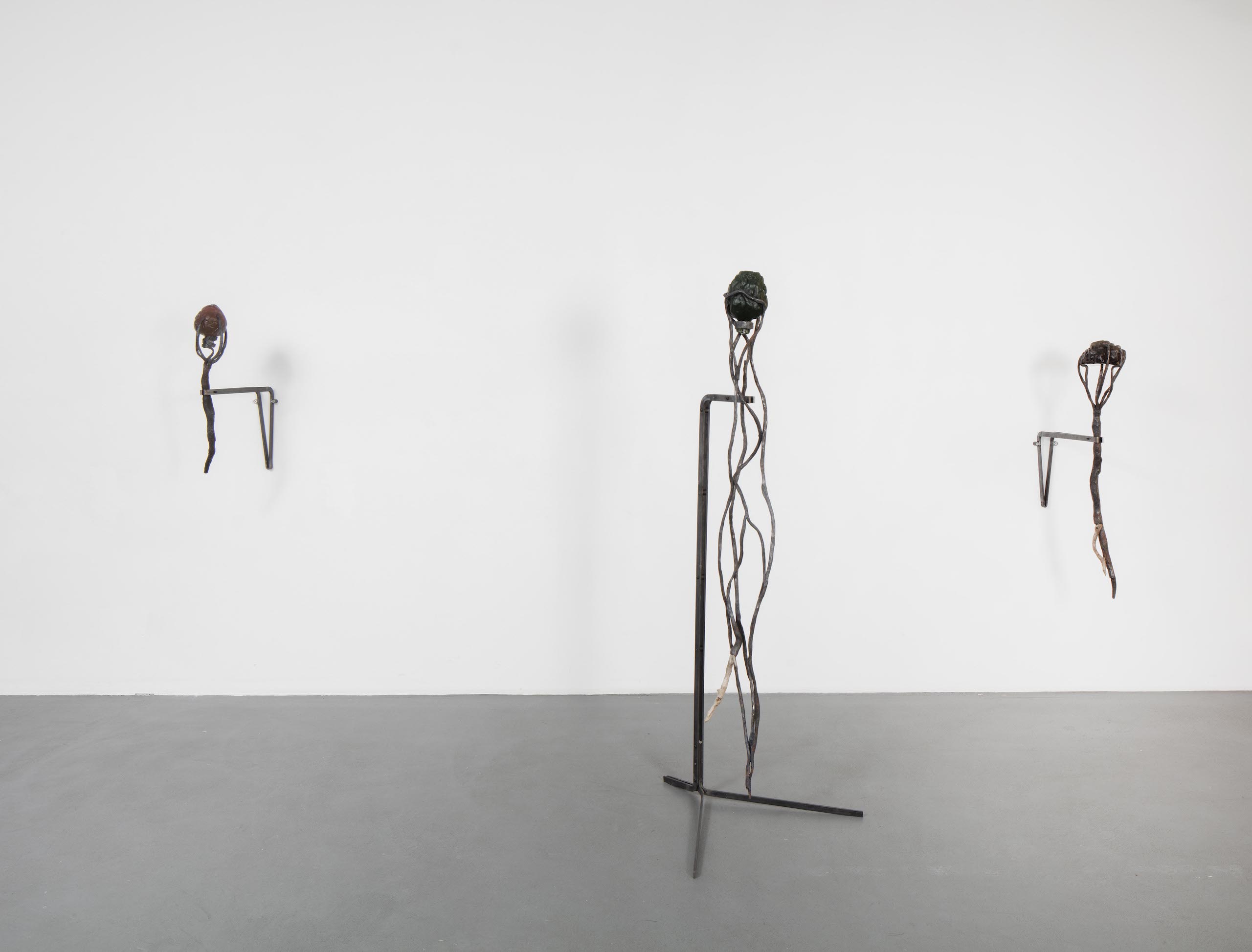
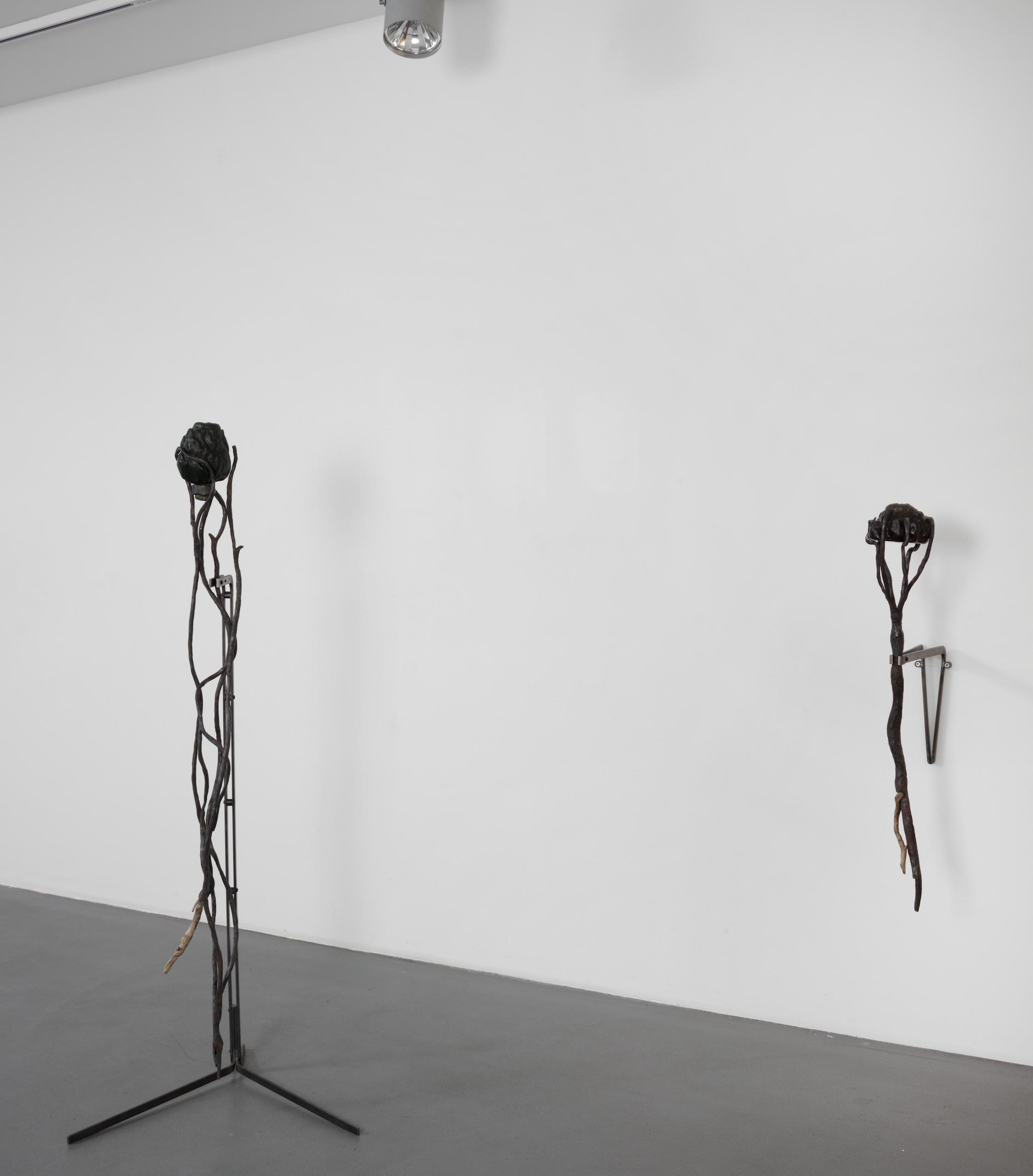
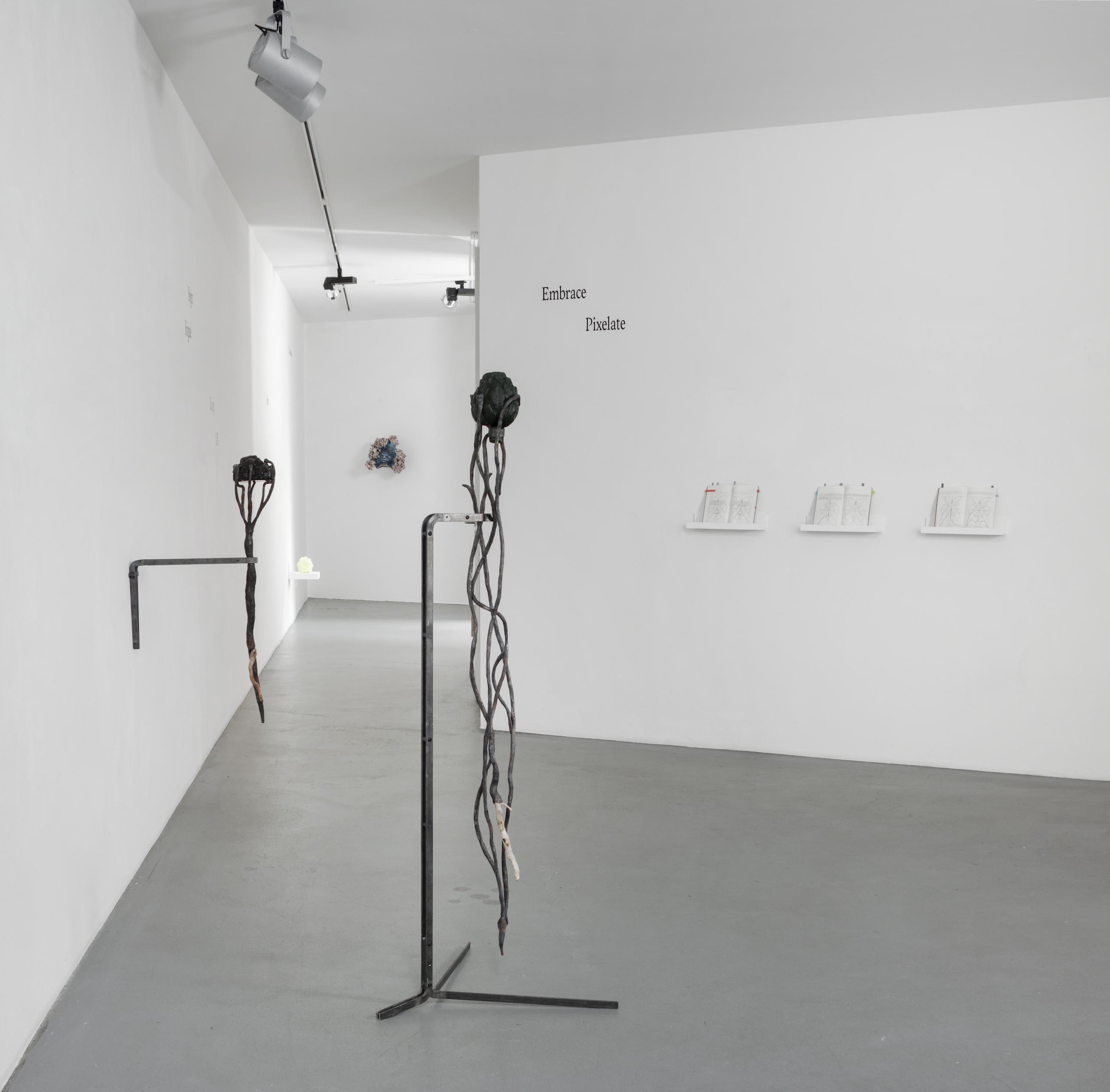

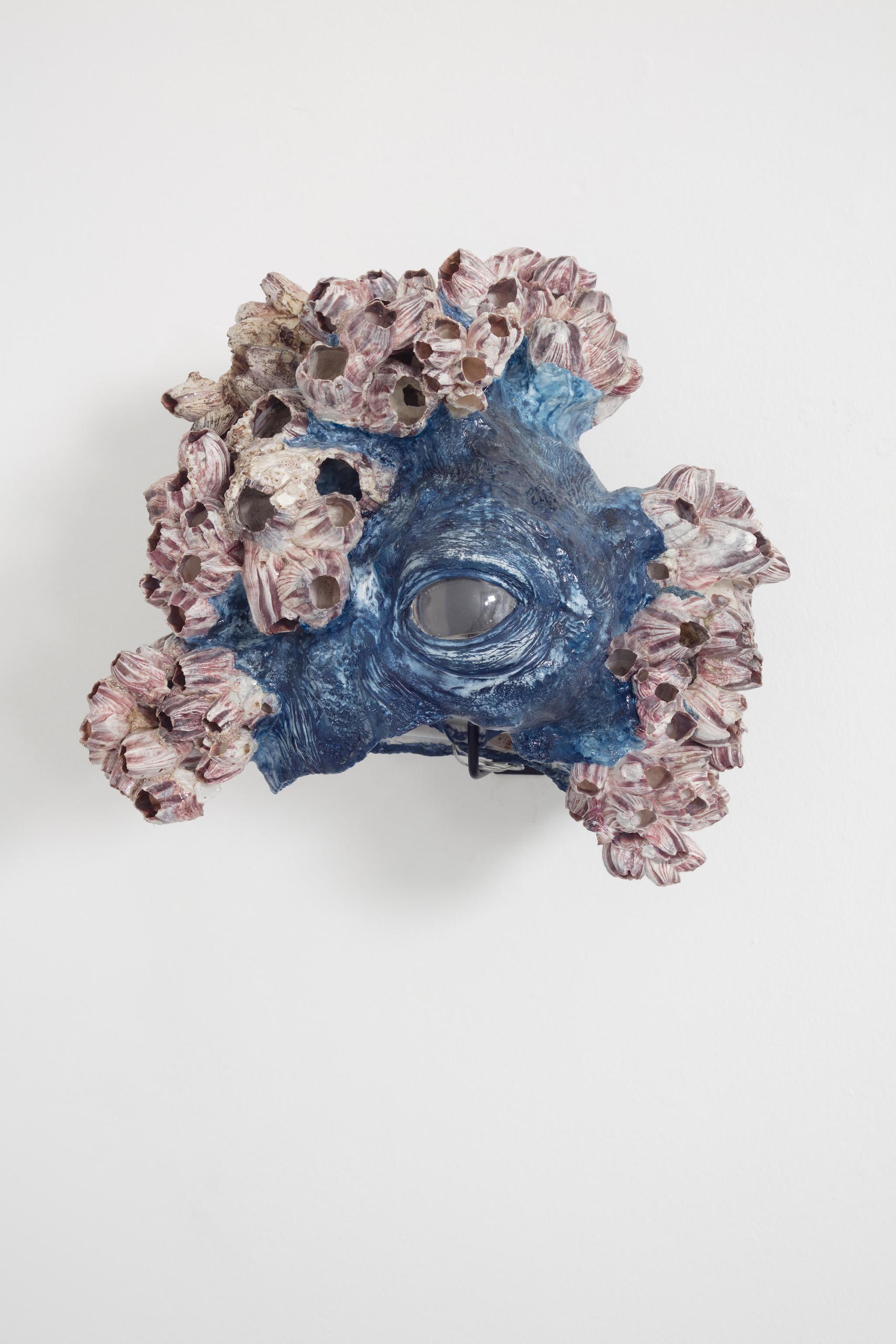



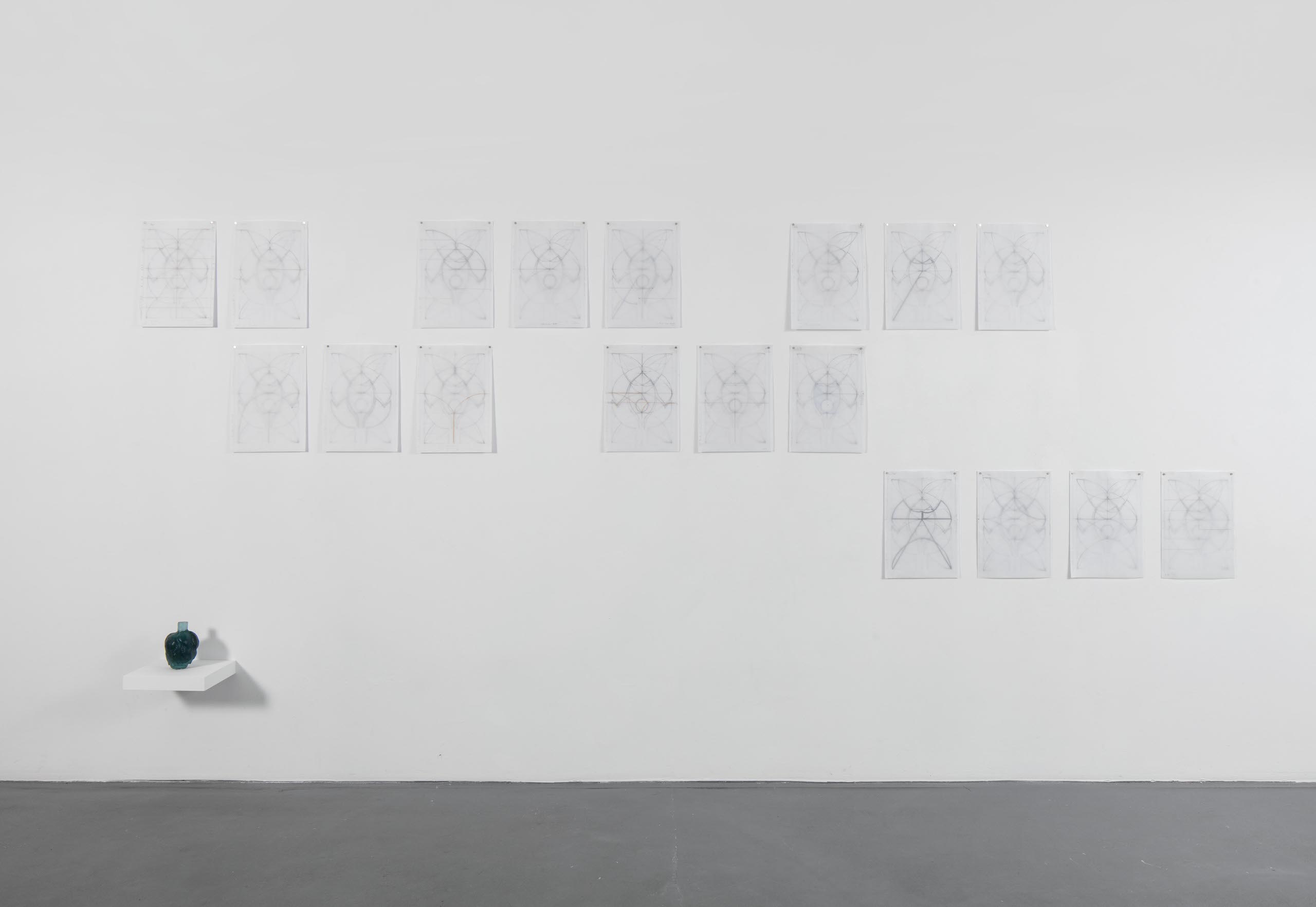
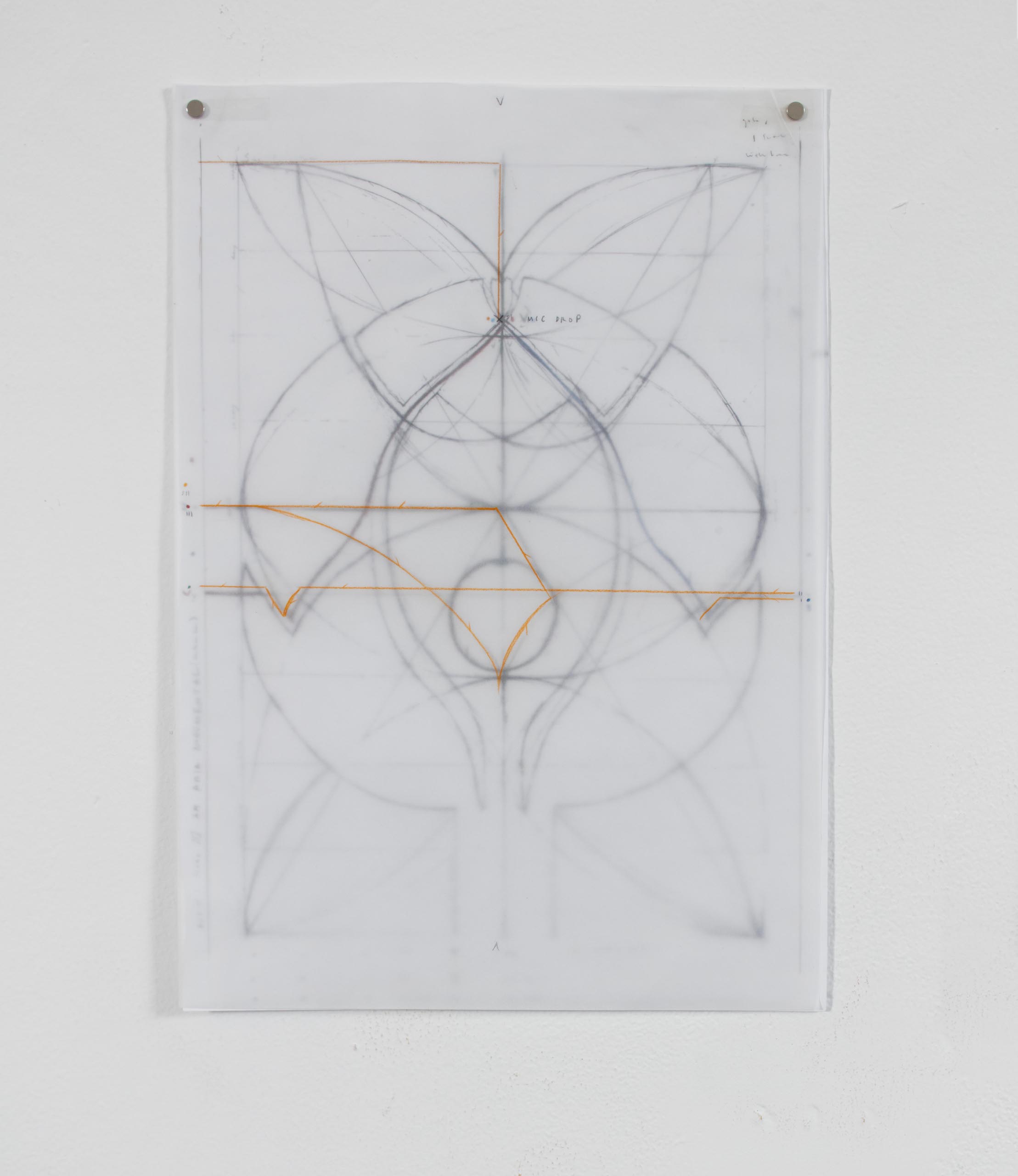

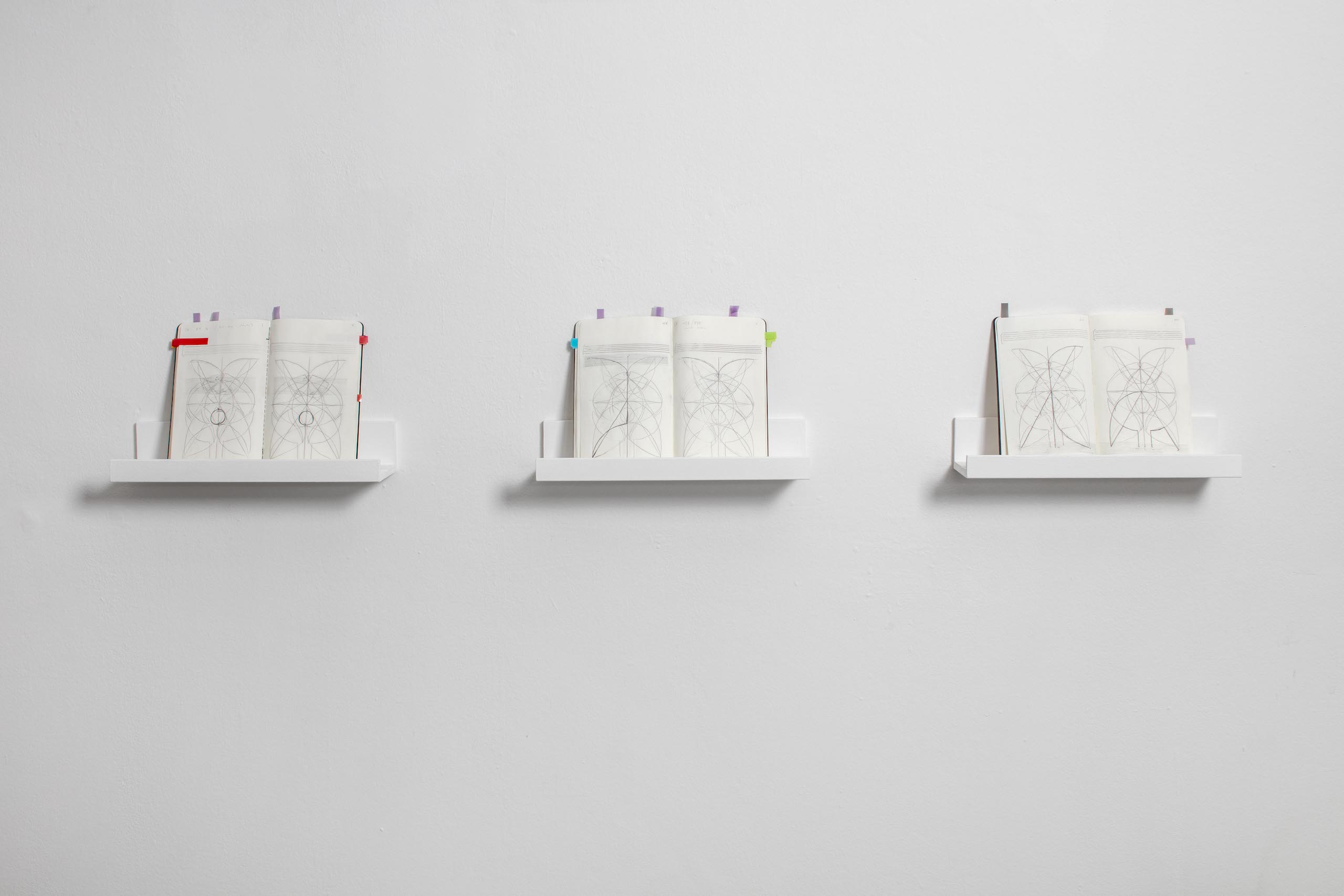
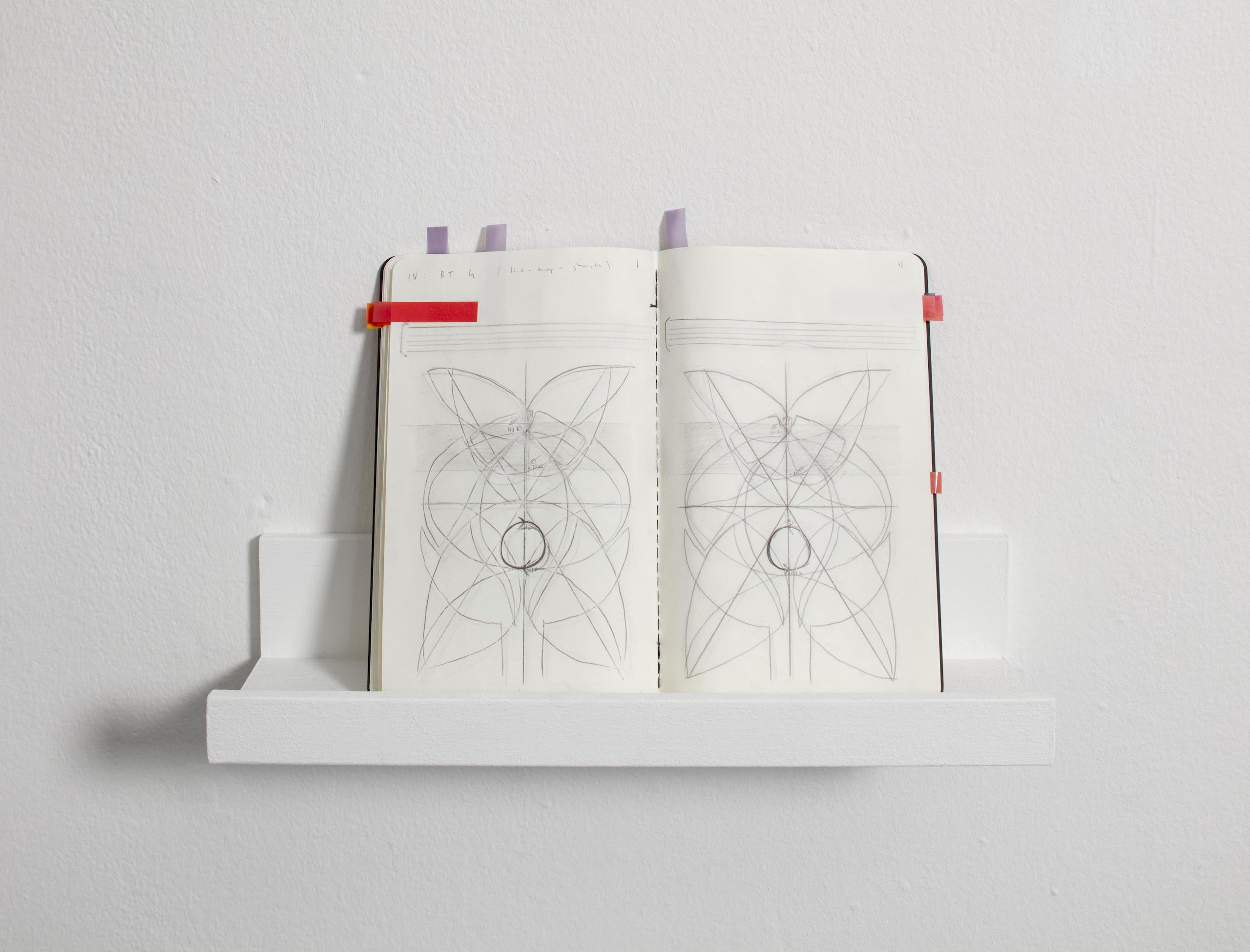
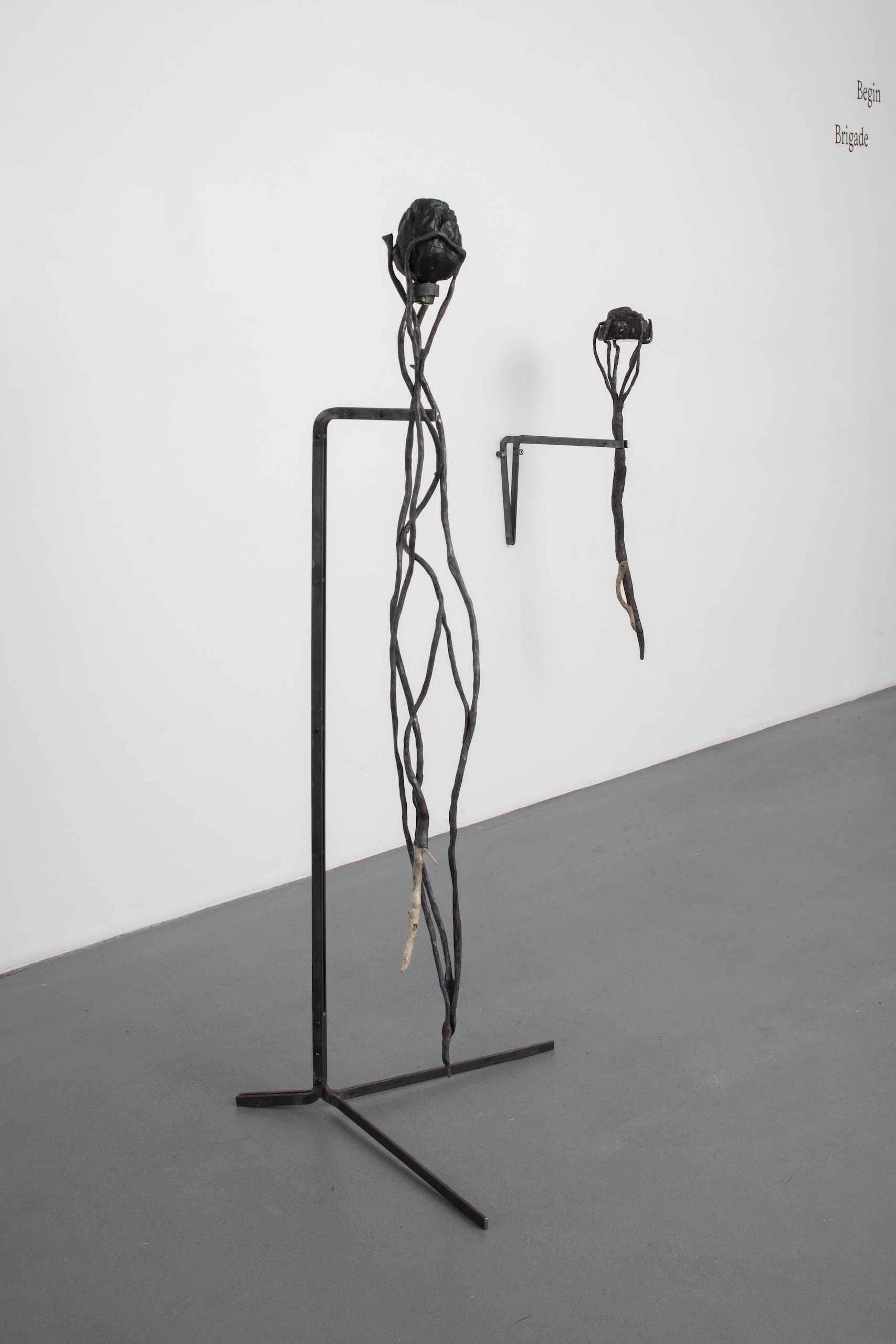
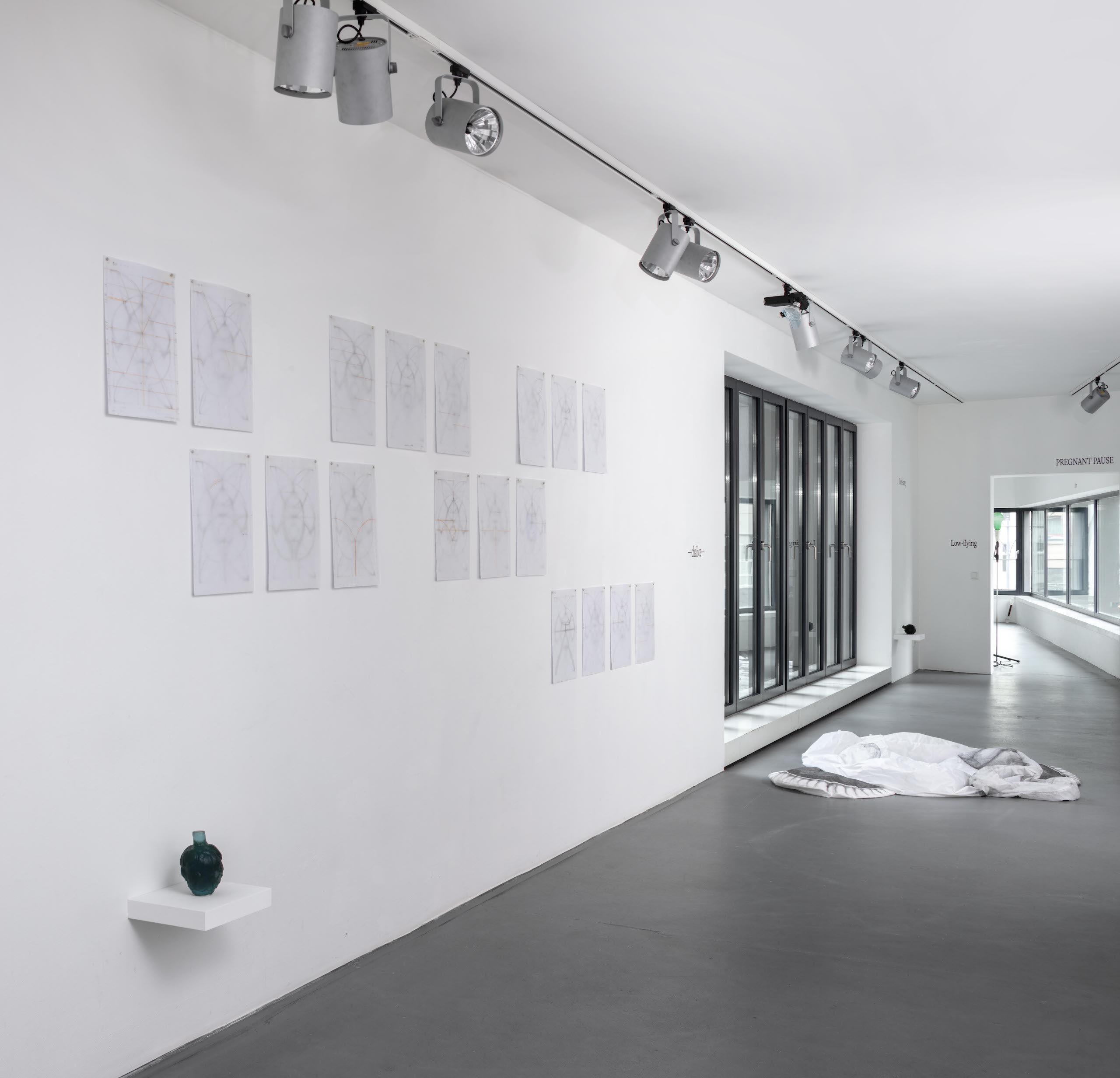
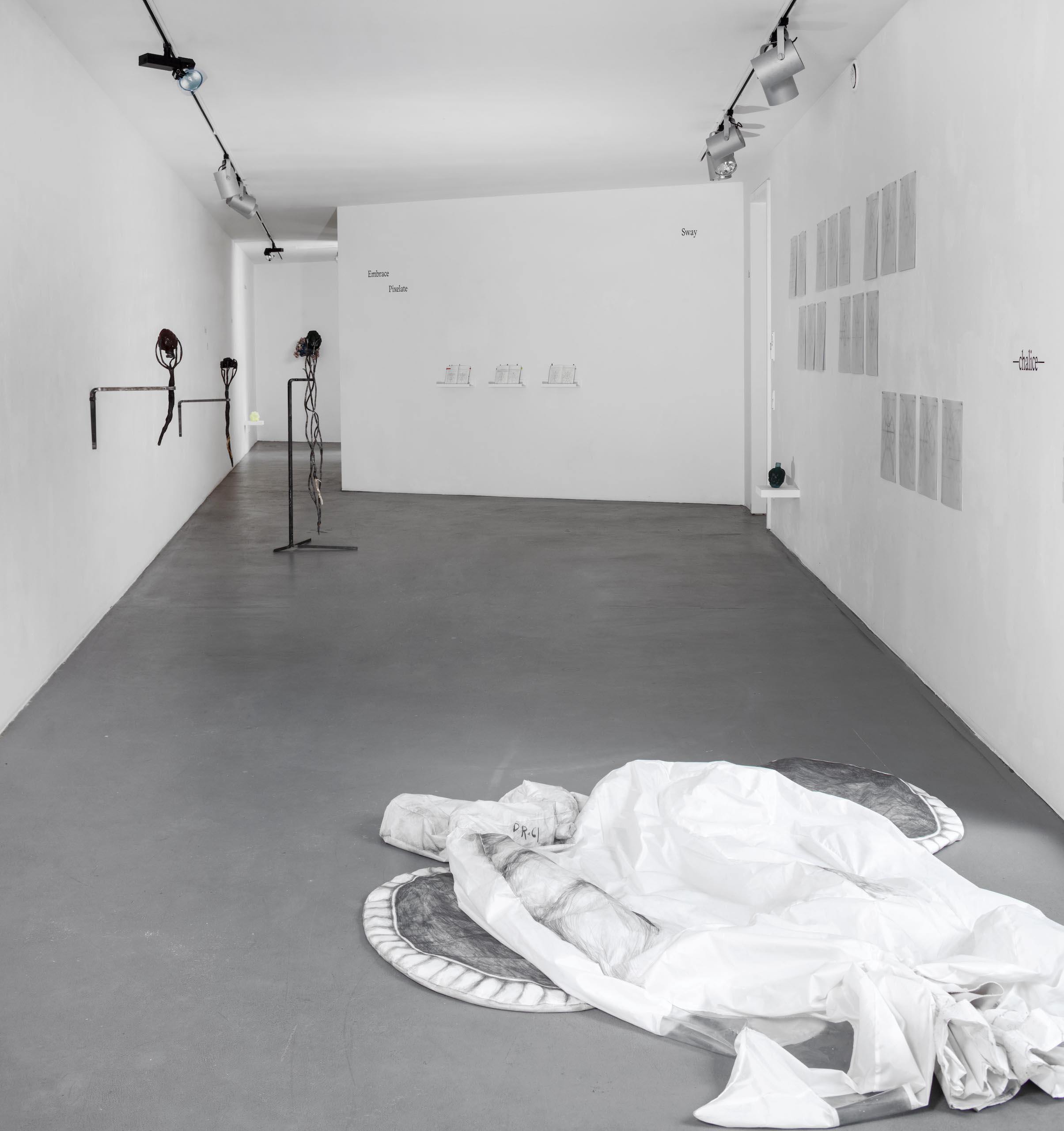
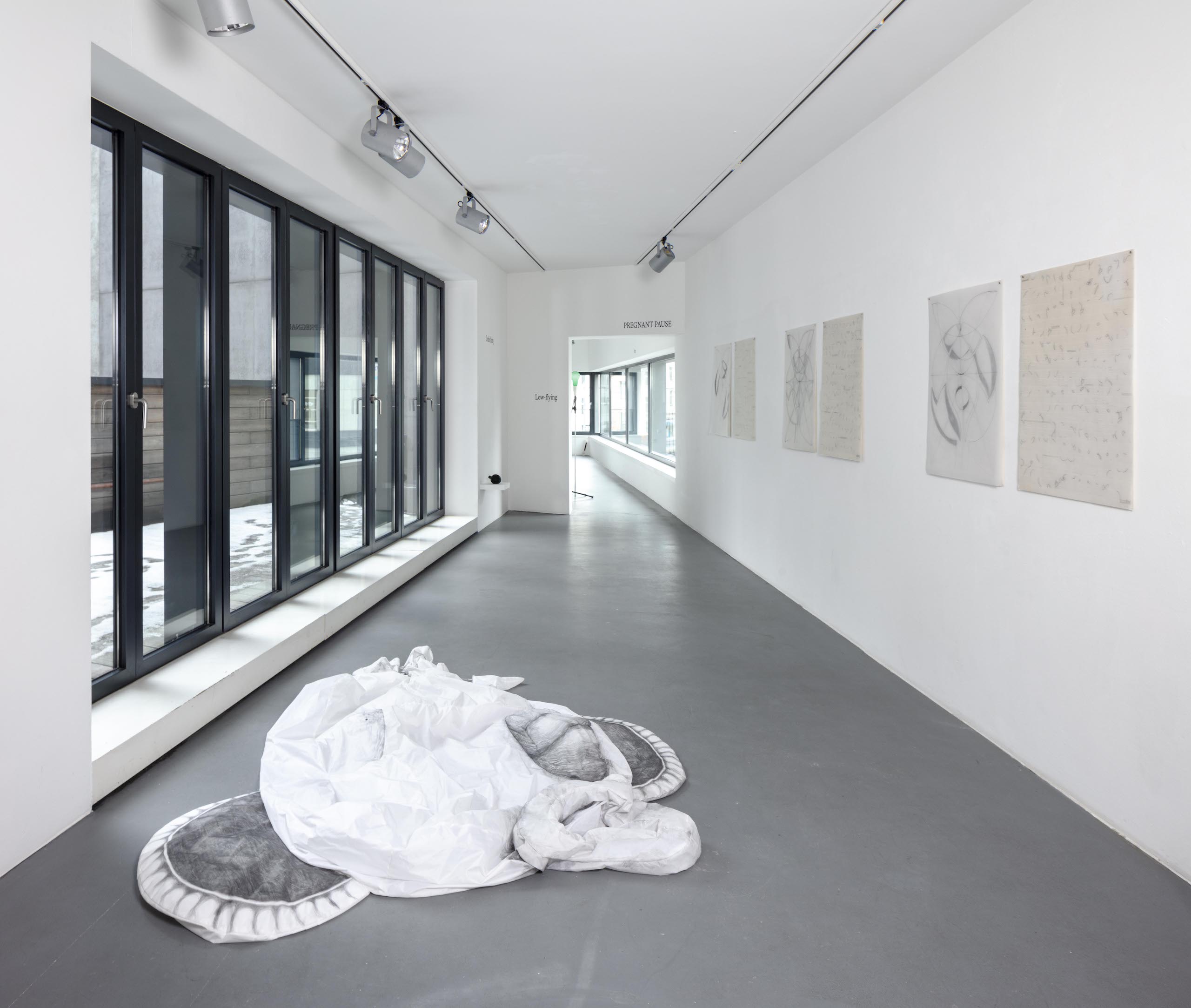
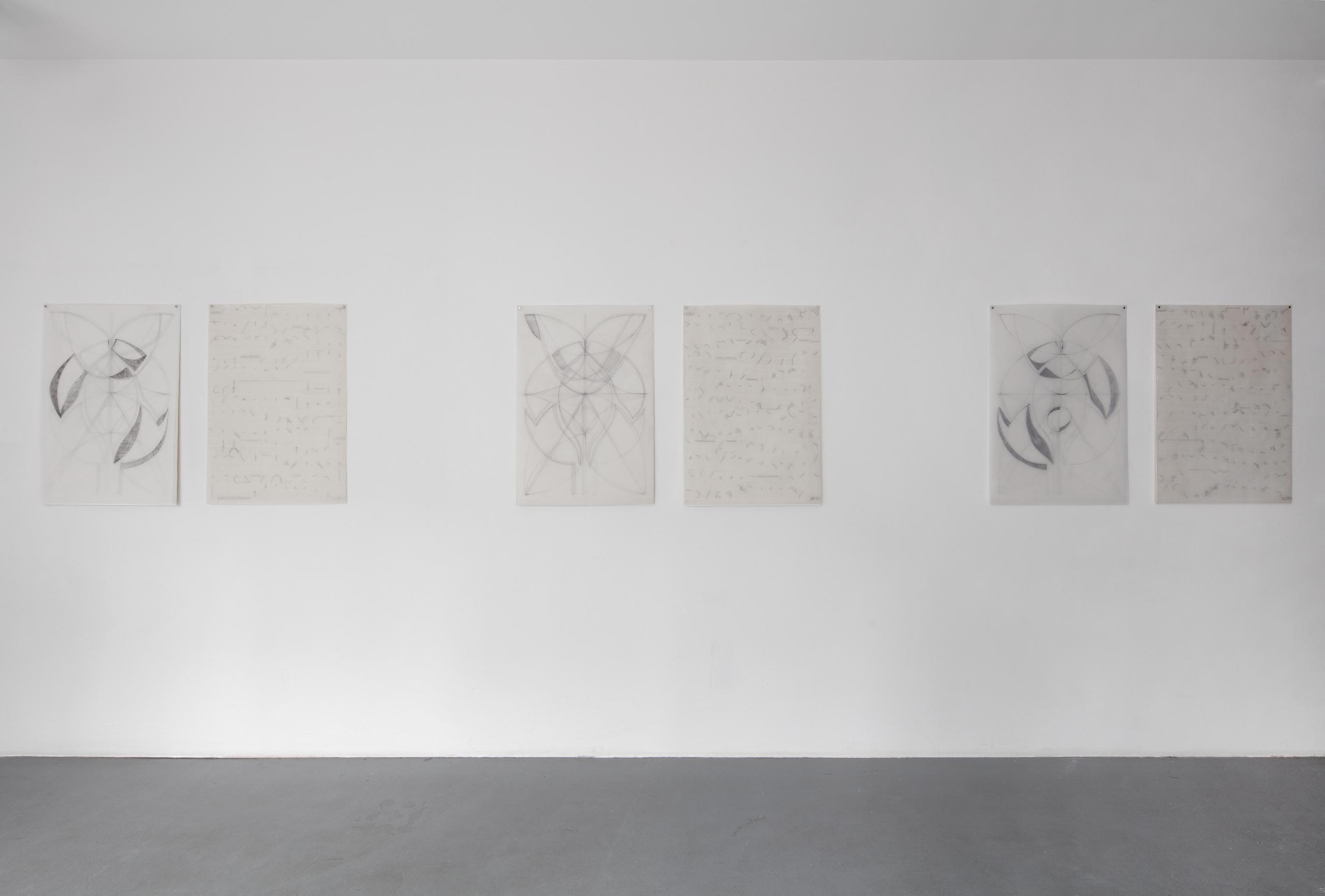

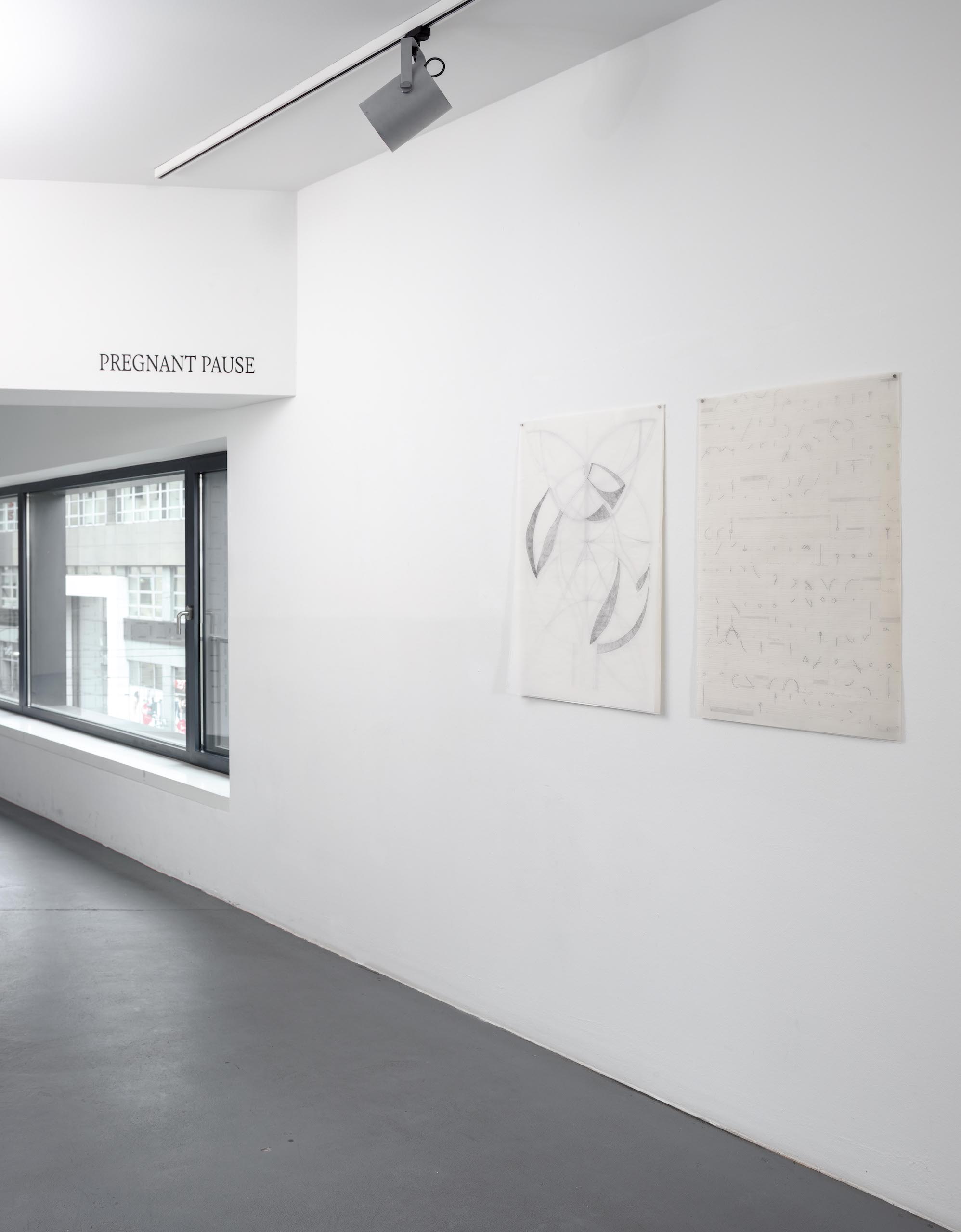

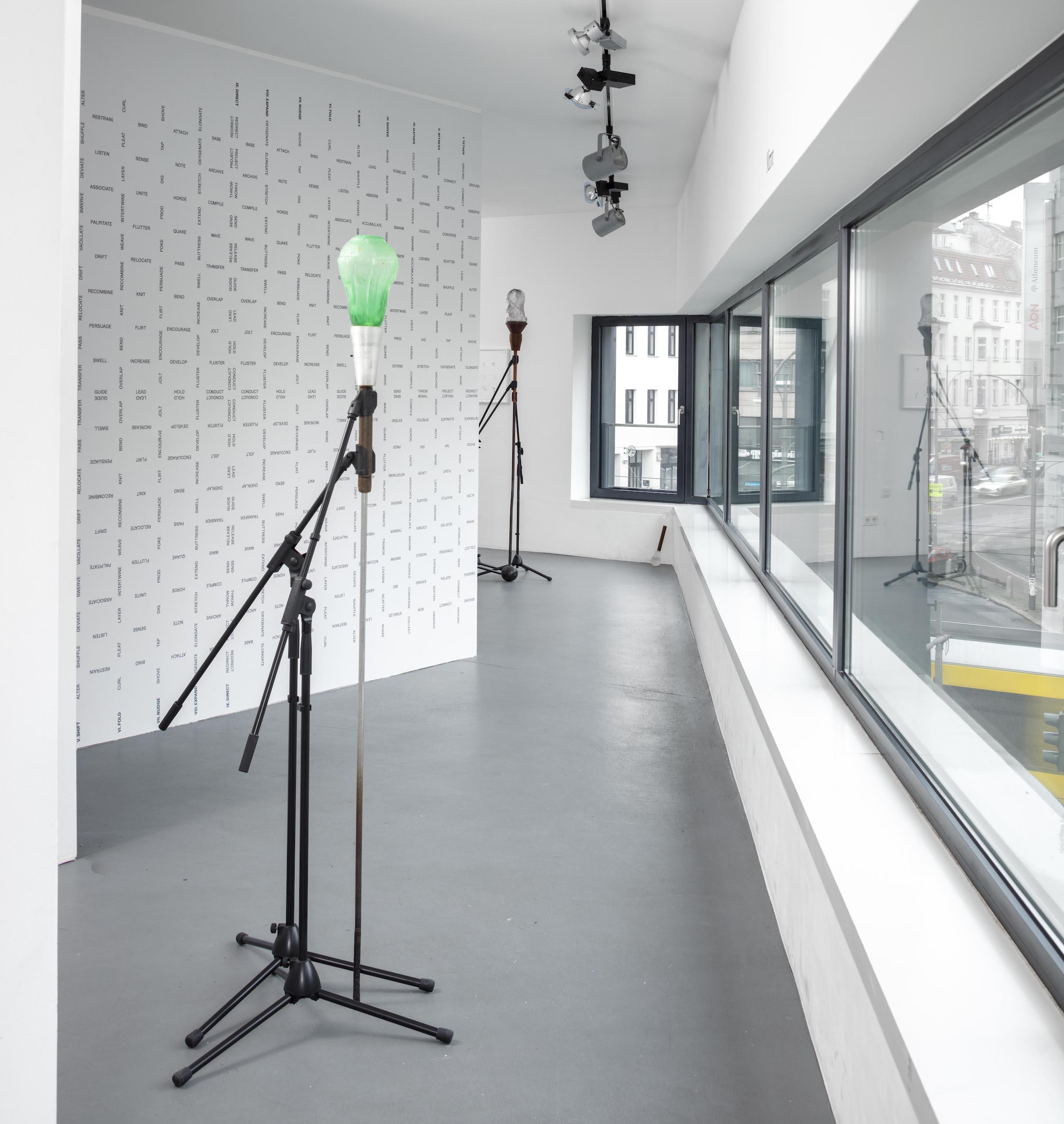
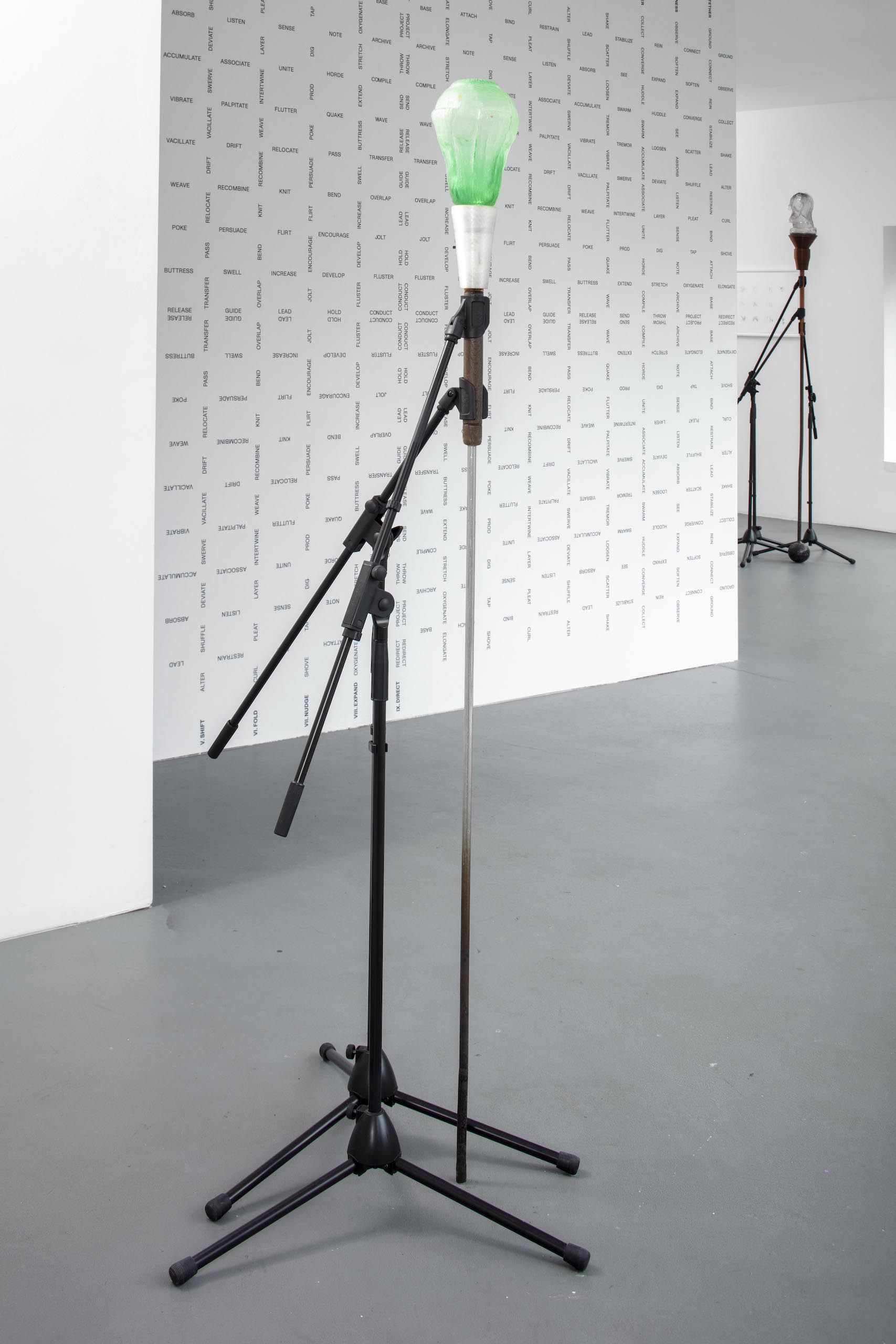





Eröffnung | Opening: 23.11.2023, 19 h
Performance: itinerant interlude #3 mit | with Kinga Ötvös
Zu sehen | On view: 24.11.2023 – 27.01.2024
Öffnungszeiten | opening times: Do-Sa | Thu – Sat 14-18 h und auf Anfrage | and upon demand
Emma Waltraud Howes Arbeit oszilliert zwischen Bewegung und Form und reicht von zeitbasierter Performance-Installationen über Soft-Skulptur, Klang bis zu Improvisationen mit fehlerhaften Objekten. Ihre Tanzschriften – Anleitungen für die Performer ihrer Stücke – sind von außergewöhnlich präziser Ästhetik. Sie sind die Grundlage für ihre vielschichtigen Neukonfigurationen von Körper und Raum. Howes transdisziplinären Arbeiten entwickeln sich im Rahmen einer konzeptionellen Kunstpraxis vor einem Hintergrund in Tanz (Ballett, Barockoper, Moderne und Baguazhang), Performancetheorie und bildender Kunst.
Dabei wird ihre Arbeit wird von der Beobachtung von Gesten geleitet, wobei der Schwerpunkt auf spekulativen Partituren liegt – Kompositionen, die ein Stadium in der Entwicklung von Konzept und Absicht zu Darstellung und Wirkung repräsentieren. Gestützt auf ihre grafischen Systeme schafft Howes Raum für konzentrierte Begegnungen oder ein „ernsthaftes Spiel“; ein Prozess, der die verkörperte Erfahrung einbezieht und zur Schaffung von „Hyper-Glitch“-Opern wie „Cadavre Exquis“ führt – Chimären, die das umfassende Scheitern feiern und alternative Perspektiven fördern.
In der Ausstellung „Manageable Matter“ zeigt Howes eine Reihe von Glasskulpturen und spekulativen grafischen Partituren. Schwerkraft und Anmut werden durch verschiedene skulpturale Variationen gläsernen Artischockenherzen erforscht. Kombiniert mit Metall- und Holzelementen sind einige diese Formen von keulenartigen Stämmen umschlossen, die sich ausgehend von mittelalterlichen Keulen in Trommelstöcke verwandeln, verzweigen und verästeln um schließlich zu langgestreckten Treibholzstöcken zu werden. Die „Orakel-Dekantierer“ gruppieren sich in der Dunkelheit, während Sehinstrumente multidirektionale Blickvariationen üben. Diese Prothesen werden als performative Objekte für eine Reihe von Interventionen zum Thema „Optimistischer Inkrementalismus“ verwendet – „Inkrementalismus“ bezieht sich auf eine Handlungsstrategie, die durch Versuch und Scheitern, Erweiterung und Verbesserung gekennzeichnet ist, um die Art und Weise zu thematisieren, in der wir unerbittlich mit der Vergangenheit verbunden sind.
Anlässlich der Eröffnung von Howes‘ Einzelausstellung wird die Opernsängerin und Performerin Kinga Ötvös auftreten. Ötvös hat zuvor bereits mit Howes für die 3-Kanal Filminstallation Bang Bang Baroque zusammengearbeitet, die Anfang 2024 in Canada Premiere haben wird. Die Performance ist Teil der Reihe itinerant interludes kuratiert von Laurie Schwartz und ermöglicht durch die freundliche Unterstützung der initiative neue musik (INM) Berlin.
–
Eng.: Emma Waltraud Howes moves between movement and form, from time-based performance installations to soft sculptures and sound experiments. Howe’s transdisciplinary works develop within the framework of a conceptual art practice. Informed by dance, martial arts, performance theory and visual art, she focuses her attention on gestural observations and speculative scores.
Her work is guided by the observation of gesture, with a focus on speculative scores – compositions that represent a stage in the evolution of concept and intention to representation and effect. In her practice, her dance scripts – graphic systems for the performers of her pieces – are of an extraordinarily precise aesthetic. Drawing on her graphic systems, Howes creates space for concentrated encounters or ’serious play‘; a process that engages embodied experience and leads to the creation of ‚hyper-glitch‘ operas such as ‚Cadavre Exquis‘ – chimeras that celebrate comprehensive failure and encourage alternative perspectives.
In the exhibition „Manageable Matter“ Howes presents a series of glass sculptures and speculative graphic scores. Gravity and grace are explored through different sculptural variations of glass artichoke hearts. Combined with metal and wooden elements, some of these forms are encased in club-like trunks that transform from medieval clubs into drumsticks, branching and ramifying to become elongated driftwood sticks. The ‘oracle decanters’ are grouped together in the dark, while visual instruments practise multidirectional gaze variations. These prostheses are used as performative objects for a series of interventions on the theme of ‘Optimistic Incrementalism’ – ‘incrementalism’ refers to a strategy of action characterised by trial and failure, expansion and improvement, to address the way in which we are inexorably bound to the past.
Opera singer and performer Kinga Ötvös will perform on the occasion of the opening of Howes‘ solo show. Ötvös has previously collaborated with Howes on the 3-channel film installation Bang Bang Baroque, which will premiere in Canada in early 2024. The performance is part of the series itinerant interludes curated by Laurie Schwartz and made possible with the kind support of the initiative neue musik (INM) Berlin.
Vergrößern

supported by
Control Burn, Florian Raditsch
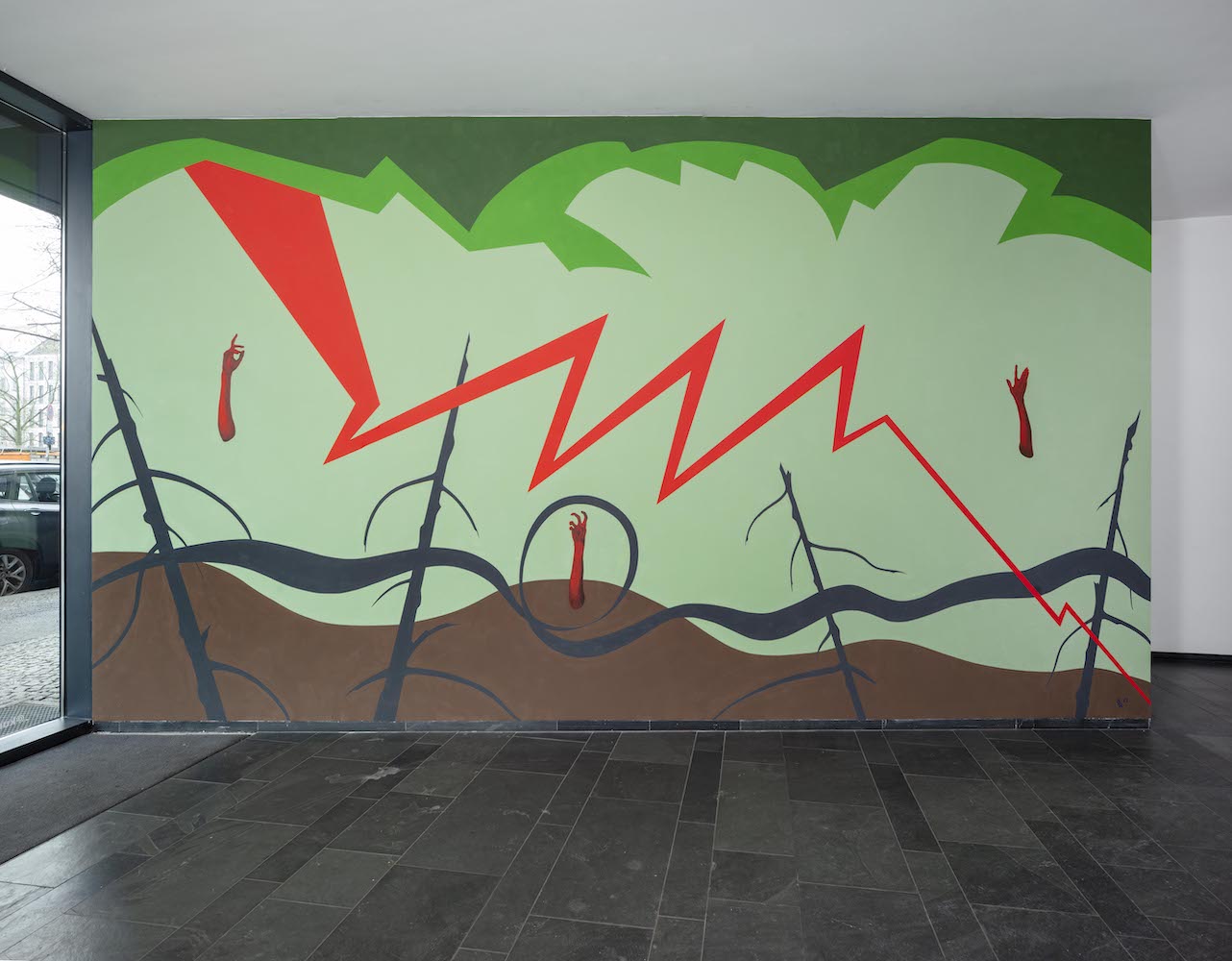
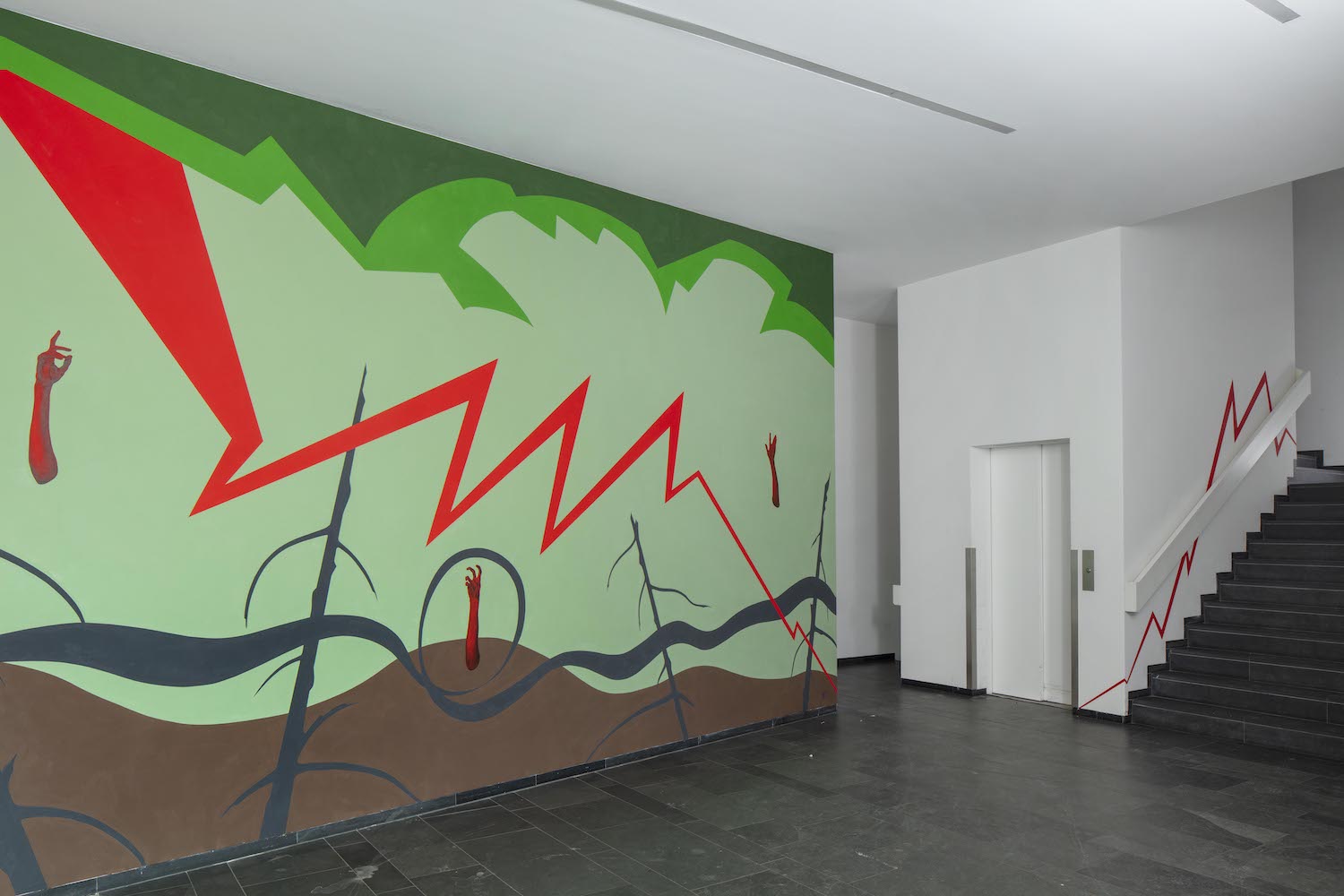

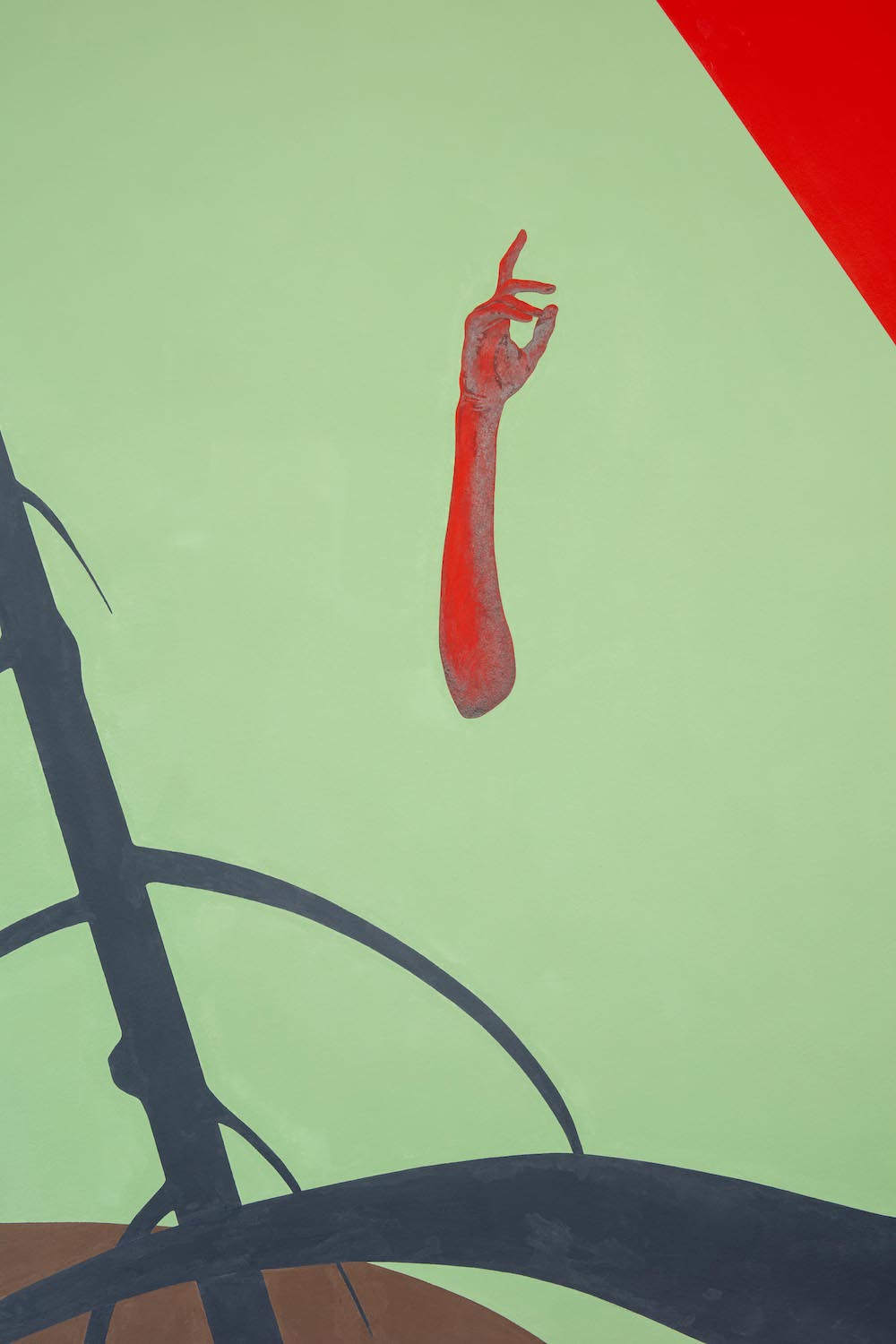
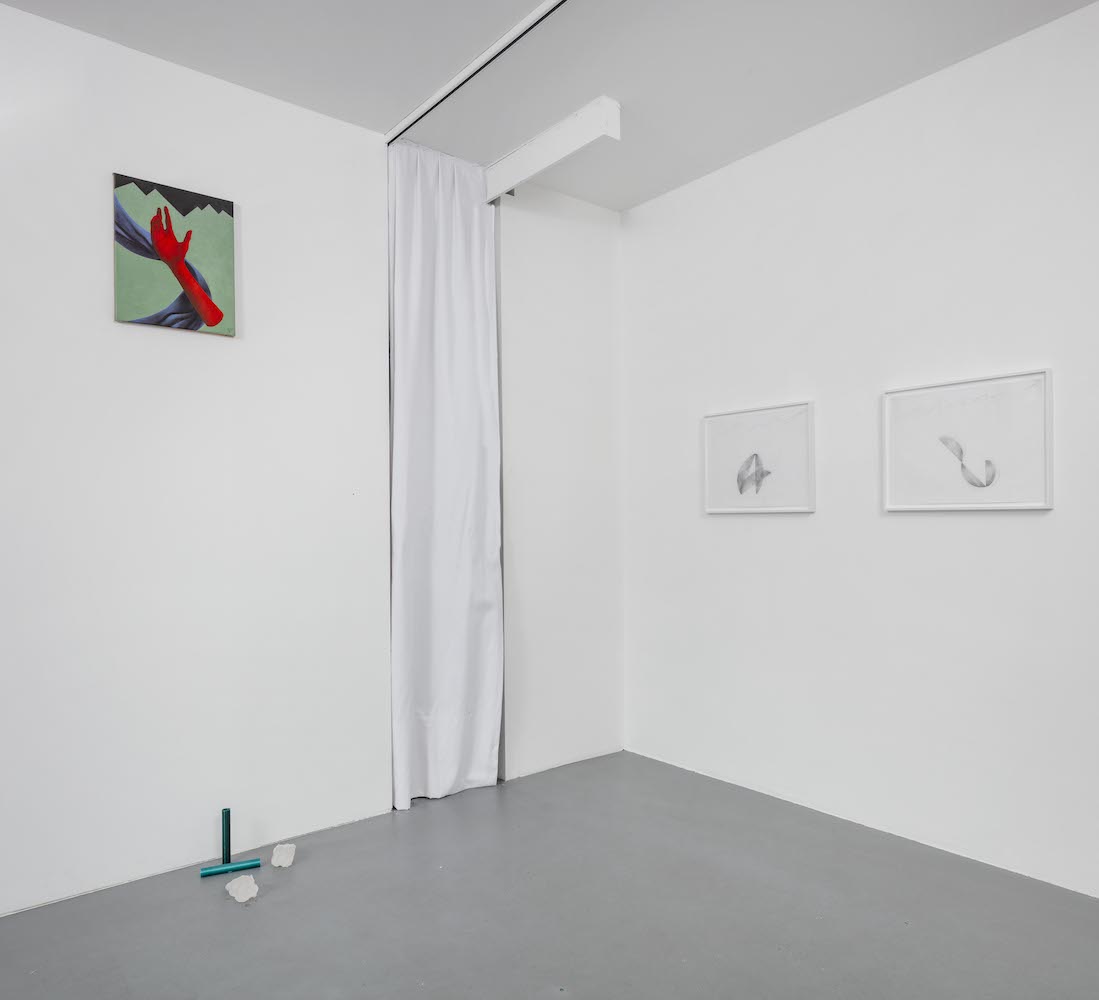
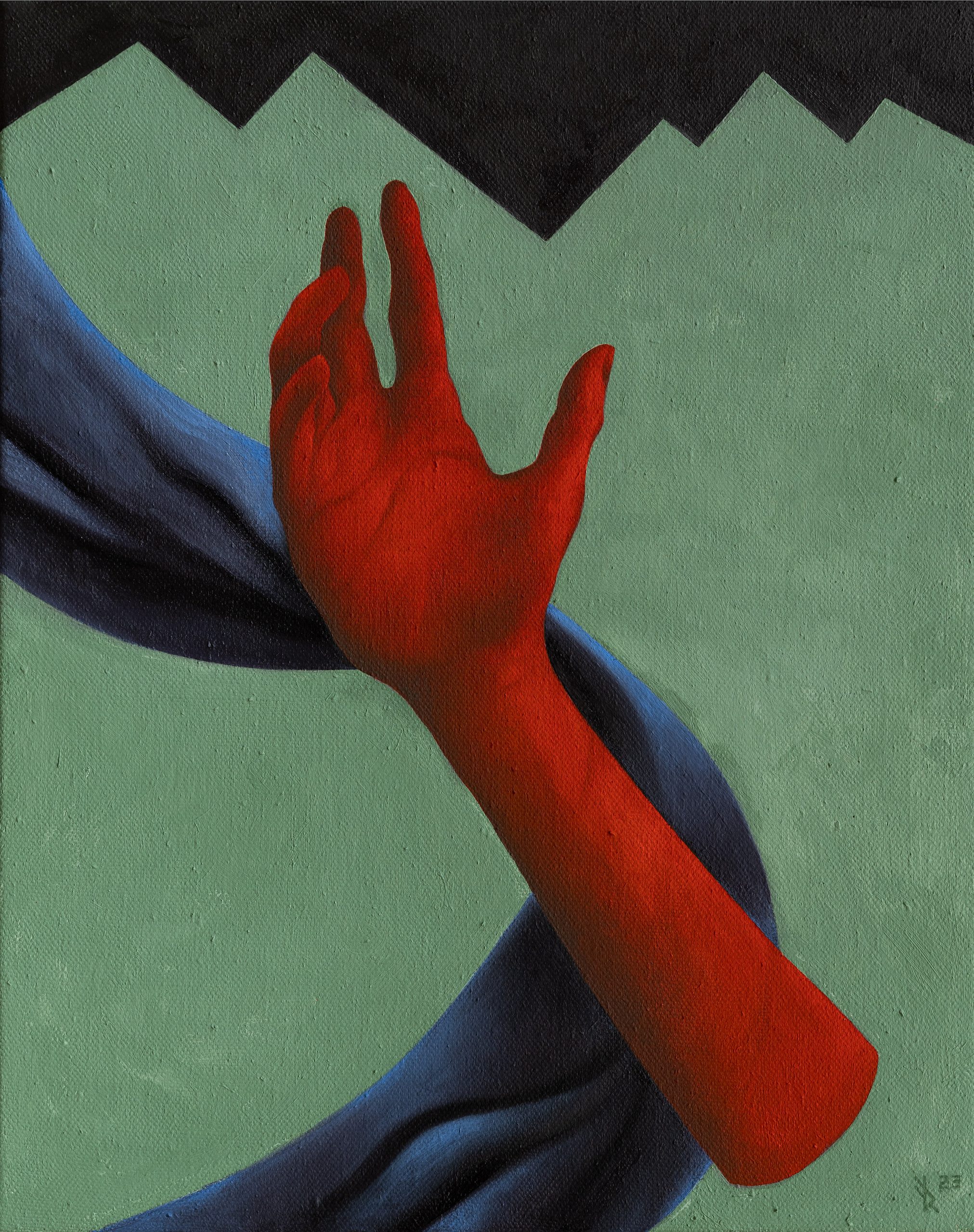
Einweihung / Inauguration: 23.11.23, 19 h
Eine Installation im Foyer des L40 und darüber hinaus / An installation in the foyer of L40 and beyond
Zu sehen | On view: 24.11.23 – 2.3.24
Öffnungszeiten | opening times: Wochentags während regulärer Bürozeiten + Sa 14-18 h | Weekdays during regular office hours + Sat 14-18 h
Die Arbeit des östereichisch-amerikanischen Künstlers Florian Raditsch verbindet in einmaliger Art Volkskunst und außereuropäische Traditionen mit der Moderne des frühen 20. Jahrhunderts. In verschiedene Techniken und Medien verschmilzt er seine Quellen in einem neuen aktuellen Kosmos, den ein sensibles Bewusstsein für die Natur durchdringt. Raditsch wuchs in der Sierra Nevada und im kalifonischen Hochland zwischen Farmern und Aussteigern aller Richtungen auf. Thematische Überschneidungen zwischen dieser Prägung und den Ideen der frühen Avantgarden sind zahlreich. In ihm spielen Ausdruckstanz, Spiritismus, das ES der Beatniks oder indigene Rituale genauso eine Rolle wie reale Feuersbrünste, deren explosive Energie und allegorische Präsenz in ihrem neuen Kontext mitten in Berlin eine zusätzliche Deutung erfahren. Denn die Stadt mit seinem Umland war ehemals ein Hotspot reformatorischer Ideen in allen Bereichen des Lebens von der Kunst, über Ernährung bis zur Pädagogik. Heute vergeht kein Sommer ohne Waldbrände und die Seen verschwinden vor unseren Augen.
Control Burn ist Florian Raditsch’ erste Ausstellung in Berlin.
–
The work of the Austrian-American artist Florian Raditsch uniquely combines folk art and non-European traditions with the modernism of the early 20th century. Using a variety of techniques and media, he fuses his sources into a new contemporary cosmos that is permeated by a sensitive awareness of nature. Raditsch grew up in the Sierra Nevada and in the Californian foothills among ranchers and eccentrics of all orientations. There are numerous thematic overlaps between this influence and the ideas of the early avant-gardes. Expressive dance, spiritualism, the IT of the beatniks and indigenous rituals play just as much a role in it as real fires, whose explosive energy and allegorical presence are given an additional interpretation in their new context in the centre of Berlin. The city and its surroundings were once a hotspot of reformatory ideas in all areas of life, from art and nutrition to education. Today, not a summer goes by without forest fires and the lakes are disappearing before our eyes.
Control Burn is Florian Raditsch’s first exhibition in Berlin.
soft cruelties, Lena Marie Emrich
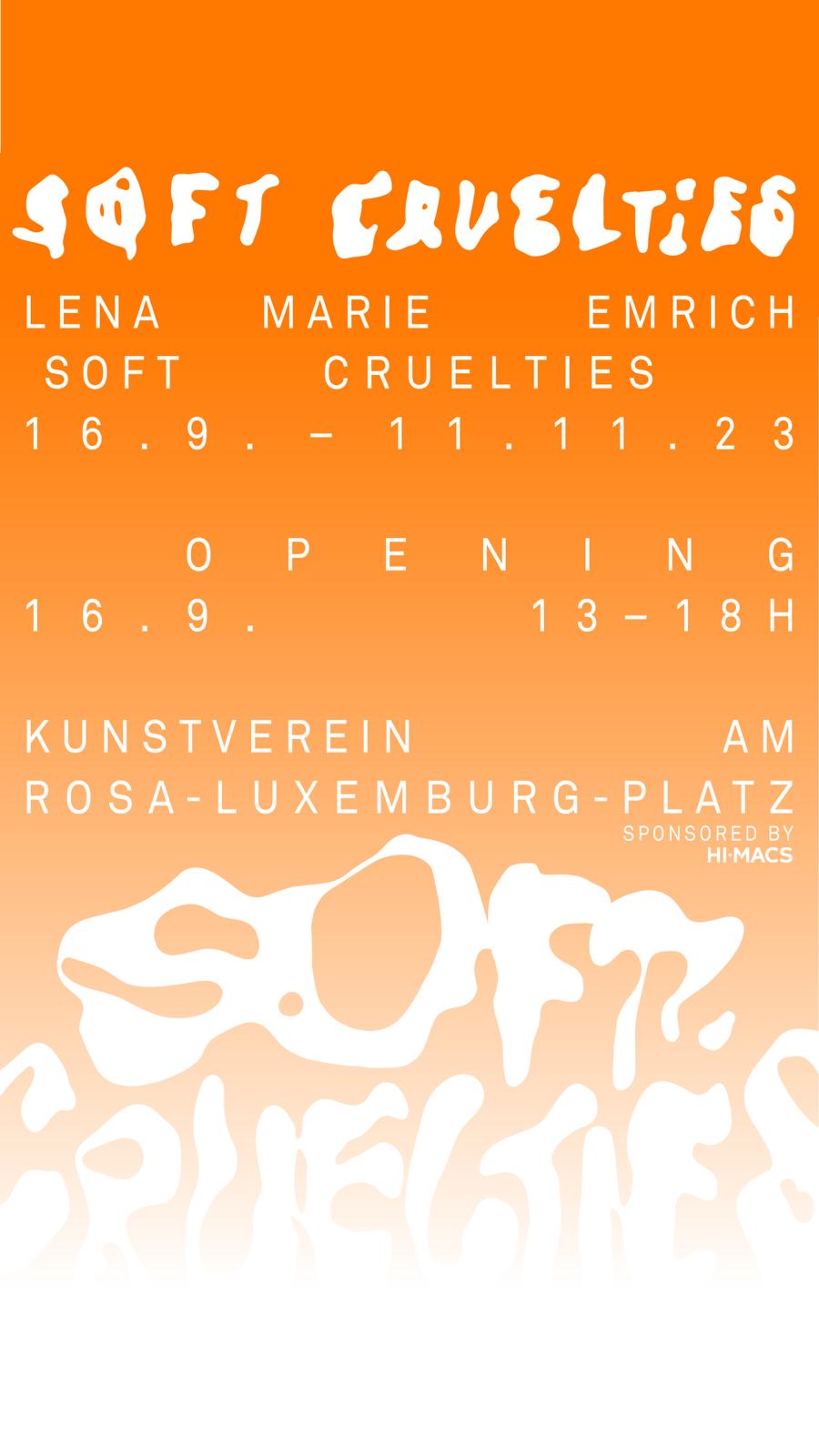
10.11.2023, 19:30h – Olga Hohmann liest eine Collage eigener Texte auf Lena Marie Emrichs Ménage à trois.
Ausstellung und Bar sind ab 18h geöffnet.
Ob Venedig, Sardinien oder Uluru. Orte, an denen Schönheit zum Fluch wird, nehmen rasant zu. Overtourism aber auch überzogene Erwartungshaltung werden zur Norm im Wettreisen um die Welt. Lena Marie Emrichs‘ Ausstellung soft cruelties kreist um die daraus resultierende Konstruktion aus Realität, Fiktion und Spekulation. Dafür inszeniert die Künstlerin Sonnenschirme, sandfarbene Intarsien, Wunschbrunnen und eine Bank aus dem Garten Eden. Willkommen im Paradies von Lena Marie Emrich.
Für ihre jüngste Erzählung bedient sich die Künstlerin, wie so oft, alltäglicher Objekte und Materialien, die aus ihrem Kontext herausgelöst, manipuliert, nachgebaut und/oder überästhesiert werden. Kennzeichnend ist die Verwendung von technischen Werkstoffen in neuen Kontexten. Polierte Oberflächen, Ahorn, Bambus, farbige Einsprengsel – in den neuen Arbeiten trifft eine kühle, dennoch poetische Formensprache auf Materialien aus konträren Anwendungsbereichen. Die Palette reicht vom hochwertigen Festkörpermaterial HIMACS über eine Gruppe leicht trashiger Sonnenschirme aus Kunststoff-Raffia zu großformatigen Fensterfolien. Bei allem Realismus bleiben die einzelnen Arbeiten dabei meist assoziativ und in der Gruppe suggestiv.
In der für den Kunstverein neu entwickelten Ausstellung beleuchtet Emrich speziell jene Momente, in denen das Streben nach individuellem Vergnügen mit moralischen Grundsätzen in Konflikt gerät. So beschreibt der Titel sinngemäß jenes ungute Gefühl, von dem wir wissen, dass es sich unweigerlich einstellt, wenn wir uns entscheiden, die 1,99 Euro für die CO2-Kompensation bei der Buchung eines Flugs doch nicht zu bezahlen.
In dieser Hinsicht sind die Skulpturen von The plunge, die den Ausstellungsraum bevölkern, Metaphern für genau diese Diskrepanz, die soft cruelties so perfide macht. Das tödliche Schwert als Verlängerung des Sonnenschirms für die rücksichtslose Revierbesetzung im morgendlichen Kampf um die besten Plätze am Pool, oder als Handtuchhalter für den Zeitraum nach der geglückten Landnahme, steht dabei natürlich für Stärke, Macht oder Der Sonnenschirm hingegen wird mit Entspannung, Schutz vor der Sonne und Leichtigkeit assoziiert. Das Ergebnis dieser Kombination ist paradoxerweise „perfekt“ weil es in einer Welt, in der normale Konventionen von Ästhetik und Funktionalität herrschen, eine Herausforderung für traditionelle Vorstellungen darstellt – auch weil beide Elemente für sich genommen bereits eher extravagant sind, also weder funktional noch angemessen, und im Falle des Schwerts nicht mal echt.
Ist der gute Geschmack im Vorhergehenden in vielerlei Hinsicht herausgefordert, so wirken die sechs wie in Stein gemeißelten Reliefs, die Wunschbrunnen (wishing well) und das Konversationsmöbel Menage a trois (Garden Eden) in ihrer zurückhaltenden Farbigkeit und mit ihren perfekten Oberflächen ausgesprochen elegant. Sie alle sind aus HIMACS gefertigt, einem eigentlich in architektonischen Kontext verwendeten Plattenmaterial, das Emrich gefräst, gesägt, graviert und geschliffen hat. Die entstandenen Arbeiten zeugen von einer „… versteinerten Welt, aus der jede Flüchtigkeit entweicht. Ein Gegenentwurf zur Fluidität digitaler Screens, obschon am Computer entworfen, von CNC-Fräsen ausgeschnitten. Hier ist alles (vermeintlich) in Stein gemeißelt. Die Zeit steht still. Die Banalität des Alltags hat sein Monument gefunden.“ (Gianni Jetzer)
Abgeleitet von den Konversations-Möbeln (conversation pieces) des 18. und 19. Jahrhunderts, ist Menage a trois (Garden Eden) offensichtlich für drei Personen gedacht. Ganz im Sinne von Franco Berardi (Chaos and Poetry) nutzt die Künstlerin sie als aktivierendes Moment. Denn physische Nähe gepaart mit irritierender Fragmentierung und Dekonstruktion gewohnter Sprache regt zum Nachdenken an und fördert den Austausch.
Auf der Erde sind die Dinge weniger harmonisch. Deserted landscape offenbart eine unwirkliche Verwandlung irgendwo im nirgendwo, wo Autos wie umgedrehte Käfer auf dem Rücken liegen – eine surreale Metamorphose der Mobilität im post-anthropozänen Zeitalter. Die einstigen Ikonen der menschlichen Mobilität sind nun gestrandet. Fiat, Synonym für Fortbewegung, kehrt zu seiner ursprünglichen Bedeutung zurück: Es werde geschehen.
Offensichtlicher beziehen die übrigen Reliefs zum Thema Reisen Stellung. Wie in Swifts Gulliver zielt die Umkehr der Größe und damit der Macht in From Equanimity to tranquility auf die daraus resultierenden sozialen Konsequenzen Das zugrundeliegende Thema ist die Rolle einer Kultur des Überflusses. In Superyachten kondensieren sich alle Ungleichheit des herrschenden Kapitalozän (Grégory Selle). Indem sie eine solche Yacht mit einem Stock wegstößt, kehrt eine absurd große Frau in einem Akt der Selbstermächtigung die konventionellen Rollen um.
Ähnlich monumental und dabei vollkommen anonym erscheint die unter ihren Plastikponchos kaum mehr als Körper zu identifizierende Menschengruppe in Hugging raincoats während In Limbo zunächst heiter daherkommt. Bis dem Betrachter auffällt, dass eine anonyme Hand die Tänzerin brutal an ihrer Blumenkette zu Boden zieht. Anlass zu Spekulationen bietet das Relief Phallocentric keychain. Hält man sich an die Psychoanalyse, könnte man sagen, dass ein Turm der Ausdruck einer „vertikalen Überkompensation“ ist, quasi ein erectus completus – wo Höhe und Potenz in einer gewissen Weise zusammentreffen. Außer der Turm hängt wie in diesem Fall als Miniaturturm am Schlüsselring.
In Fight or Flight sehen wir wenig mehr als den Rumpf eines Menschen mit Anschnallgurt. Der Anschnallgurt, der normalerweise als Sicherheitsmaßnahme während des Fluges dient, wird in Emrichs Arbeit zu einem visuellen Ankerpunkt für die komplexen Entscheidungen, die wir in bedrohlichen Situationen treffen. Die Theorie geht davon aus, dass bei der Konfrontation mit einer potenziell gefährlichen Situation der Körper auf zwei Hauptweisen reagiert: durch Kampf (Fight) oder Flucht (Flight). Durch die Fokussierung auf den Anschnallgurt, der eine symbolische Verbindung zur Flugreise herstellt, bringt die Künstlerin diesen Dualismus der Überlebensstrategien in einen beklemmend bekannten Kontext. Ein Wunschbrunnen hilft in Fight-or-Flight -Situationen sicher ziemlich wenig. Es ist jedoch möglich, dass das Werfen von Münzen in einen Wunschbrunnen eine beruhigende und entspannende Wirkung haben kann, was zur Bewältigung von Stress beitragen könnte. Zu diesem oder anderen Zwecken gibt daher zwei in der Ausstellung.
Schlussendlich bleibt die Frage, ob wir am Ende alle terribel tourist sind? Um das herauszufinden, besuchen Sie soft cruelties, wo das sanften Grausamkeiten des Lebens auf subversive Weise enthüllt werden.





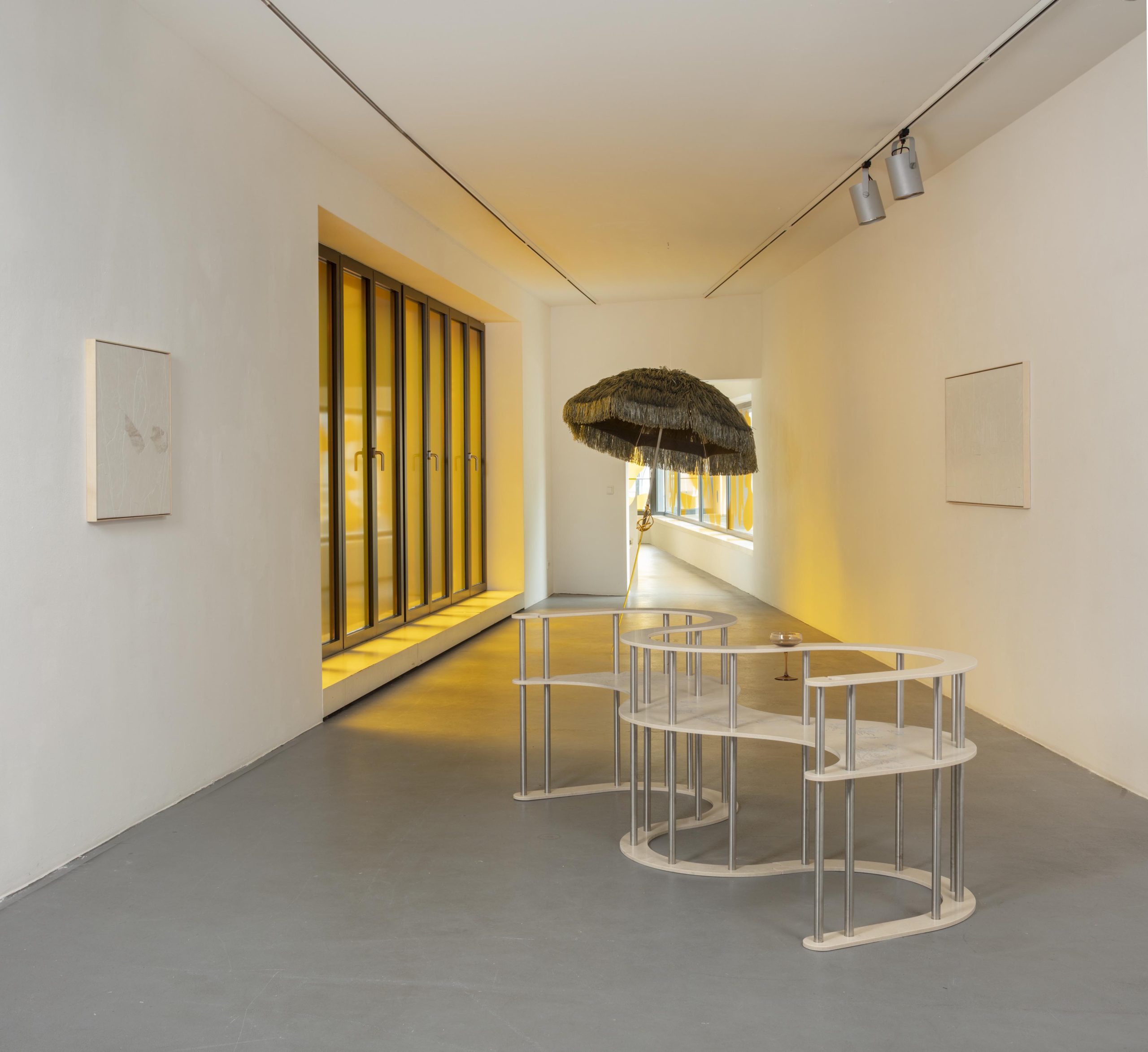
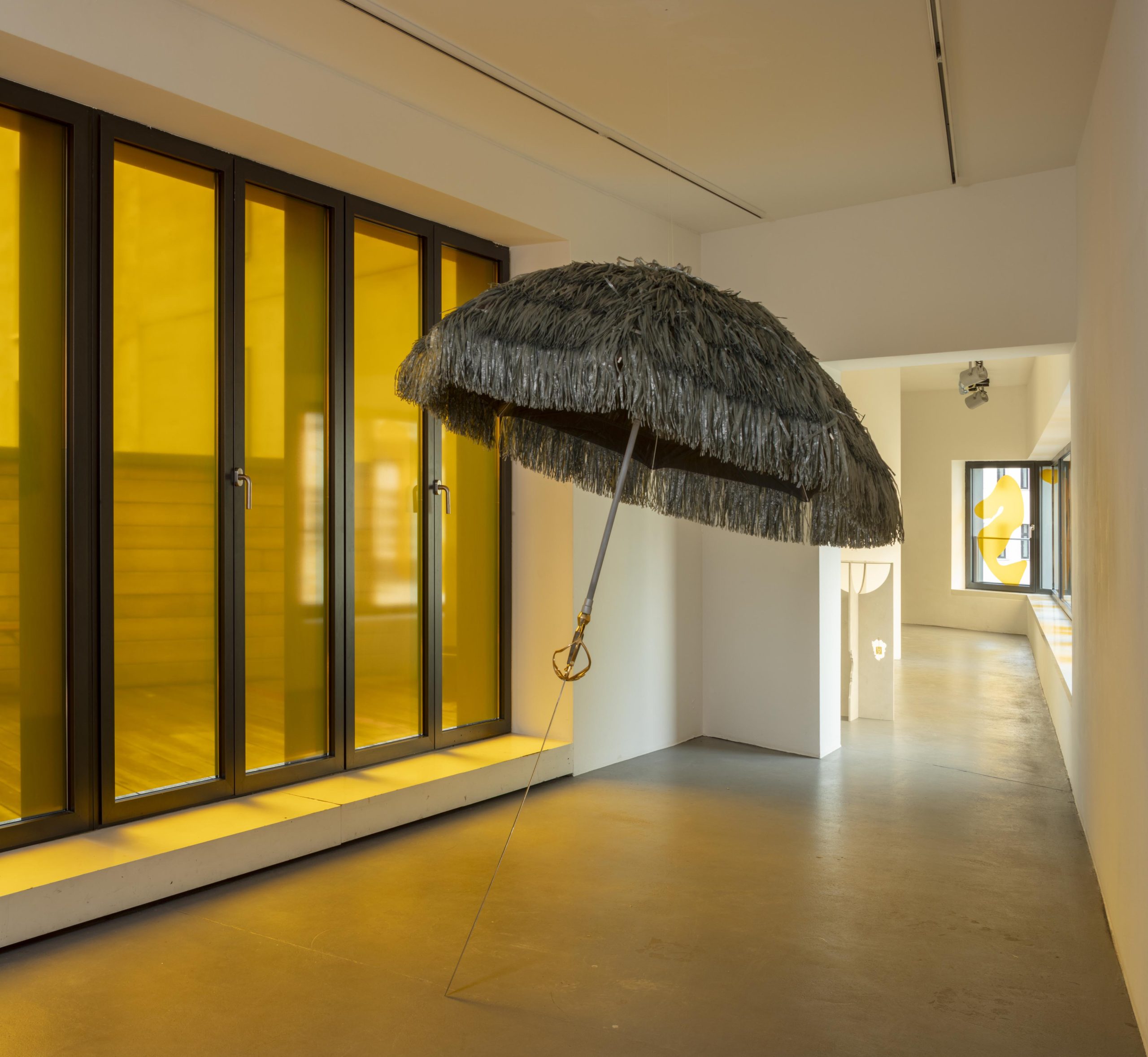


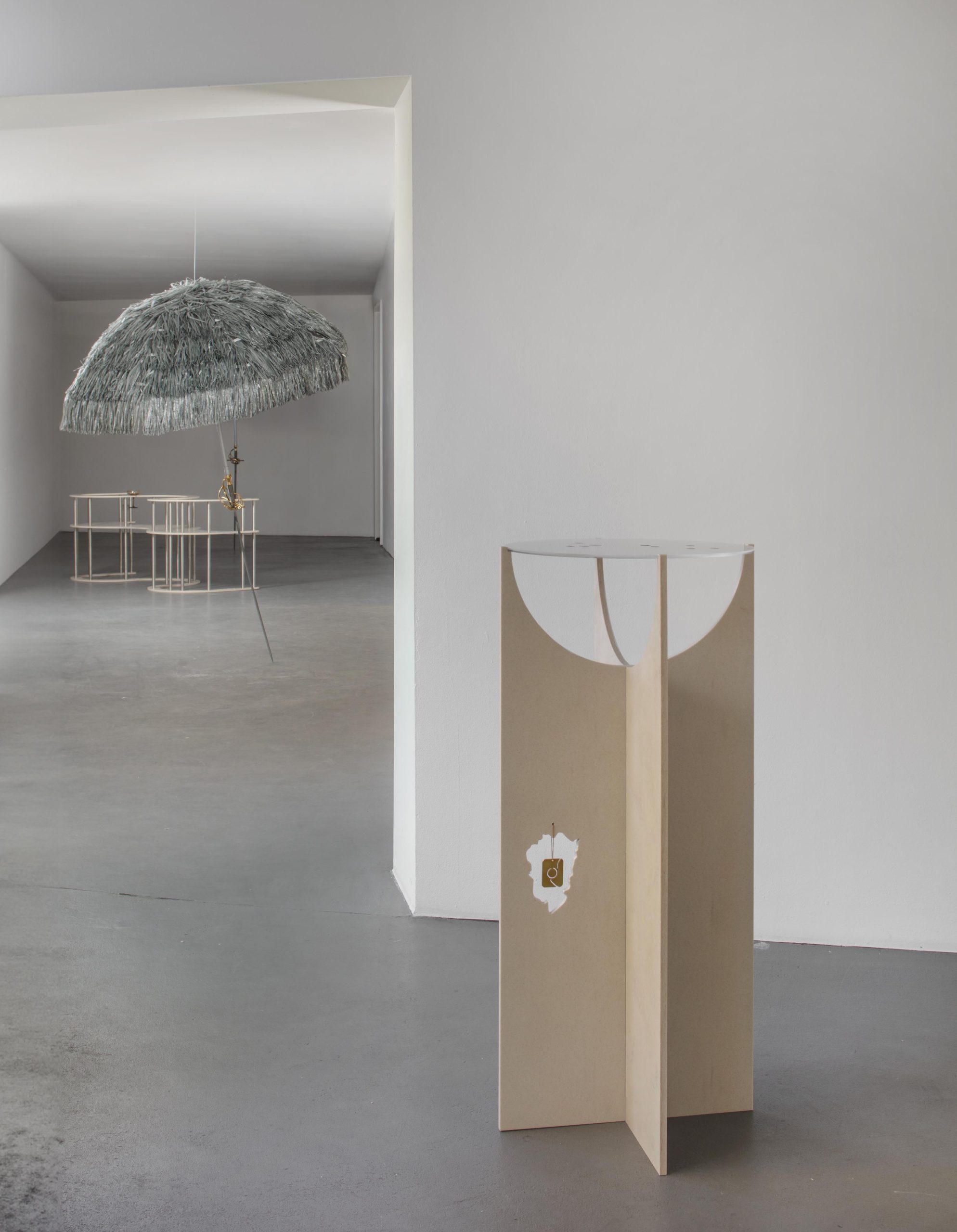

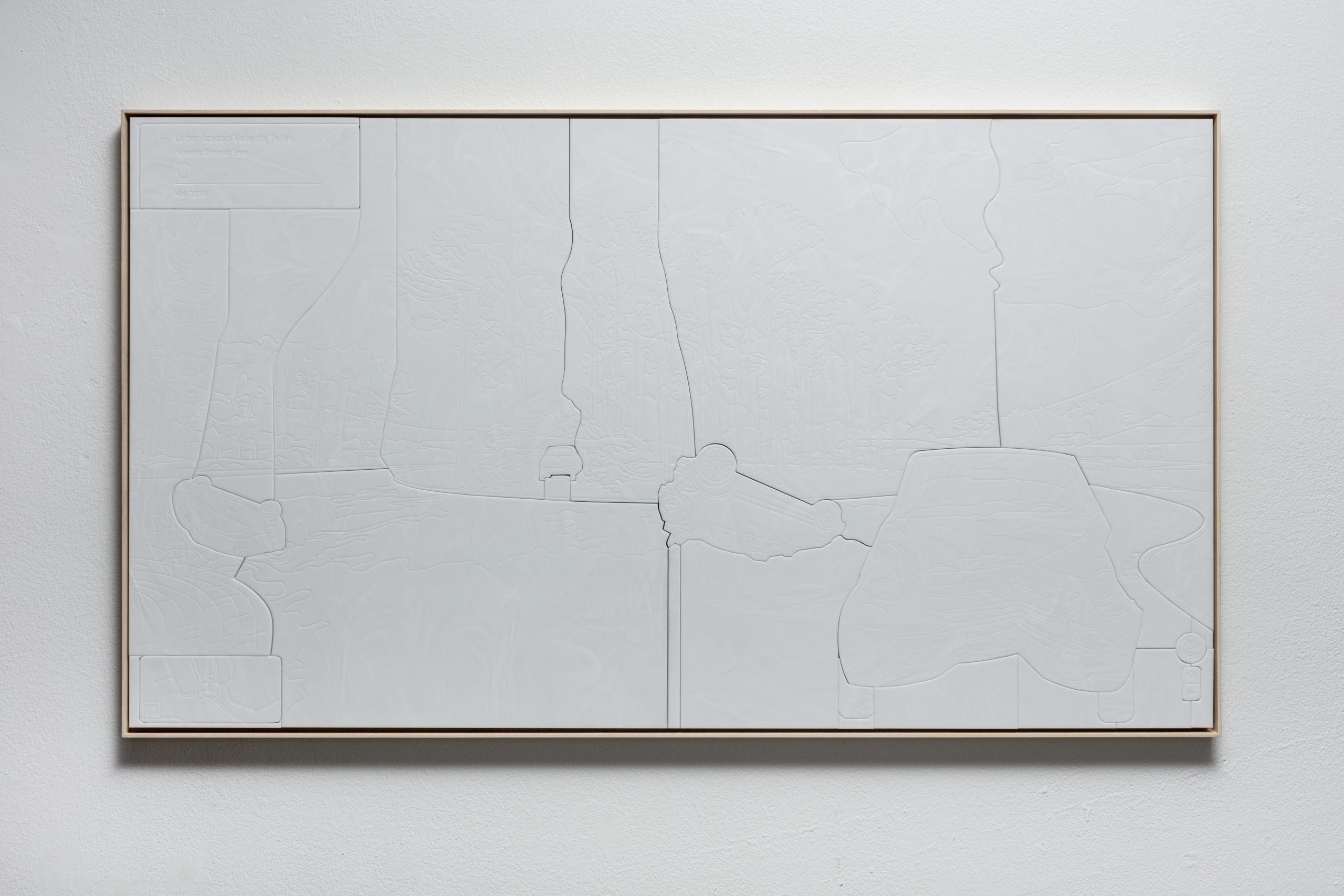

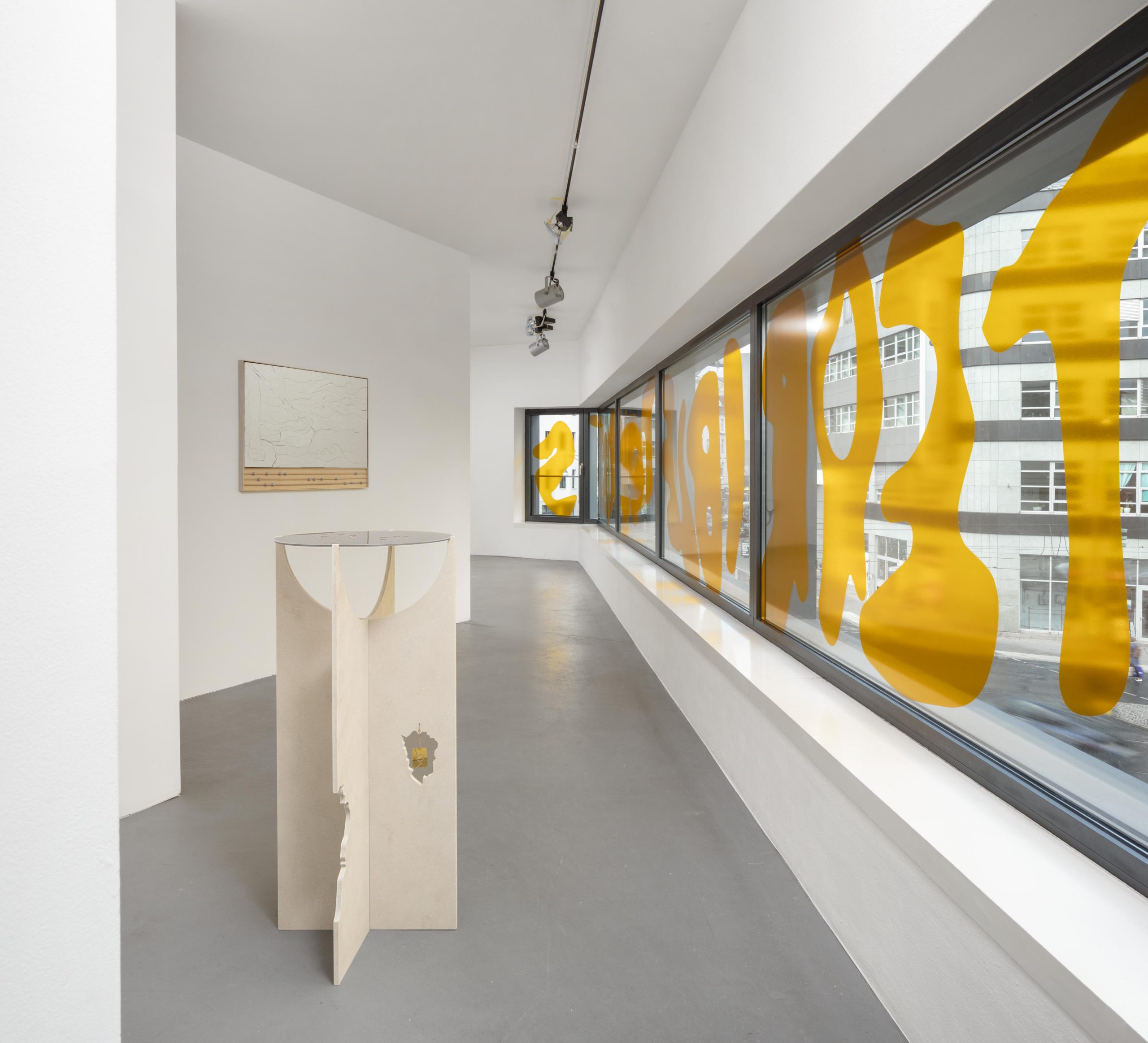


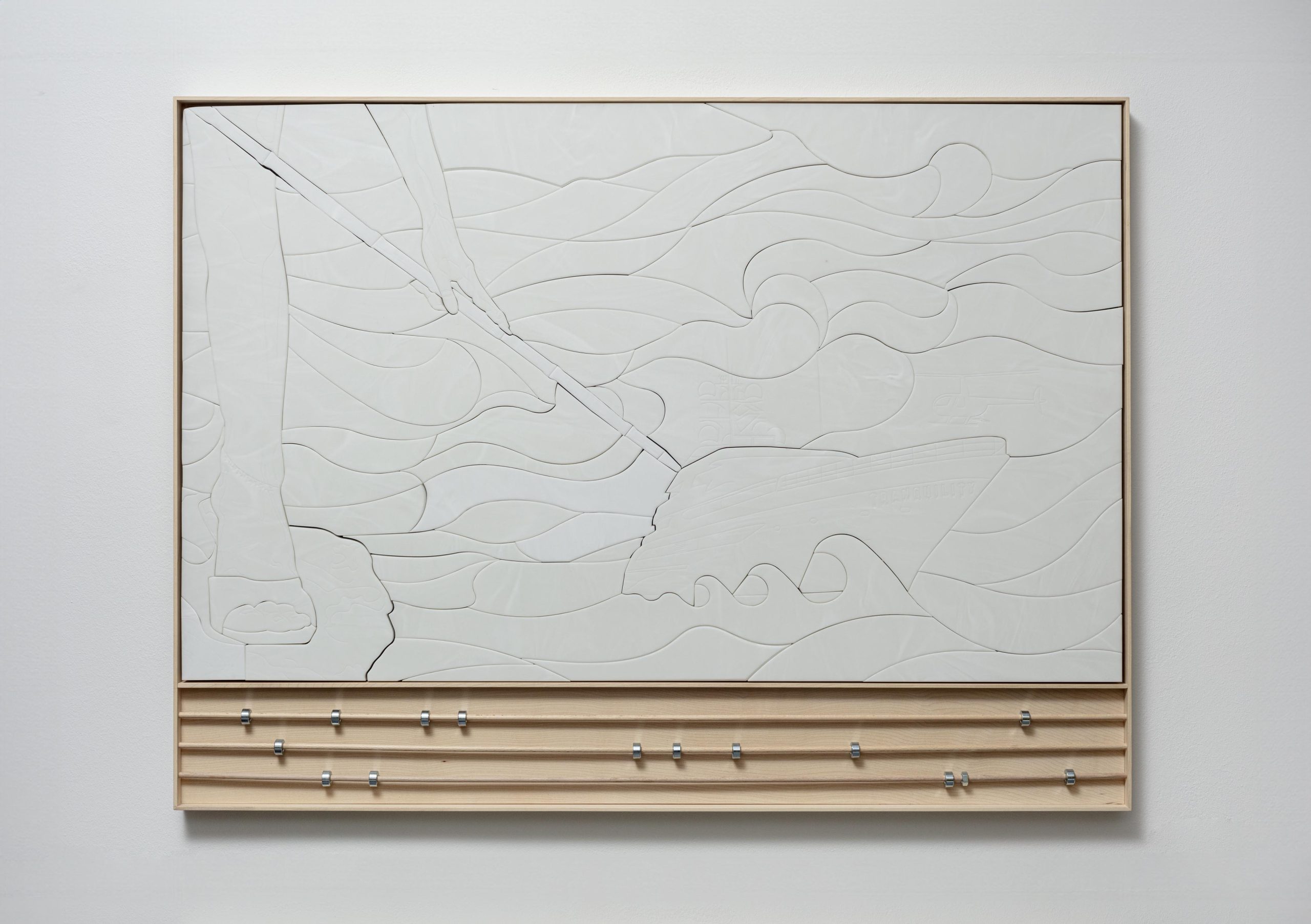

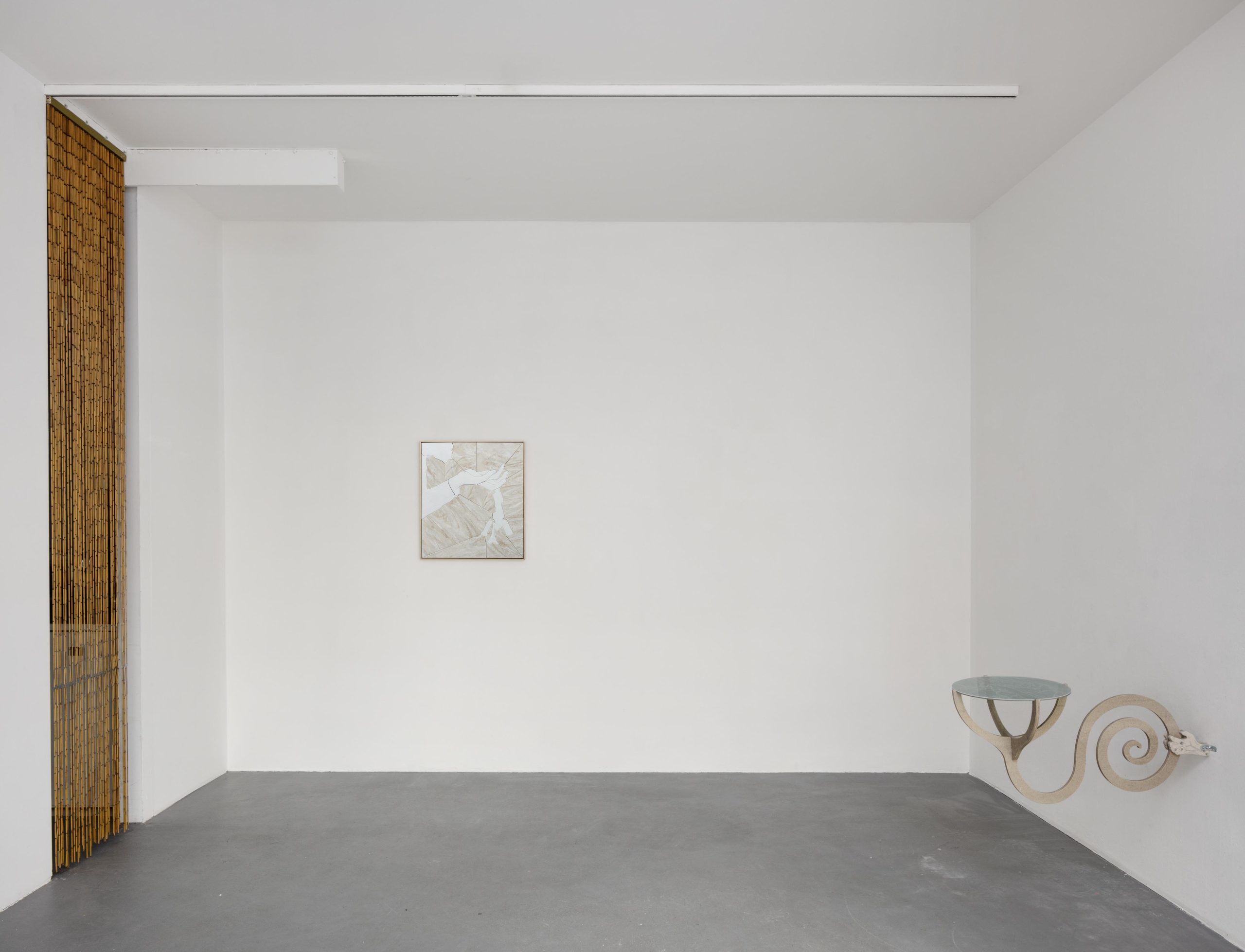


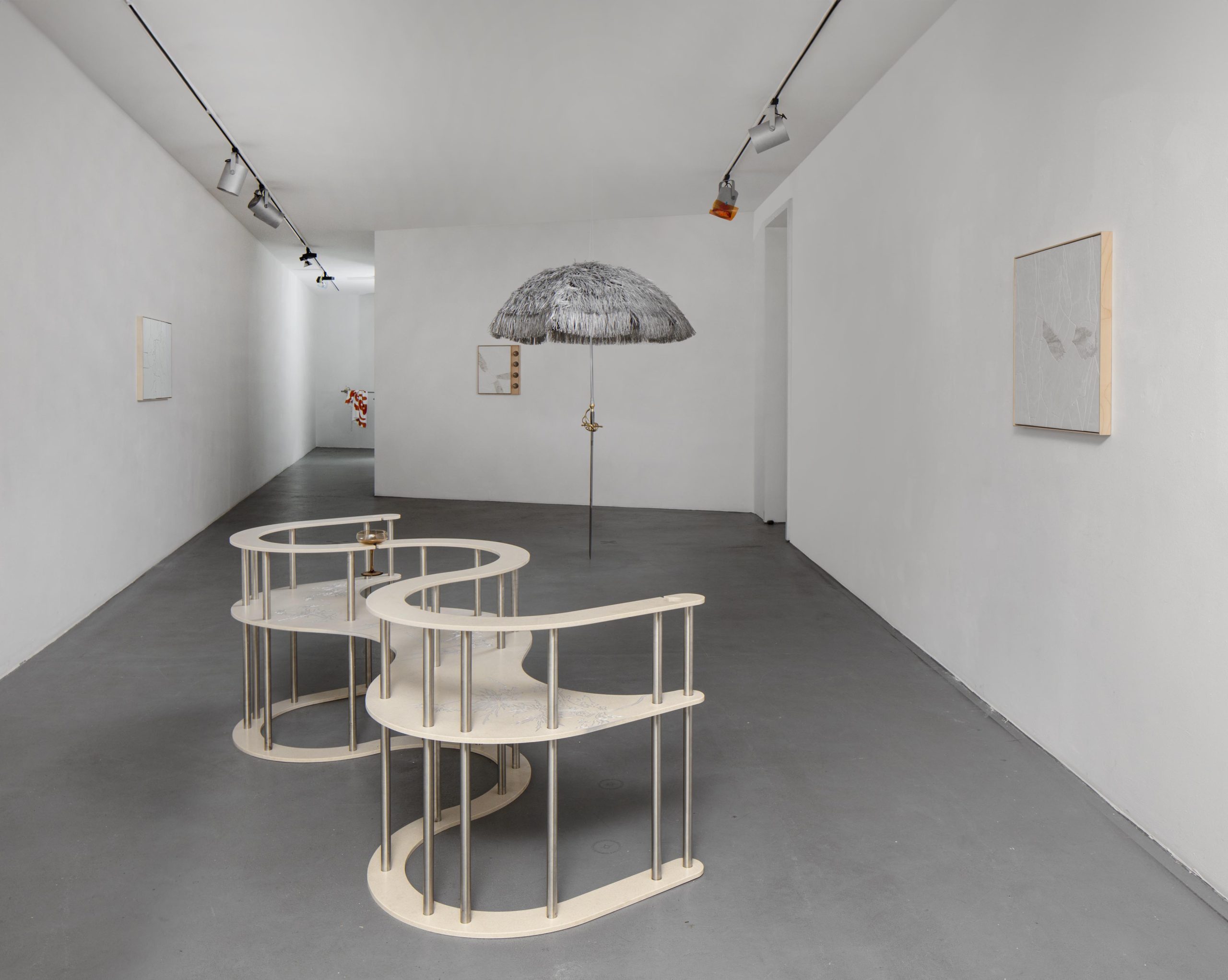

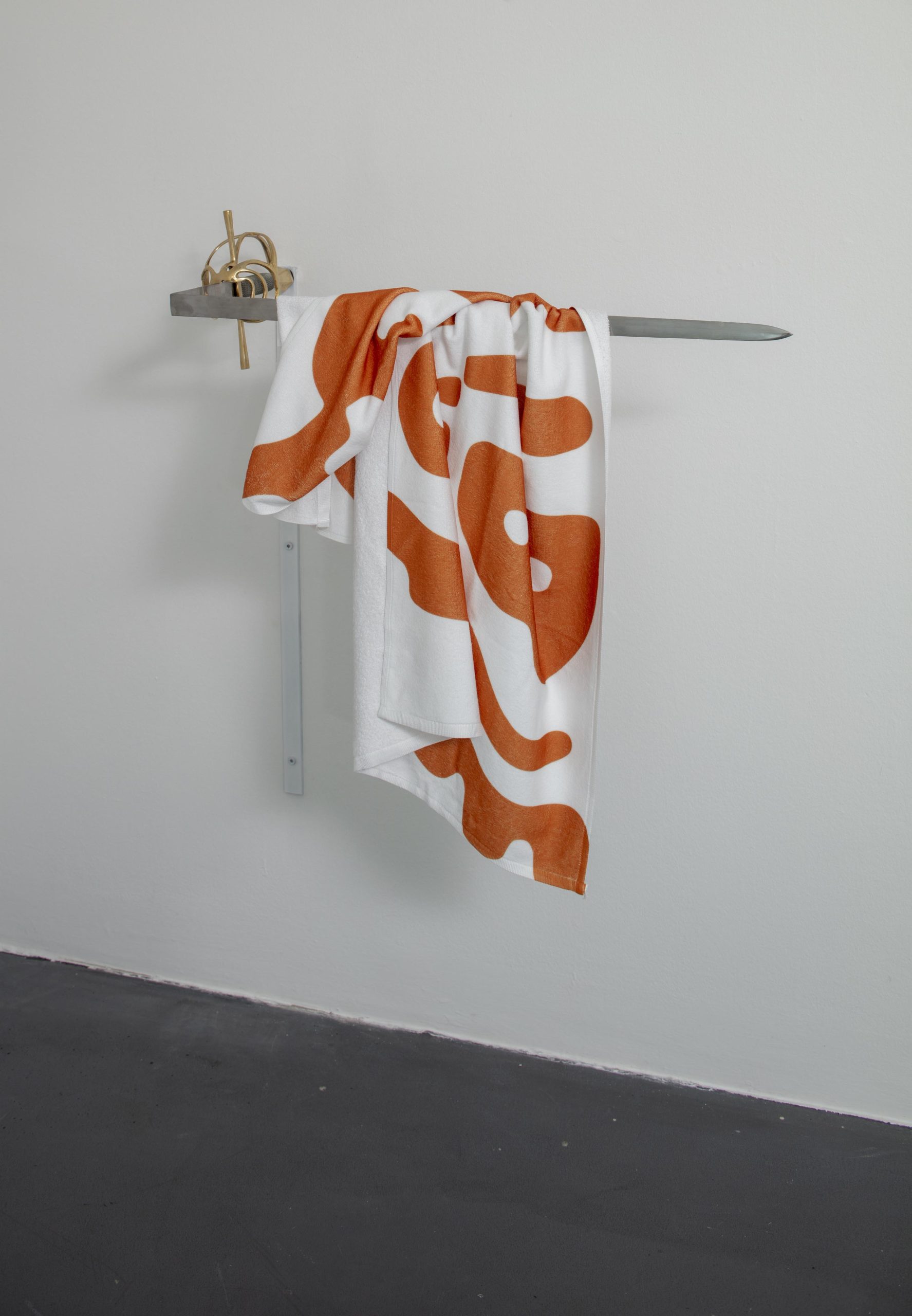


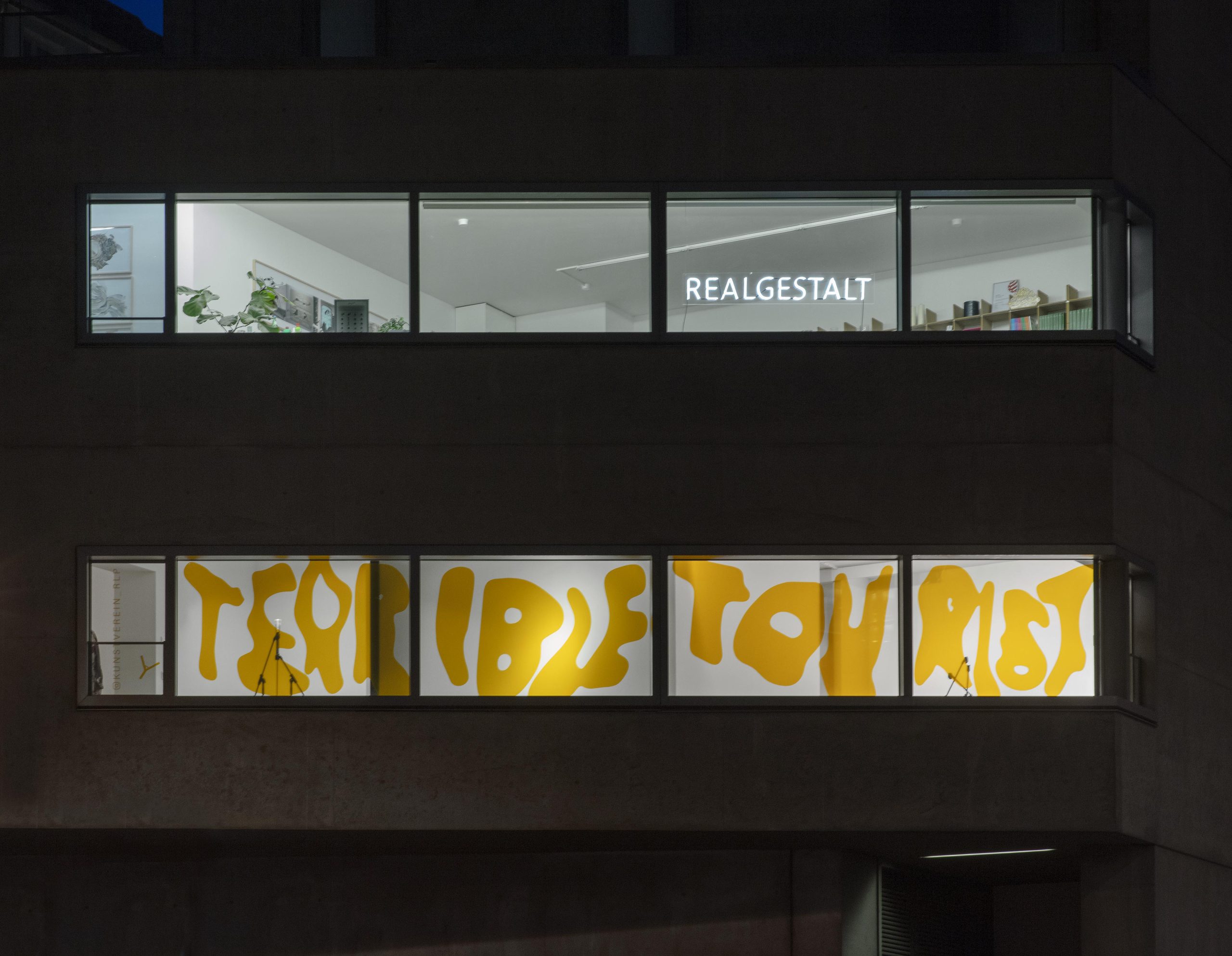
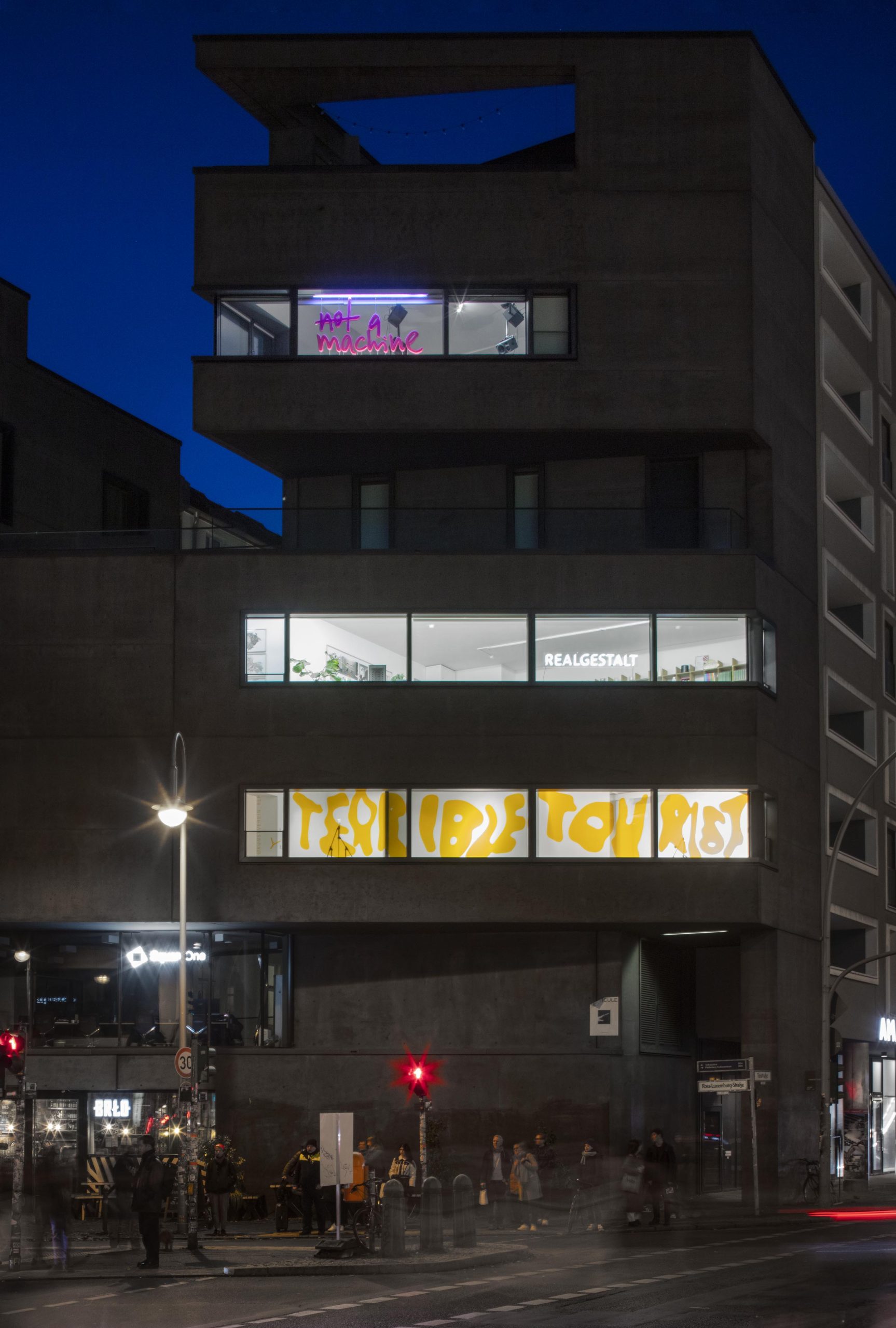
Die Ausstellung wurde ermöglicht durch Unterstützung von
Vielen Dank an
petrichor, Vikenti Komitski
Einweihung / Inauguration: 16.09.23, 13-18 h
Eine Installation im Foyer des L40 / An installation in the foyer of L40
Wenn im Sommer leichter Regen auf Pflanzen und von der Sonne erwärmte Straßen trifft, entsteht ein ganz besonderer Geruch: Petrichor. Ein Geruch, der intensiv an schöne Sommererlebnisse erinnert und zugleich die einer Erinnerungen stets innenwohnende Melancholie mit sich trägt. Vikenti Komitskis Installation gleichen Namens im Foyer des L40 folgt dieser Spur und verbindet sie mit der Traurigkeit, die speziell durch die Entfremdung und Einsamkeit im modernen, industrialisierten Leben entsteht.
Im Zentrum der Arbeit steht ein verfremdeter Leuchtkasten mit der Abbildung einer Weltkugel und dem Zusatz Weltschmerz. Es stammt aus dem Berliner Hotel Mondial am Kurfürstendamm 47, das vor einiger Zeit abgerissen und durch ein Bürohaus ersetzt wurde. Tatsächlich erinnert Komitskis Installation an die Lobby eines Bürogebäudes oder eben eines Hotels. Diese allerdings sind nicht auf Hochglanz poliert, sondern eher in einem gebrauchten Zustand.
Quasi als Kommentar oder Erklärung verweist auf der anderen Seite des Raumes eine Tapete mit Motiven aus dem Buch Illustrations of Madness von John Haslam aus dem Jahr 1810 auf eben jene Moderne, die damals ihren Anfang nahm und sich heute sich mit zunehmender Geschwindigkeit selbst überschreibt. Haslams Buch enthält die erste psychiatrische Beschreibung einer sog. Beeinflussungsmaschine, also einer fiktiven technischen Apparatur, auf deren verborgene Einwirkung psychotische Patienten ihre Erlebnisse der Fremdsteuerung zurückführen. Abgebildet ist ein Mann verstrickt in eine Maschinen ähnliche Konstruktion, die an Proto-Computerserver also quasi eine Büroumgebung erinnert.
Inzwischen haben Technologien – von der Elektrizität, übers Telefon bis zum Laser – als Ursache psychischer Störungen die zuvor als externe Verursacher identifizierten Teufel und Dämonen in der Psychopathologie abgelöst. Diese skurrile Parallelgeschichte der Technik im paranoiden Wahn erfährt eine gewisse Korrektur durch ein gewaltig X, das sowohl im Bild wie real im Raum erscheint. In Verbindung von Zeichen und Bildzitat entsteht eine gewisse Ambiguität, die Vorstellungen von unsichtbaren Prozessen und Kontrollmitteln, die die Realität formen, evoziert und gleichzeitig löscht. Zurück bleibt das Gefühl einer „tiefen Traurigkeit über die Unzulänglichkeit der Welt“ – eben jener nur auf Deutsch existierende Weltschmerz. (Jean Paul)
EN: In summer, when light rain hits plants and streets warmed by the sun, a very special smell is created: Petrichor. A smell that intensely recalls beautiful summer experiences and at the same time carries with it the melancholy that is always inherent in memories. Vikenti Komitski’s installation of the same name in the foyer of the L40 follows this trail and connects it with the sadness that arises specifically from alienation and loneliness in modern, industrialised life.
At the centre of the work is an alienated light box with an image of a globe and the word Weltschmerz. It comes from Berlin’s Hotel Mondial at Kurfürstendamm 47, which was demolished some time ago and replaced by an office building. Indeed, Komitski’s installation is reminiscent of the lobby of an office building or indeed a hotel. These, however, are not polished to a high sheen, but rather in a used condition.
On the other side of the room, a wallpaper with motifs from the book Illustrations of Madness by John Haslam from 1810 refers, as a commentary or explanation, to the very modernity that began at that time and is today overwriting itself with increasing speed. Haslam’s book contains the first psychiatric description of a so-called influence machine, i.e. a fictitious technical apparatus to whose hidden influence psychotic patients attribute their experiences of external control. A man is depicted entangled in a machine-like construction, reminiscent of a proto-computer server, i.e. a quasi office environment.
In the meantime, technologies – from electricity to telephones to lasers – have replaced the devils and demons previously identified as external causes in psychopathology as the cause of mental disorders. This bizarre parallel history of technology in paranoid delusion is somewhat corrected by a massive X that appears both in the image and in real space. Combining sign and image quotation, a certain ambiguity emerges that evokes and simultaneously erases notions of invisible processes and means of control that shape reality. What remains is the feeling of a „deep sadness at the inadequacy of the world“ – precisely that Weltschmerz that exists only in German. (Jean Paul)

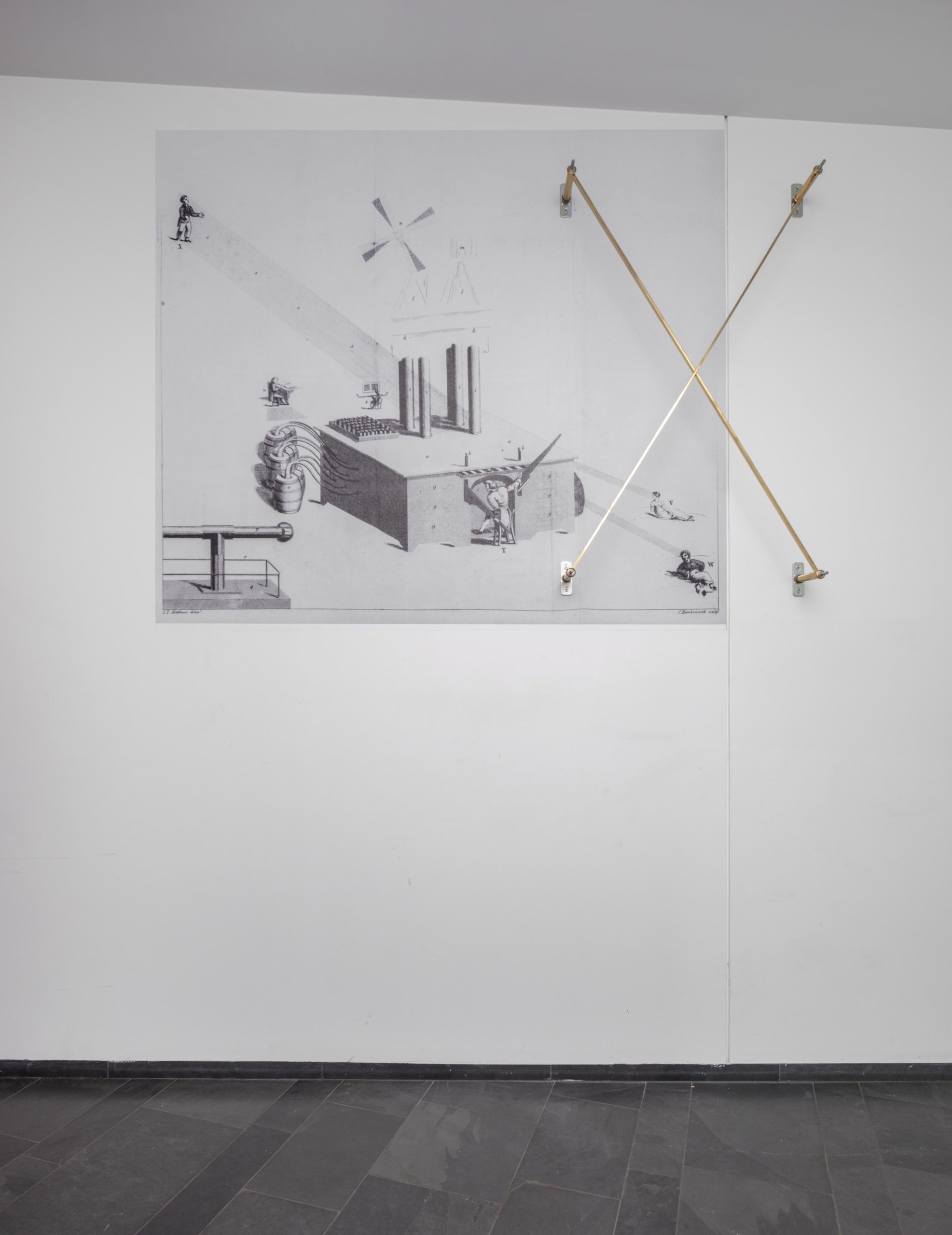
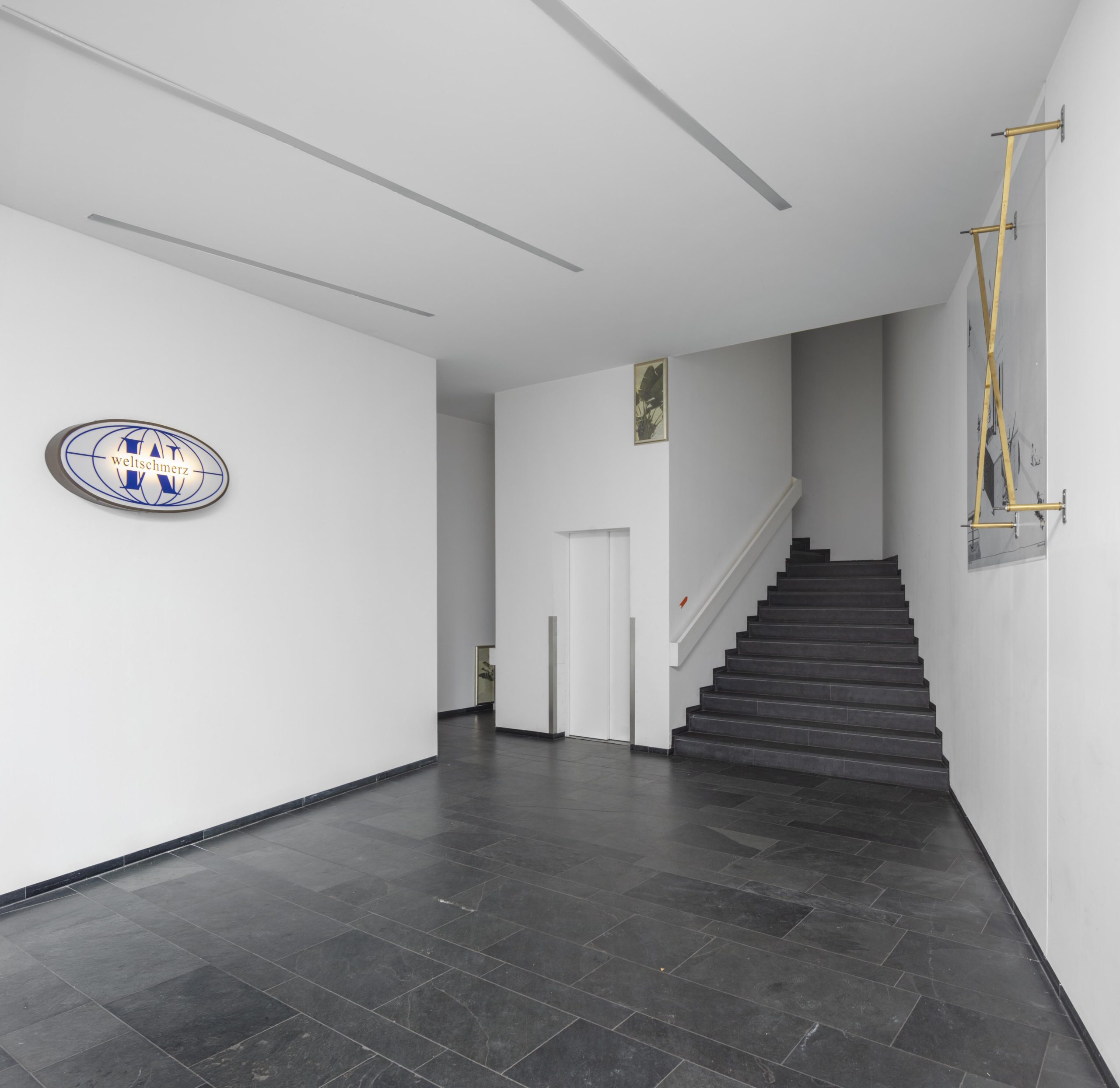


Vielen Dank an
Raphaela Vogel, Elephant’s Memory (Memorial Structure)
photo by Roman März
Raphaela Vogel, Elephant’s Memory
(Memorial Structure)
Eine Installation im öffentlichen Raum, Grünfläche Almstadt-/Rosa-Luxemburg-Str., Berlin Mitte / An installation in public space, public green between Almstadstr. and Rosa-Luxemburg-Str., Berlin Mitte
Bis 30. September 2023 / Until 30 September 2023
Die Arbeit Elephant’s Memory (Memorial Structure) verknüpft mit unterschiedlichen künstlerischen Mitteln (Skulptur, Malerei, Musik etc.) Anlässe des Gedenkens und Erinnerns mit persönlichen Begegnungen und Schnittpunkten aus der Biografie der Künstlerin Raphaela Vogel, die auch länger am Rosa-Luxemburg-Platz gelebt hat und später mit dem Werk des Erich Hopp in Berührung kam.
Der Song Jede Frau ist schön wurde von Erich Hopp und Carla Boehl 1931 veröffentlicht. In der von Raphaela Vogel aufgezeichneten Version erklingt er jeden Tag um 10, 13, 16 und 19 Uhr.
Erich Hopp war ein jüdisch-deutscher Schriftsteller, auf dessen Werk und Biografie die Künstlerin stieß, als sie ein Haus in Eichwalde erwarb, wo Hopp sich mit seiner Familie während der Nazizeit fast drei Jahre bis zur Befreiung durch die Rote Armee 1945 versteckt hatte.
Roberto Burle Marx war ein brasilianischer Maler, Designer und Landschaftsarchitekt (berühmt etwa für die Gestaltung der Copacabana), der kurz vor seinem Tod einen Entwurf für die Gestaltung des Rosa-Luxemburg-Platzes entwickelt hat, den der damalige CDU-Senat aber nicht realisieren wollte (hier in die Installation integriert).
Der berühmte Modernist Ludwig Mies van der Rohe (Neue Nationalgalerie) hat 1926 ein abstraktes Denkmal für die ermordeten Kommunist_innen Rosa Luxemburg und Karl Liebknecht gebaut, das von den Nazis restlos zerstört worden ist (hier in der Malerei sichtbar).
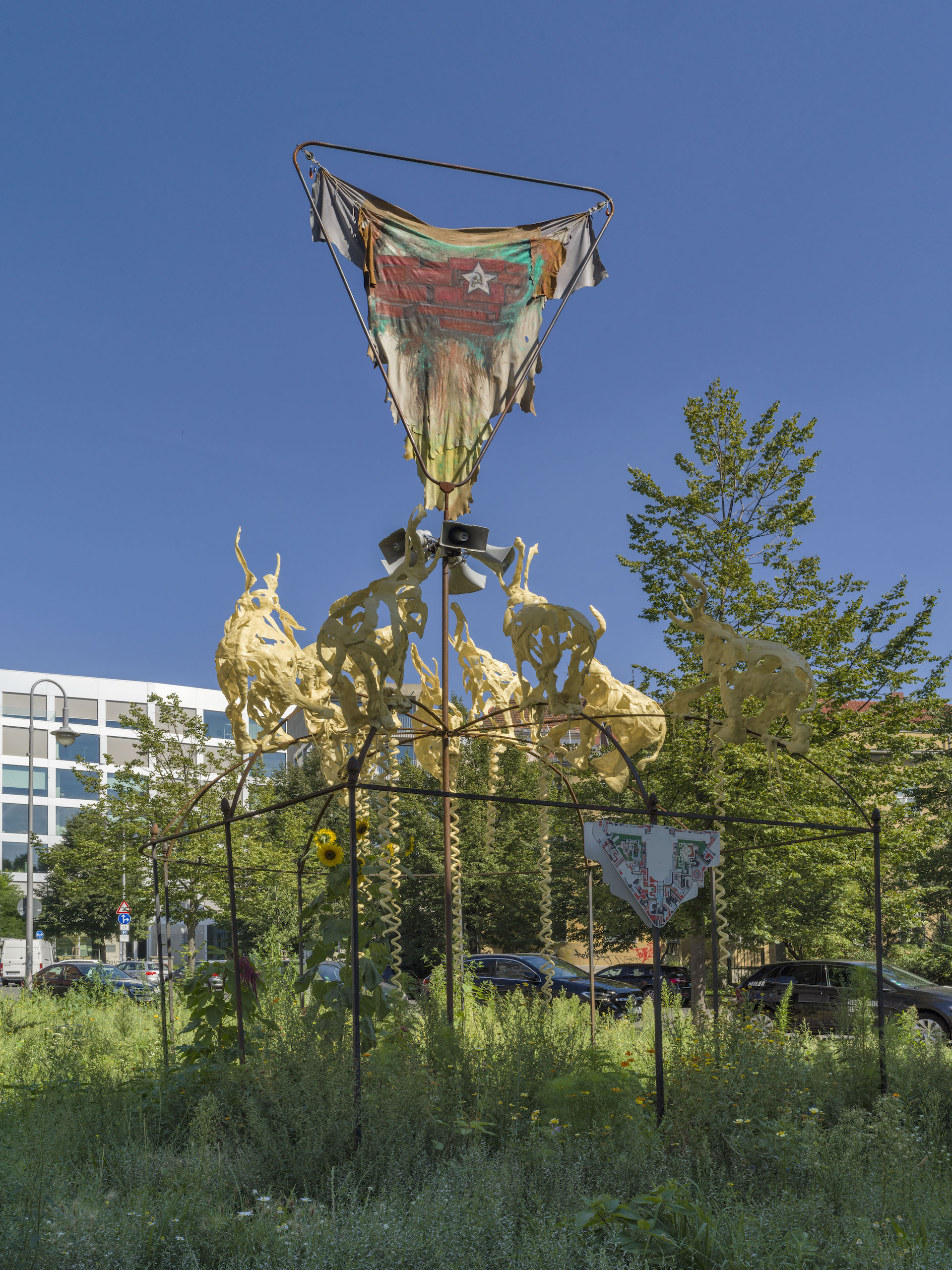



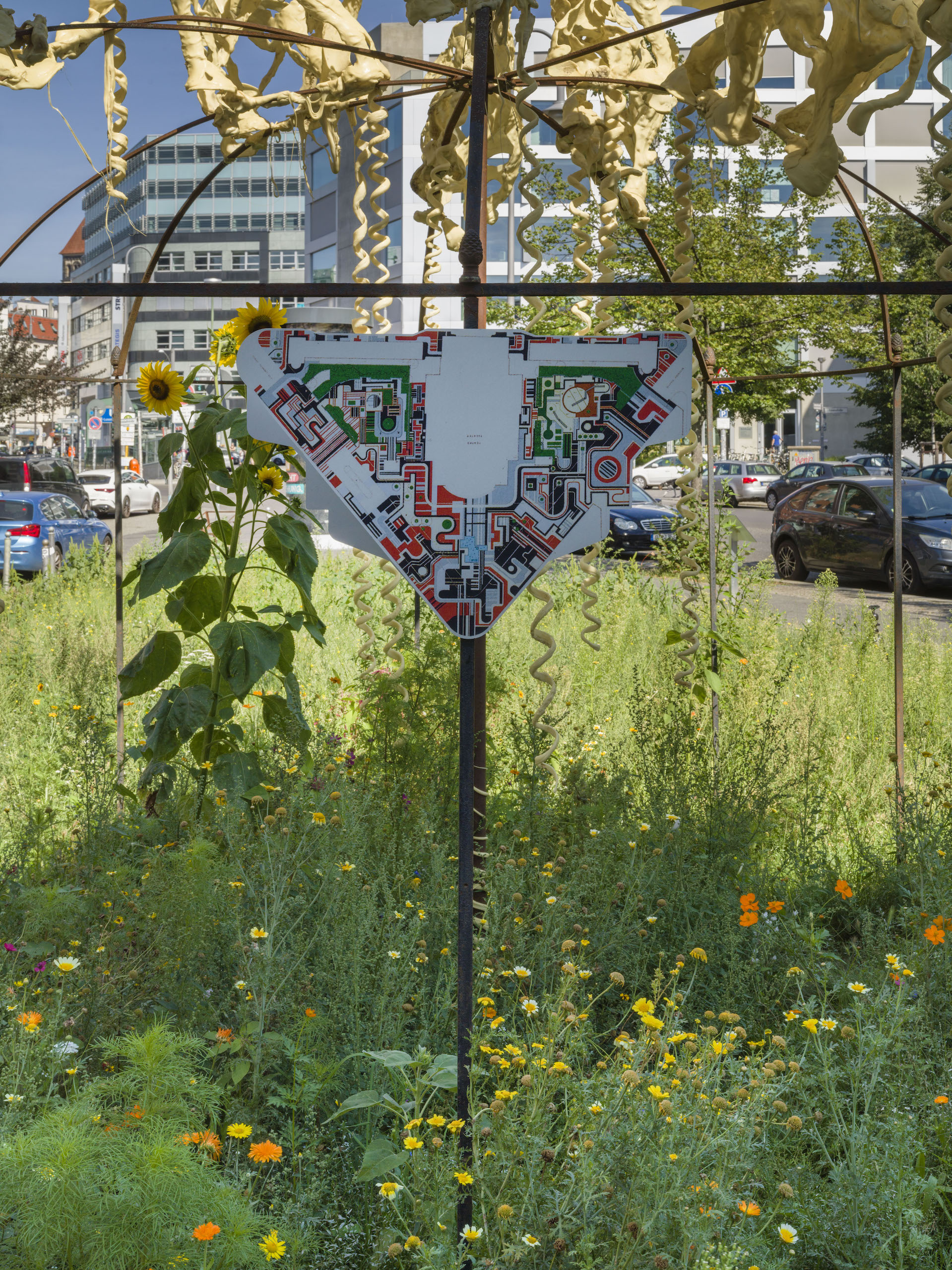
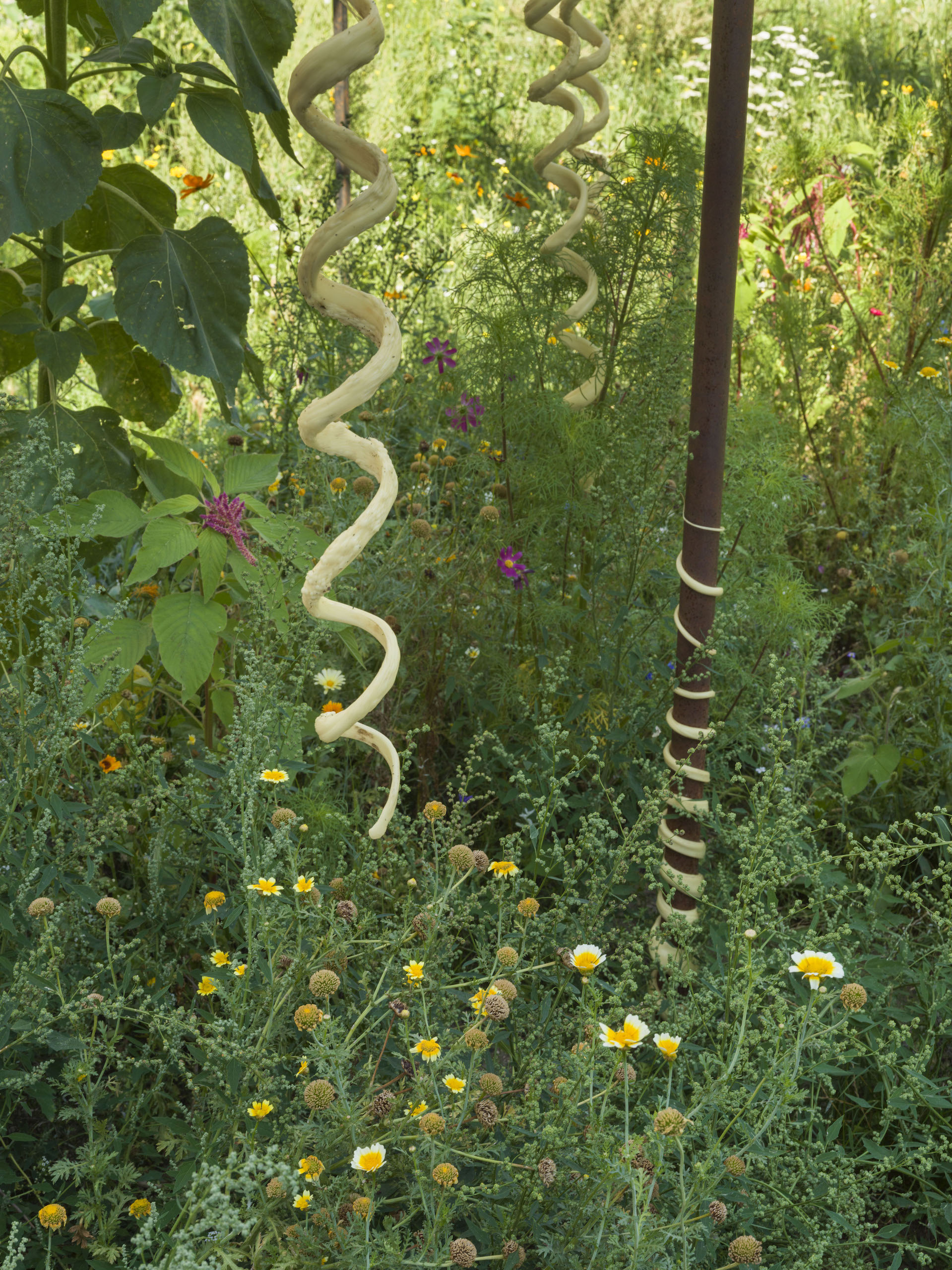
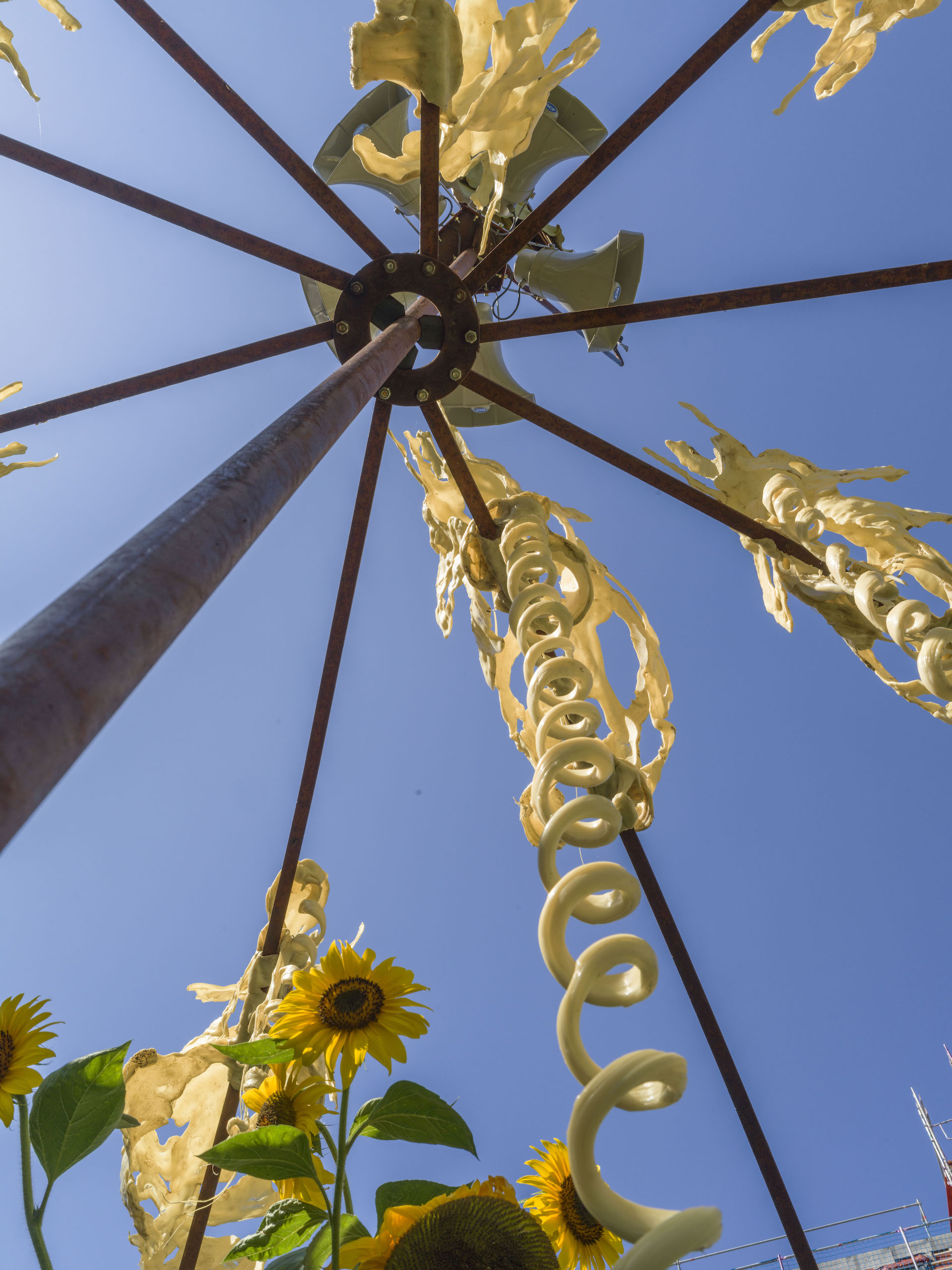

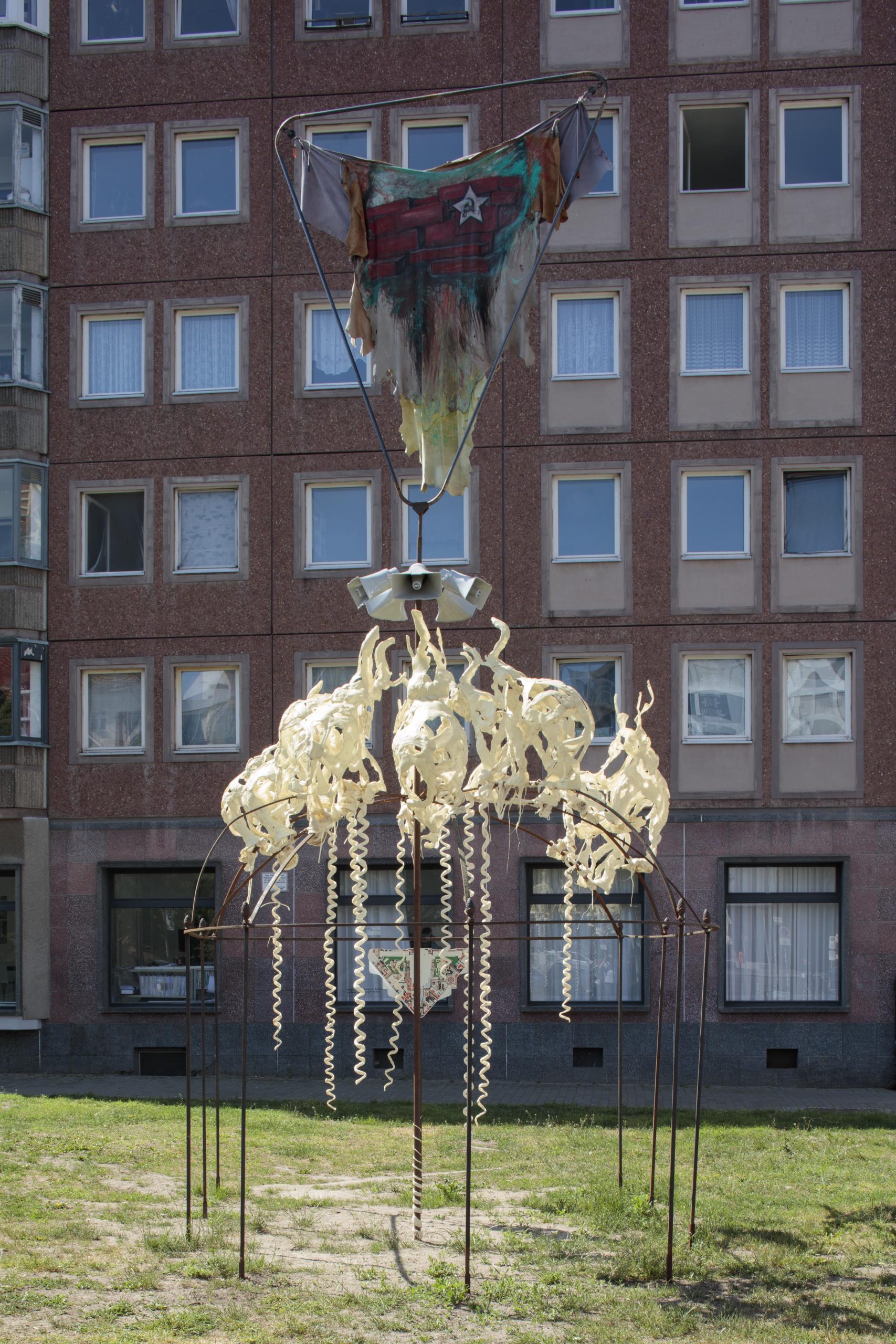
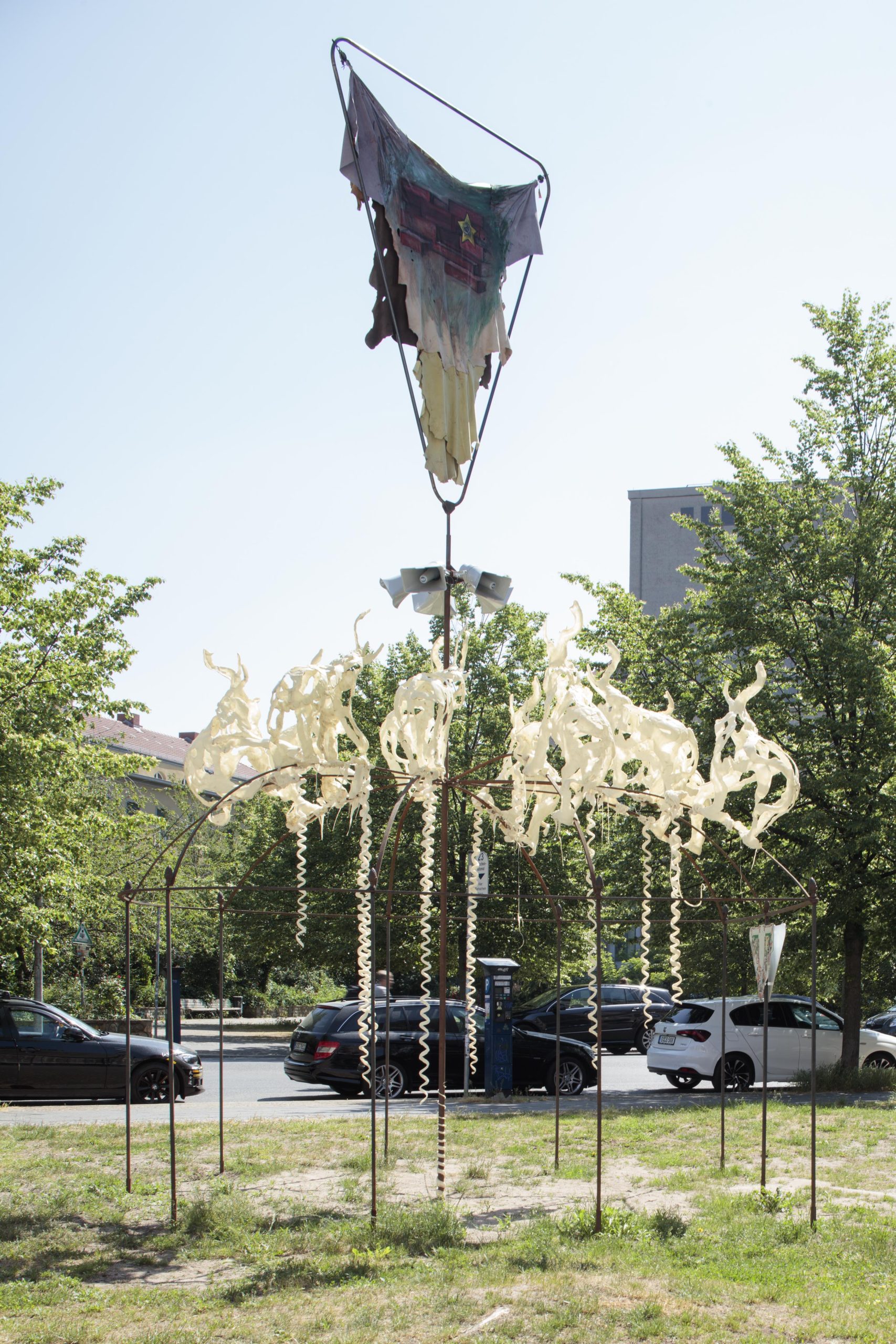


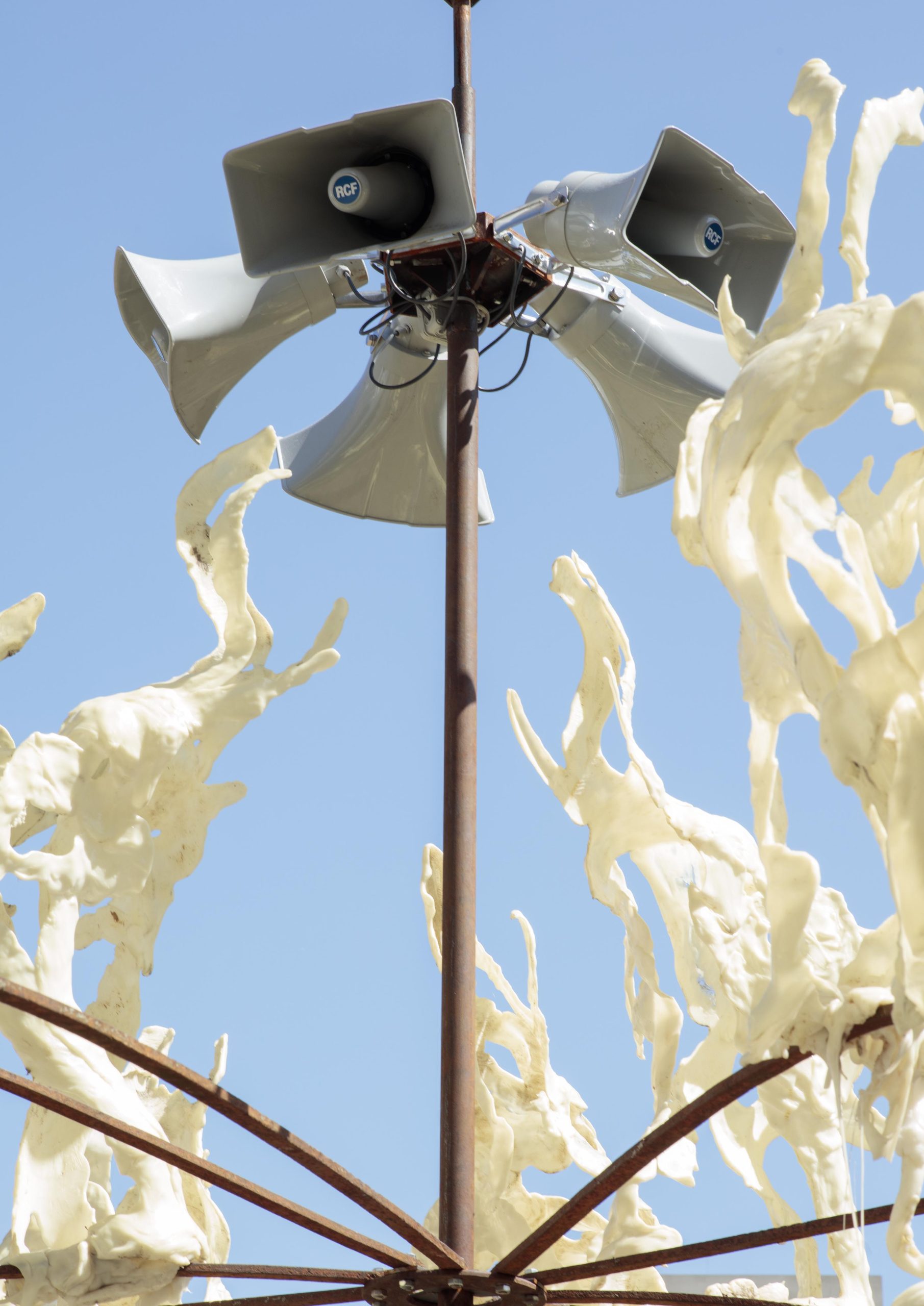
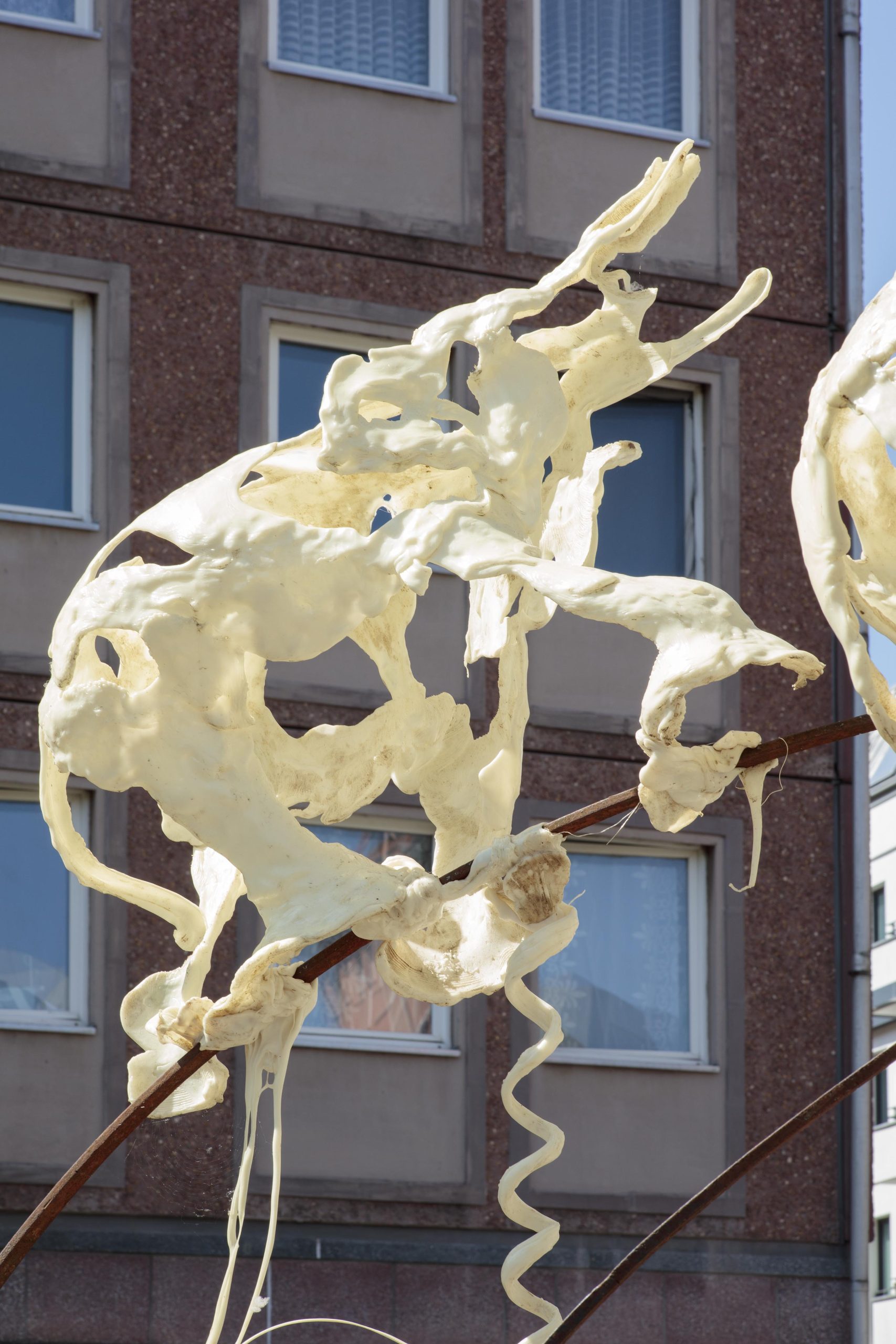

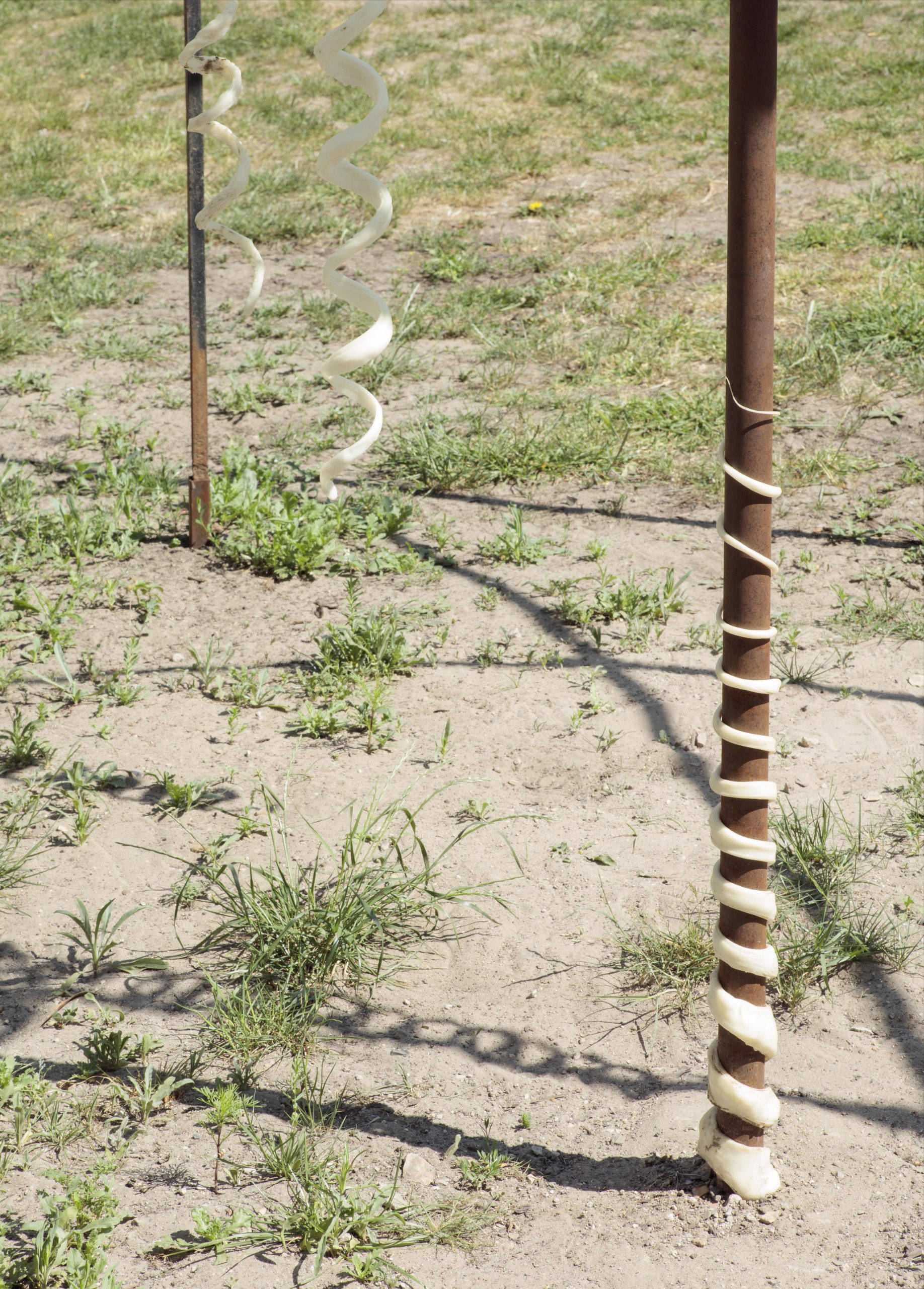
photos by Roman März and by Ludger Paffrath
The work Elephant’s Memory (Memorial Structure) uses various artistic means (sculpture, painting, music, etc.) to link moments of commemoration and remembrance with personal encounters and intersections from the biography of the artist Raphaela Vogel, who also lived at Rosa-Luxemburg-Platz for a lengthy period and later came into contact with the work of Erich Hopp.
The song Every woman is beautiful was published by Erich Hopp and Carla Boehl in 1931. In the version recorded by Raphaela Vogel, it is played every day at 10 a.m., 1 p.m., 4 p.m. and 7 p.m.
Erich Hopp was a Jewish-German writer whose work and biography the artist came across when she bought a house in Eichwalde, where Hopp had hidden with his family for almost three years during the Nazi era until liberation by the Red Army in 1945.
Roberto Burle Marx was a Brazilian painter, designer and landscape architect (famous, for example, for the design of the Copacabana), who shortly before his death developed a scheme for the redesign of Rosa-Luxemburg- Platz, which the CDU Senate at the time did not want to realize (here integrated into the installation).
The famous modernist Ludwig Mies van der Rohe (Neue Nationalgalerie) built an abstract monument to the murdered communists Rosa Luxemburg and Karl Liebknecht in 1926, which was completely destroyed by the Nazis (visible here in the painting).
—-
Die Recherche zu diesem Projekt wurde ermöglicht durch ein NEUSTARTplusStipendium der Stiftung Kunstfonds / NEUSTART KULTUR der BKM. | The research for this project was made possible by a NEUSTARTplus grant from the Stiftung Kunstfonds / NEUSTART KULTUR of the BKM.
The opening is kindly supported by:
Carlos Noronha Feio, (grow flowers!)


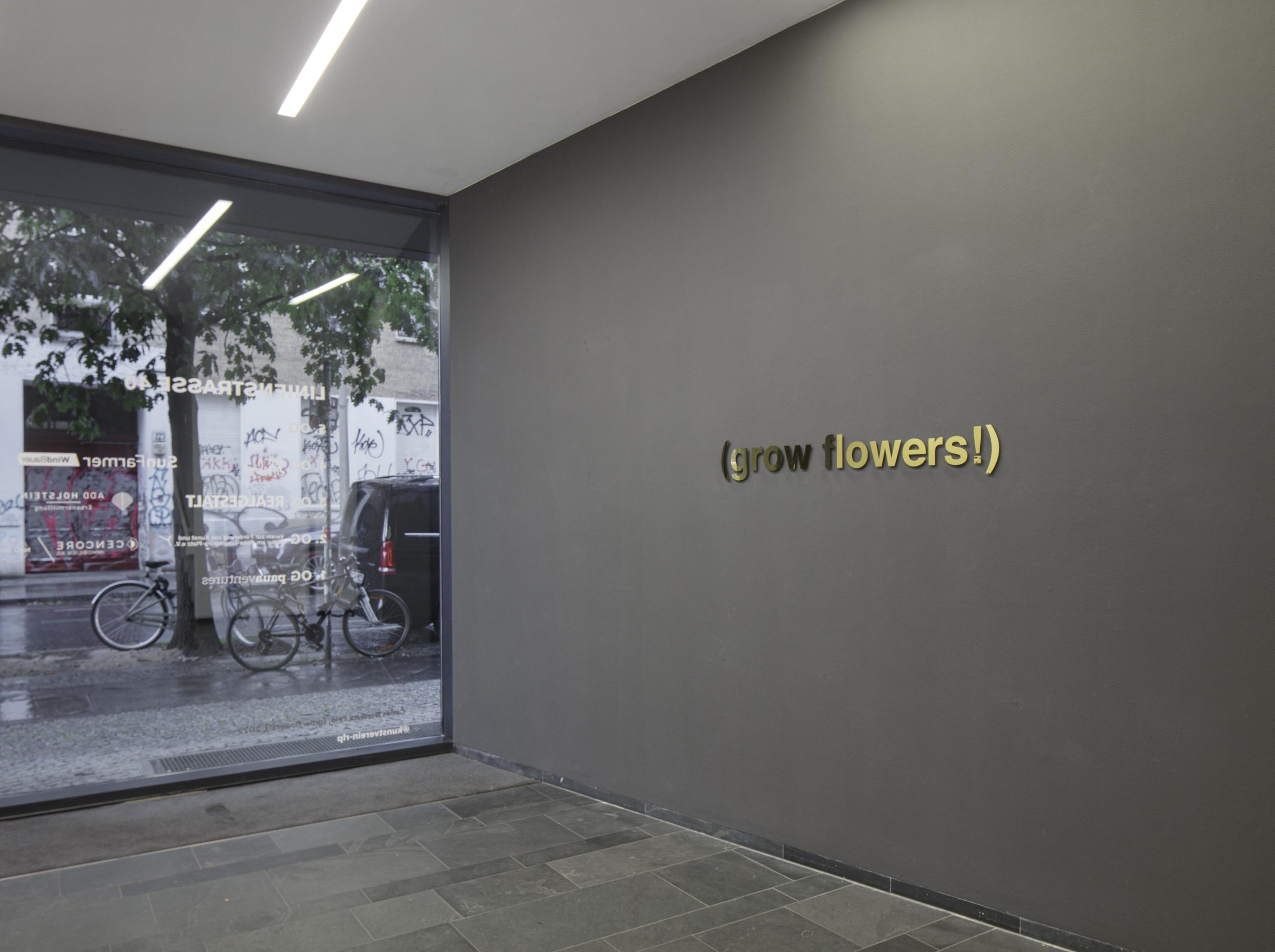
Carlos Noronha Feio
(grow flowers!)
Installationsdauer: Herbst 2022 | zu Bürozeiten geöffnet
Die Installation (grow flowers!) lenkt unseren Blick vom Himmel auf die Erde, indem sie uns apodiktisch auffordert, Blumen zu pflanzen. Das ist an sich nie eine schlechte Idee und erfreut sich derzeit so großer Beliebtheit, dass überall in den Stadtzentren Bürgergärten entstehen. Das sogenannte Guerilla Gardening ist nicht zuletzt eine Reaktion auf immer weniger Grün in der Stadt, architektonischen Tristesse, steigende Luftverschmutzung und das Bedürfnis, die Stadt wieder als soziale Gemeinschaft zu erleben.
Die Arbeit war eine der ersten Arbeiten, die der Künstler im Rahmen seiner Textserie produzierte. Sie existiert in mehreren Sprachvarianten, was der Künstler als integralen Teil des Werks sieht. Das kurze Zitat – im Original Russisch – stammt aus dem „Gedicht über Blumen“ des nonkonformistischen sowjetischen Dichters Genrikh Sapgir (Heinrich Sapgir). In diesem Gedicht adressiert Sapgir verschiedene Berufsgruppen aus unterschiedlichen Bereichen des Lebens und spricht sie direkt an; letztlich um ihre Arbeit in Frage zu stellen und sie aufzufordern, stattdessen Blumen zu züchten. „Lasst Blumen wachsen, lasst Ideen wachsen, lasst die Setzlinge eures eigenen Schaffens wachsen und kultiviert euch selbst und andere.
EN
The work (grow flowers!) directs our gaze from the sky to the earth by asking us to plant flowers. This is never a bad idea in itself and is currently so popular that civic gardens are springing up all over city centres. This so-called Guerilla Gardening is not least a reaction to less and less green in the city, architectural dreariness, increasing air pollution and the need to experience the city as a social community.
The work was one of the first pieces the artist produced in his text-series. It exists in several language variants, which the artist sees as an integral part of the work. Originally Russian, the expression derives from the ‘poem on flowers’ by Soviet non-conformist poet Genrikh Sapgir. In this poem, Sapgir talks to various professional groups from different parts of life. He addresses them directly, ultimately questioning their work and asking them to grow flowers instead. “Grow Flowers, grow ideas, grow the seedlings of your own making, and cultivate yourself and others.”
The views expressed herein can in no way be taken to reflect the official opinion of the European Union.
Carlos Noronha Feio, (lasst blumen wachsen!)
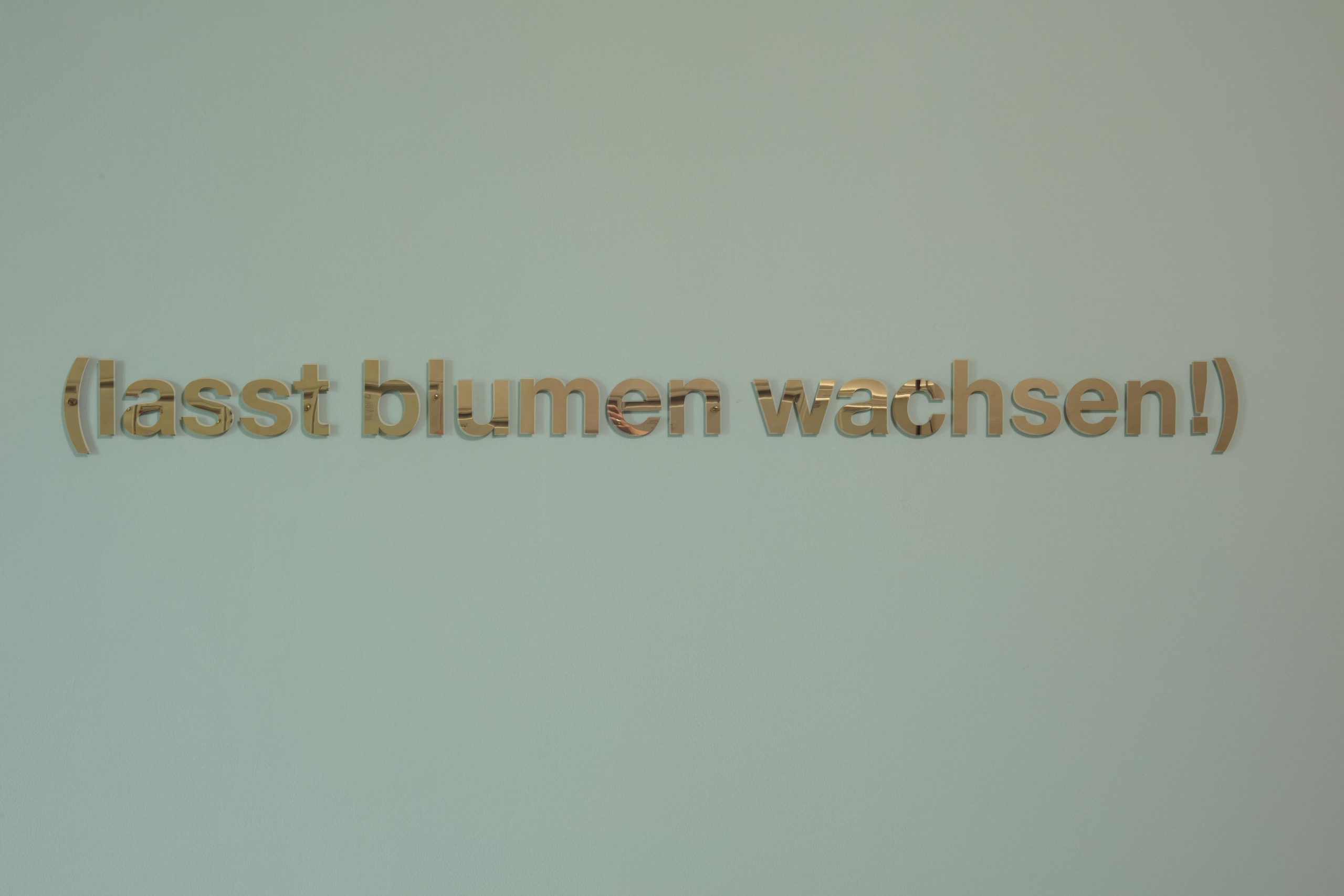

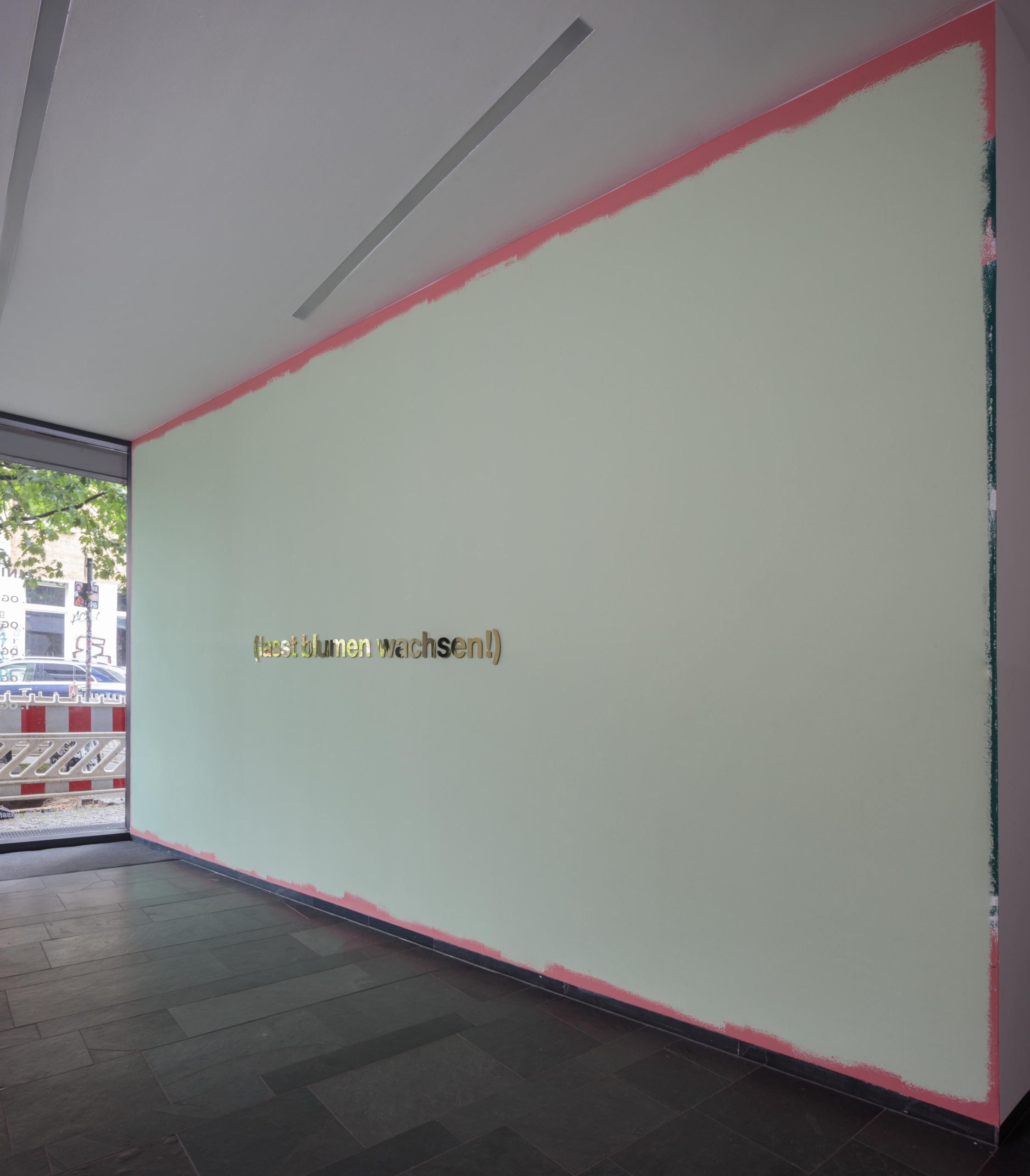
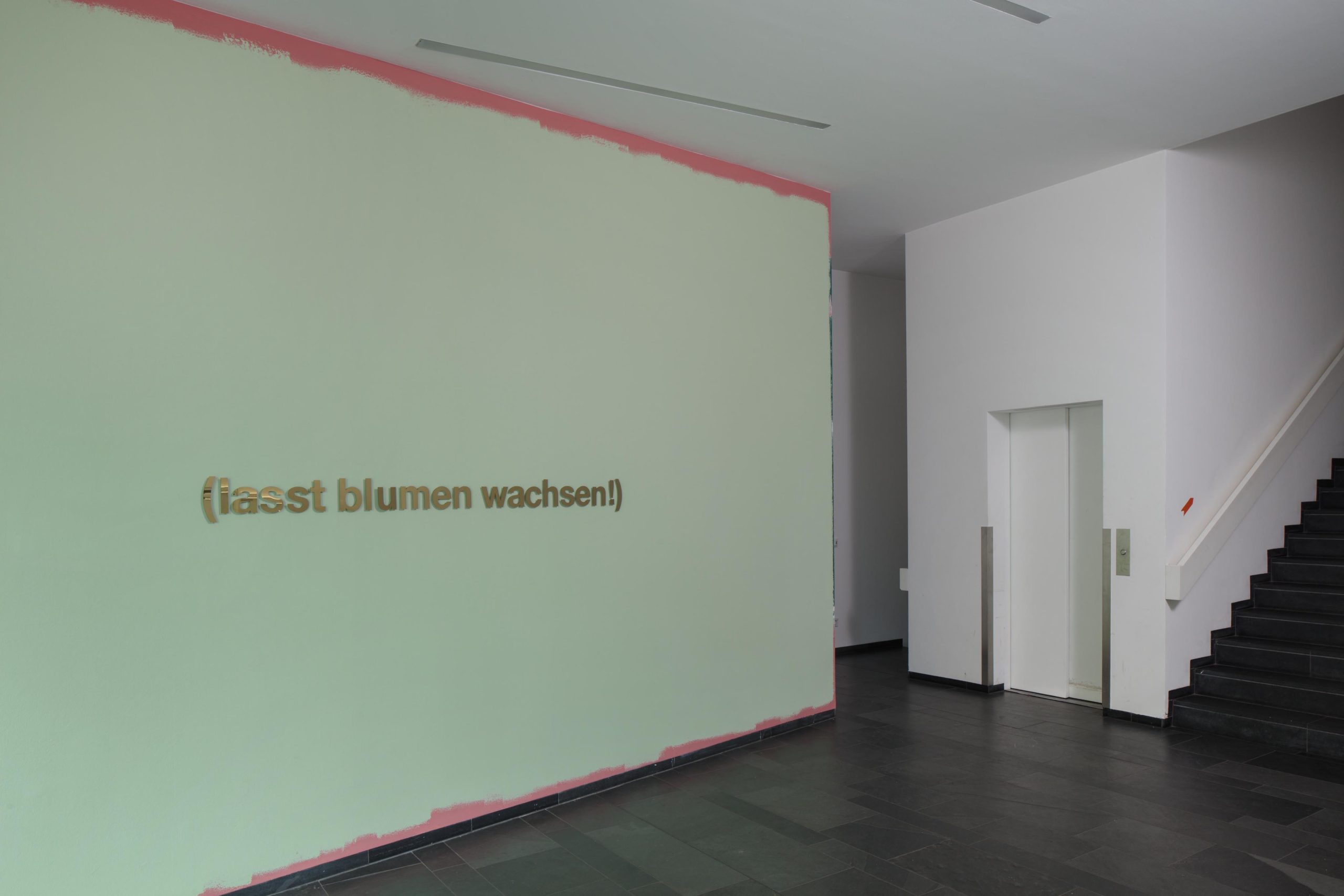

Carlos Noronha Feio
(lasst blumen wachsen!)
Installationsdauer: 9.6. – 31.8.2023 | zu Bürozeiten geöffnet
Im Herbst 2022 zeigten wir im Foyer des L40 die Installation des portugiesische Künstler Carlos Noronha Feio (grow flowers!). Planmäßig folgt nun die deutsche Version (lasst blumen wachsen!), die Teil einer sich entwickelnden Reihe anderer sprachlichen Varianten ist. Die Hintergrundfarbe, die Irina Gheorghe aus dem Farbrepertoire der Melodramen von Douglas Sirk ausgewählt hat, verbindet das Foyer des Kunstvereins situativ mit der parallel laufenden Ausstellung High Heel Communism im zweiten Stock.
Die Installation (lasst blumen wachsen!) lenkt unseren Blick vom Himmel auf die Erde, indem sie uns apodiktisch auffordert, Blumen zu pflanzen. Das ist an sich nie eine schlechte Idee und erfreut sich derzeit so großer Beliebtheit, dass überall in den Stadtzentren Bürgergärten entstehen. Das sogenannte Guerilla Gardening ist nicht zuletzt eine Reaktion auf immer weniger Grün in der Stadt, architektonischen Tristesse, steigende Luftverschmutzung und das Bedürfnis, die Stadt wieder als soziale Gemeinschaft zu erleben.
Die Arbeit war eine der ersten Arbeiten, die der Künstler im Rahmen seiner Textserie produzierte. Sie existiert in mehreren Sprachvarianten, was der Künstler als integralen Teil des Werks sieht. Das kurze Zitat – im Original Russisch – stammt aus dem „Gedicht über Blumen“ des nonkonformistischen sowjetischen Dichters Genrikh Sapgir (Heinrich Sapgir). In diesem Gedicht adressiert Sapgir verschiedene Berufsgruppen aus unterschiedlichen Bereichen des Lebens und spricht sie direkt an; letztlich um ihre Arbeit in Frage zu stellen und sie aufzufordern, stattdessen Blumen zu züchten. „Lasst Blumen wachsen, lasst Ideen wachsen, lasst die Setzlinge eures eigenen Schaffens wachsen und kultiviert euch selbst und andere.
EN
In autumn 2022, we showed the installation by Portuguese artist Carlos Noronha Feio (grow flowers!) in the foyer of L40. As planned, the German version now follows (lasst blumenwachsen!), which is part of an evolving series of other linguistic variants. The background colour, chosen by Irina Gheorghe from the colour repertoire of Douglas Sirk’s melodramas, situationally connects the foyer of the Kunstverein with the parallel exhibition High Heel Communism on the second floor.
The work (lasst blumen wachsen!) directs our gaze from the sky to the earth by asking us to plant flowers. This is never a bad idea in itself and is currently so popular that civic gardens are springing up all over city centres. This so-called Guerilla Gardening is not least a reaction to less and less green in the city, architectural dreariness, increasing air pollution and the need to experience the city as a social community.
The work was one of the first pieces the artist produced in his text-series. It exists in several language variants, which the artist sees as an integral part of the work. Originally Russian, the expression derives from the ‘poem on flowers’ by Soviet non-conformist poet Genrikh Sapgir. In this poem, Sapgir talks to various professional groups from different parts of life. He addresses them directly, ultimately questioning their work and asking them to grow flowers instead. “Grow Flowers, grow ideas, grow the seedlings of your own making, and cultivate yourself and others.”
The views expressed herein can in no way be taken to reflect the official opinion of the European Union.
Carlos Noronha Feio, (sunclipse!) / (sunsight!)
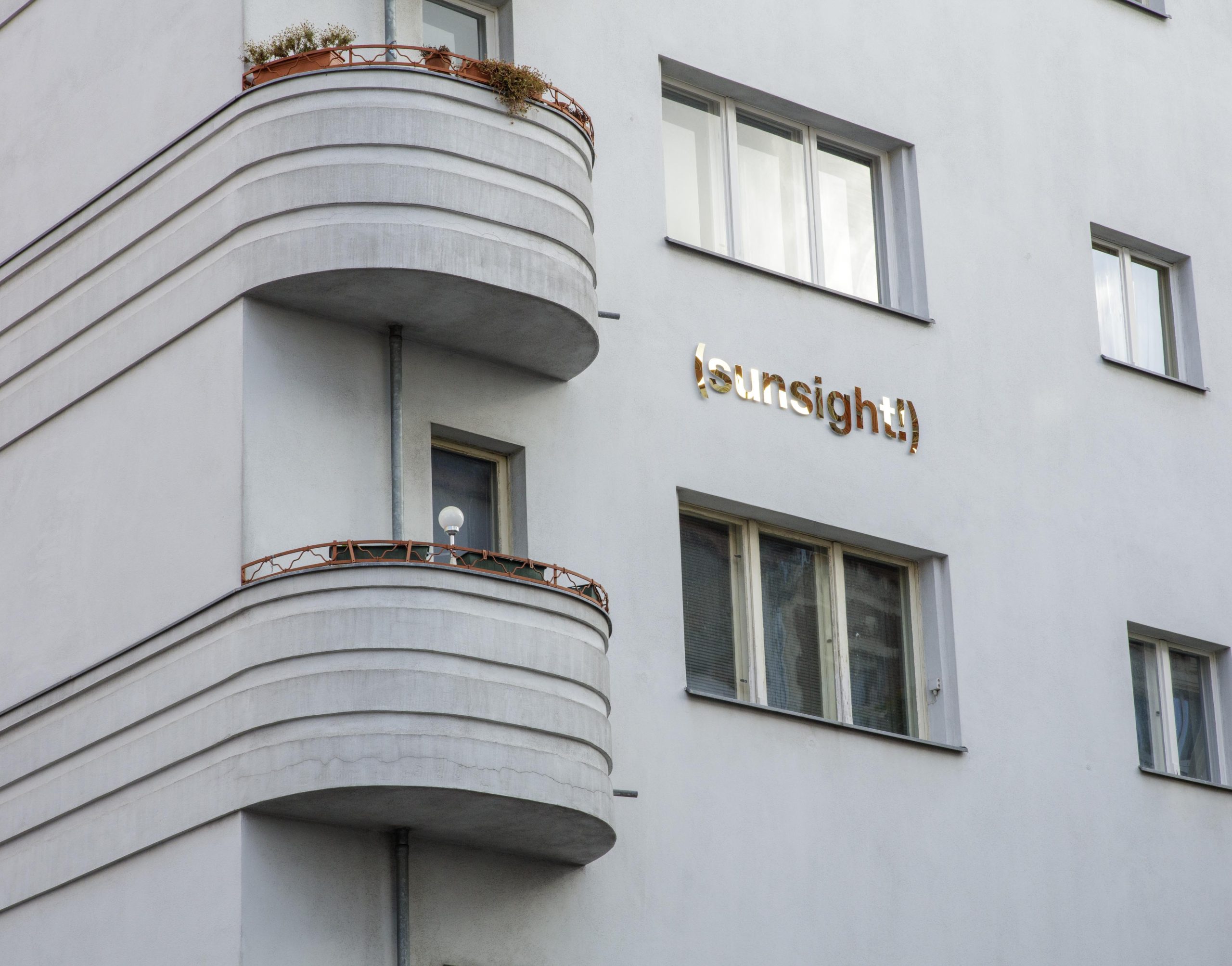

Carlos Noronha Feio (sunclipse!) / (sunsight!)
Einweihung / Inauguration: 17. September 2022, 13-18h (@L40)
Eine Installation im öffentlichen Raum, Rosa-Luxemburg-Straße 27 + 28, Berlin Mitte / An installation in public space, Rosa-Luxemburg-Straße 27 + 28, Berlin Mitte
Bis 5. November 2022 zeigen wir im Foyer des L40 zusätzlich die Installation (grow flowers!). / Until 5 November 2022, we will also be showing the installation (grow flowers!) in the foyer of L40.
Mit den beiden Schriftzügen (sunclipse!) und (sunsight!) spielt der portugiesische Künstler Carlos Noronha Feio auf den Architekten und Systemtheoretiker Buckminster Fuller und dessen Überzeugung an, dass der falsche Sprachgebrauch überholte Realitäten aufrecht erhält. So war dieser überzeugt, dass wir niemals in der Lage sein werden, uns von dem Irrglauben zu lösen, das Zentrum des Universums zu sein, solange wir z.B. wissenschaftlich überholte Wörter wie Sonnenuntergang und Sonnenaufgang verwenden. Buckminster schlug daher neue Begriffe für Sonnenaufgang und Sonnenuntergang vor, und zwar Sonnenfinsternis und Sonnensicht. Die Neologismen weisen über die nachklingende geozentrische Tendenz vorkopernikanischer Himmelsmechaniken hinaus und beschreiben konkret, wie wir die Sonne abhängig von der Konstellation aus Erdbewegung und unserer individuellen geografischen Position jeweils sehen – oder eben nicht. Eine einfache Änderung der Sprache kann also Einstellungen ändern
Vielleicht fügen sich die beiden gegenüberliegenden Begriffe deshalb perfekt in die städtebaulichen Gegebenheiten vor Ort ein. Die im Nord-Süd-Ausrichtung der Rosa-Luxemburg-Str. führt dazu, dass die Westseite nur morgens und die Ostseite nur abends Sonne abbekommt. (sunclipse!) und (sunsight!) beschreiben also wie von Buckminster angeregt konkrete Phänomene.
Die zweite Installation des Künstlers (grow flowers!) im Foyer des Kunstvereins lenkt unseren Blick vom Himmel auf die Erde, indem sie uns apodiktisch auffordert, Blumen zu pflanzen. Das ist an sich nie eine schlechte Idee und erfreut sich derzeit so großer Beliebtheit, dass überall in den Stadtzentren Bürgergärten entstehen. Das sogenannte Guerilla Gardening ist nicht zuletzt eine Reaktion auf immer weniger Grün in der Stadt, architektonischen Tristesse, steigende Luftverschmutzung und das Bedürfnis, die Stadt wieder als soziale Gemeinschaft zu erleben.
Die Arbeit (grow flowers!) war eine der ersten Arbeiten, die der Künstler im Rahmen der Textserie produzierte. Sie existiert in mehreren Sprachvarianten, was der Künstler als integralen Teil des Werks sieht. Das kurze Zitat – im Original Russisch – stammt aus dem „Gedicht über Blumen“ des nonkonformistischen sowjetischen Dichters Genrikh Sapgir (Heinrich Sapgir). In diesem Gedicht adressiert Sapgir verschiedene Berufsgruppen aus unterschiedlichen Bereichen des Lebens und spricht sie direkt an; letztlich um ihre Arbeit in Frage zu stellen und sie aufzufordern, stattdessen Blumen zu züchten. „Lasst Blumen wachsen, lasst Ideen wachsen, lasst die Setzlinge eures eigenen Schaffens wachsen und kultiviert euch selbst und andere.“.
Im Frühjahr 2023 wird eine deutsche Version die englische ersetzen.
With (sunclipse!) and (sunsight!), the Portuguese artist Carlos Noronha Feio alludes to the architect and systems theorist Buckminster Fuller and his conviction that the wrong use of language perpetuates outdated realities. The latter was convinced that we will never be able to rid ourselves of the mistaken belief that we are the centre of the universe as long as we use scientifically outdated words such as sunset and sunrise, for example. Buckminster therefore proposed new terms for sunrise and sunset, namely sunclipse and sunsight. The neologisms point beyond the lingering geocentric bias of pre-Copernican celestial mechanics and specifically describe how we see – or don’t see – the sun depending on the constellation of earth’s movement and our individual geographical position. A simple change of language can therefore change attitudes.
At the same time, the two opposing quotes fit perfectly into the urban planning conditions on site. The north-south orientation of Rosa-Luxemburg-Str. means that the west side only gets sun in the morning and the east side only in the evening. (sunclipse!) and (sunsight!) thus describe concrete phenomena.
The artist’s second work (grow flowers!) in the foyer of the Kunstverein directs our gaze from the sky to the earth by asking us to plant flowers. This is never a bad idea in itself and is currently so popular that civic gardens are springing up all over city centres. This so-called Guerilla Gardening is not least a reaction to less and less green in the city, architectural dreariness, increasing air pollution and the need to experience the city as a social community.
The work was one of the first pieces the artist produced in the text-series. It exists in several language variants, which the artist sees as an integral part of the work. Originally Russian, the expression derives from the ‘poem on flowers’ by Soviet non-conformist poet Genrikh Sapgir. In this poem, Sapgir talks to various professional groups from different parts of life. He addresses them directly, ultimately questioning their work and asking them to grow flowers instead. “Grow Flowers, grow ideas, grow the seedlings of your own making, and cultivate yourself and others.”
A German version will replace the English one in the spring of 2023.

Unterstützt von / supported by:

